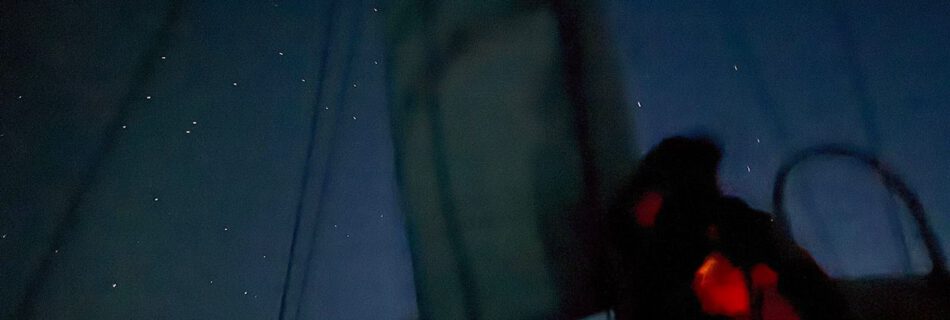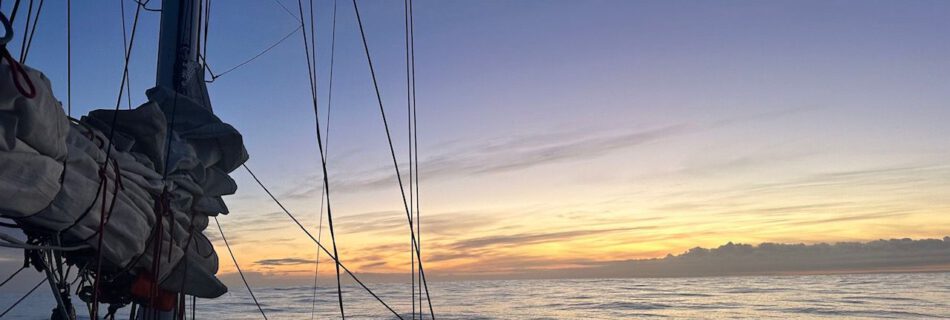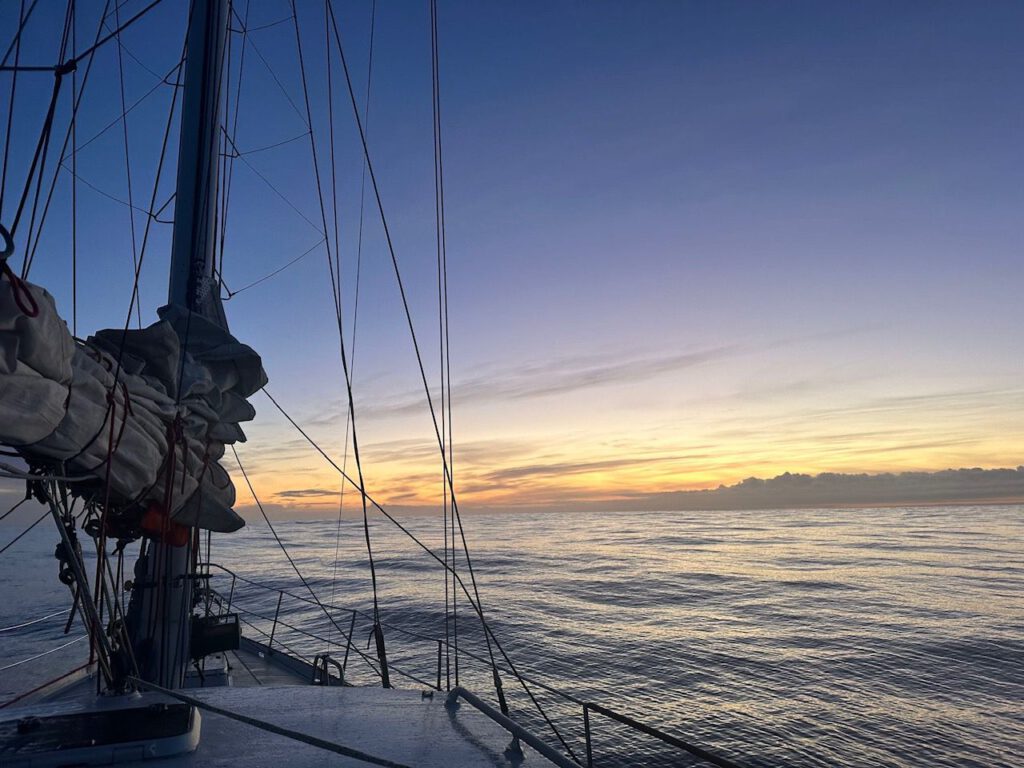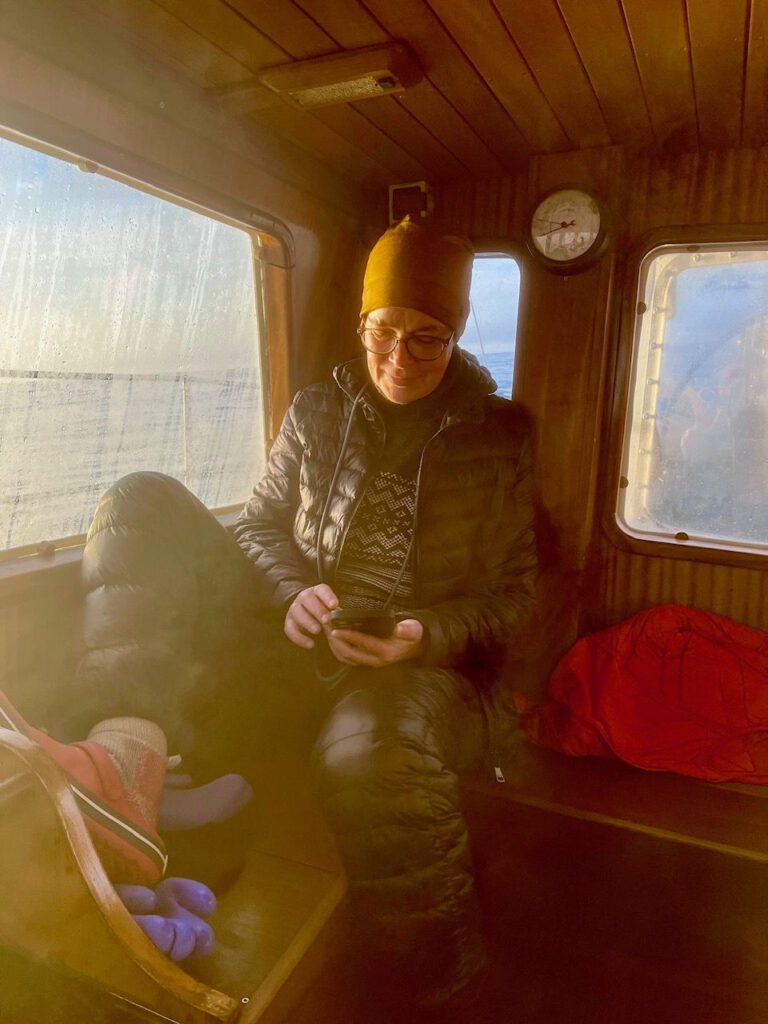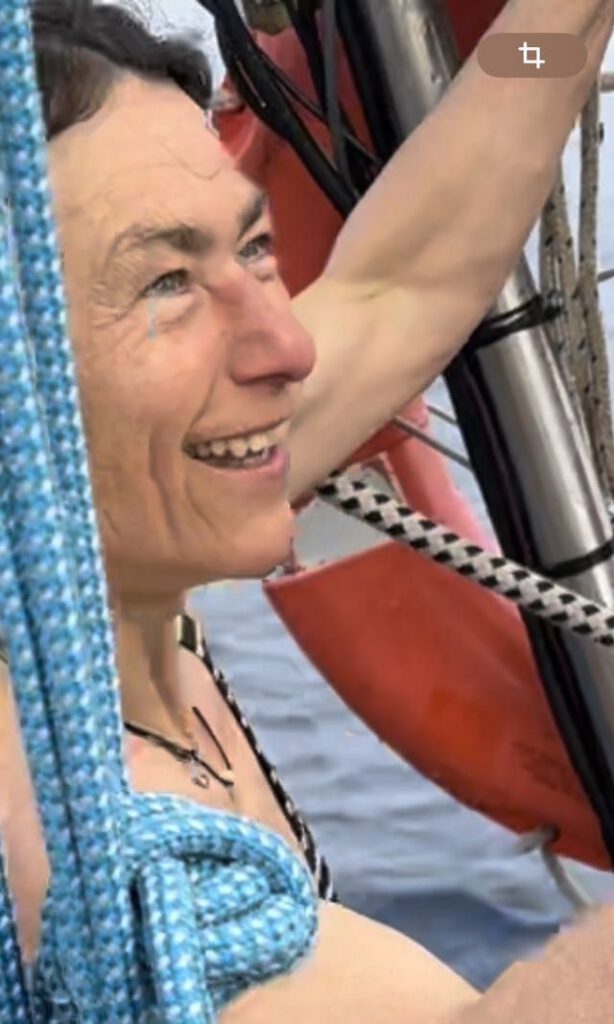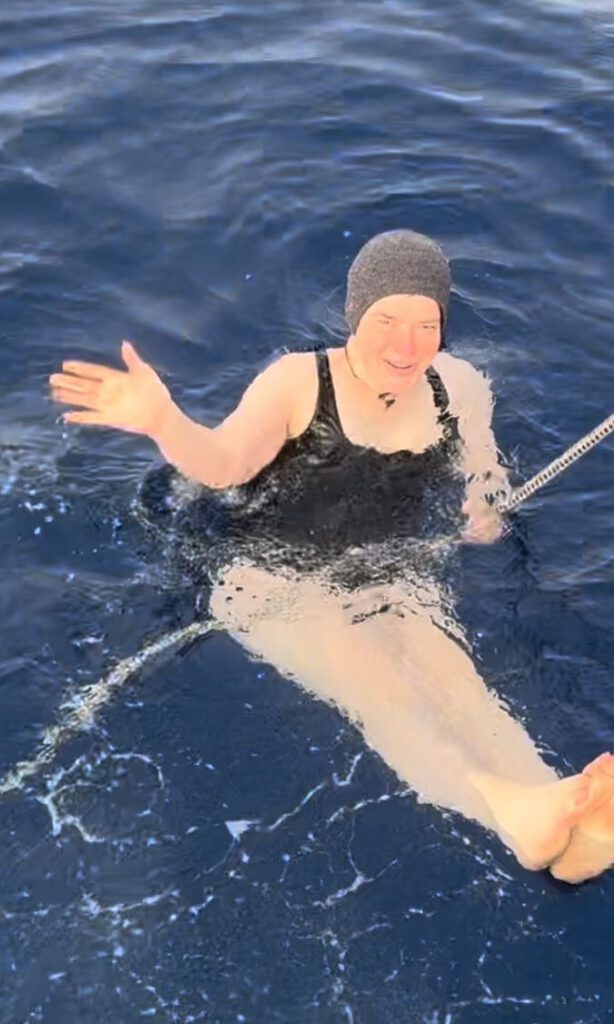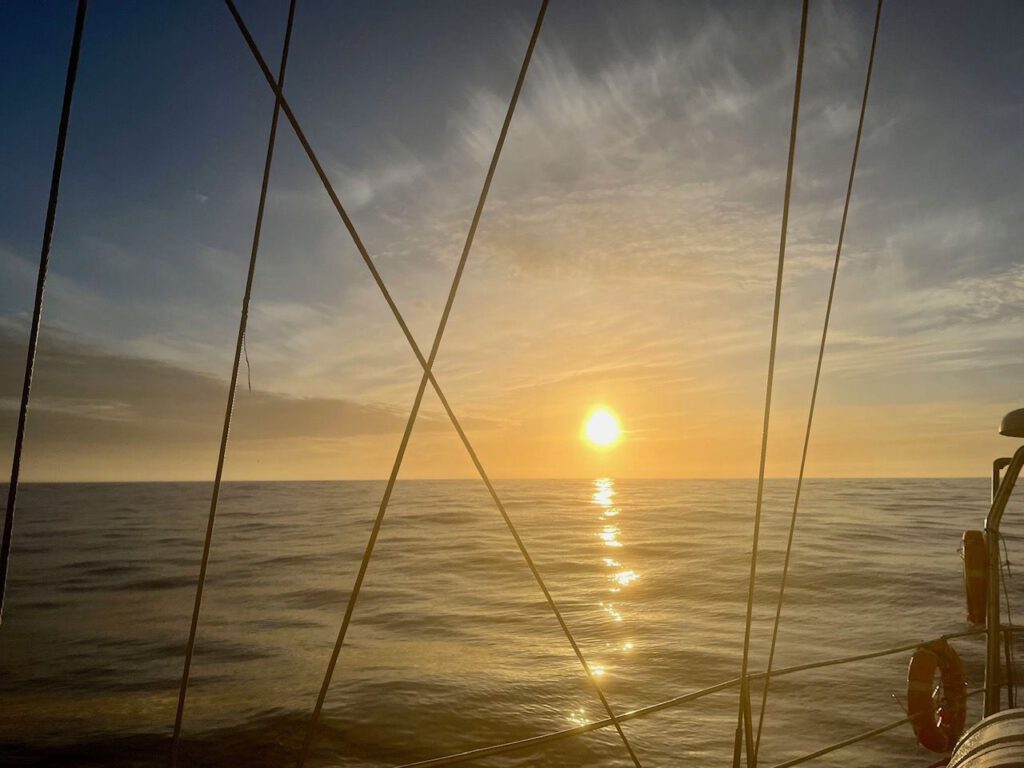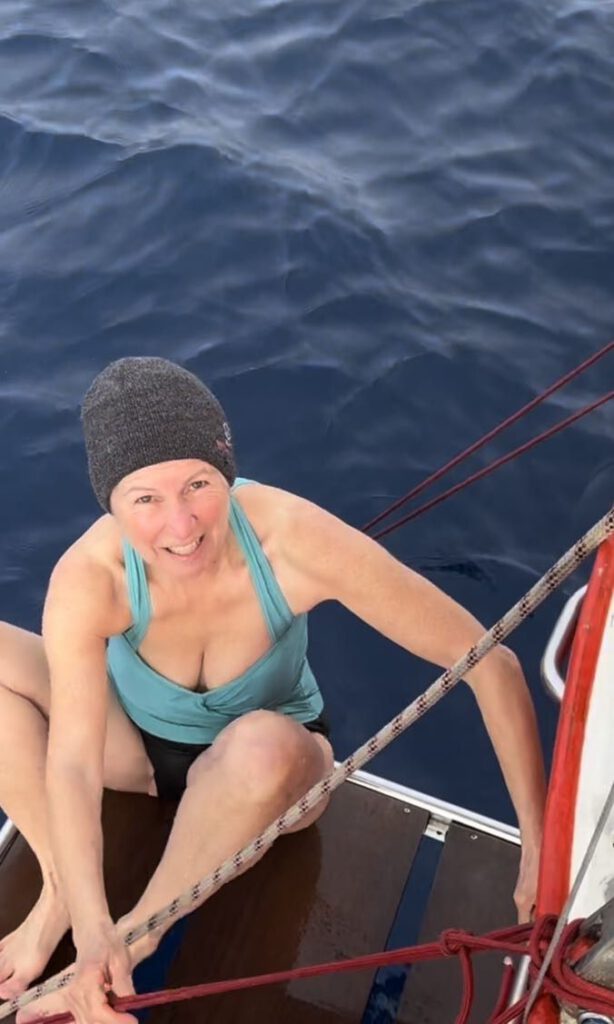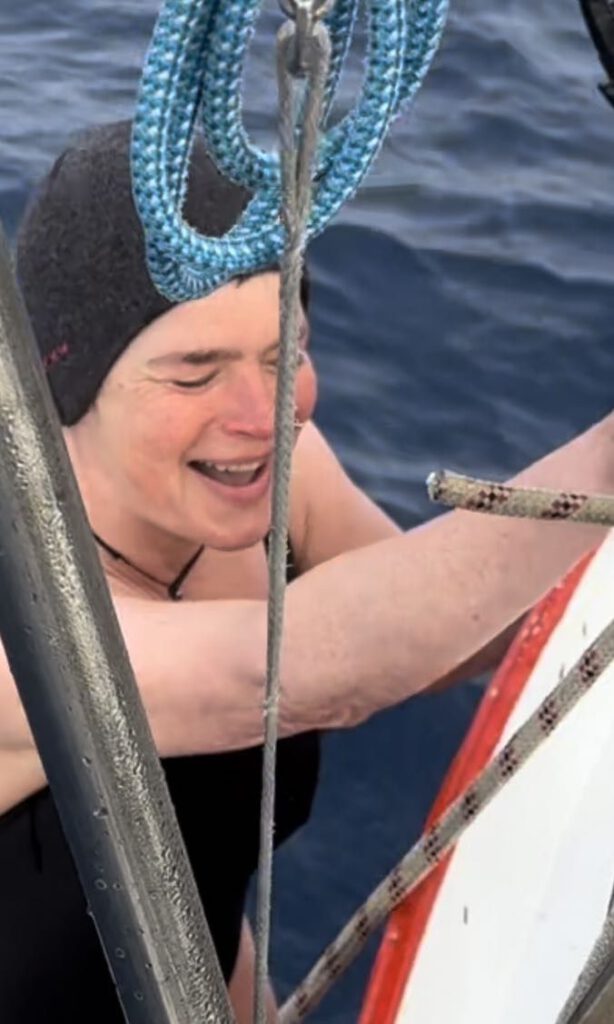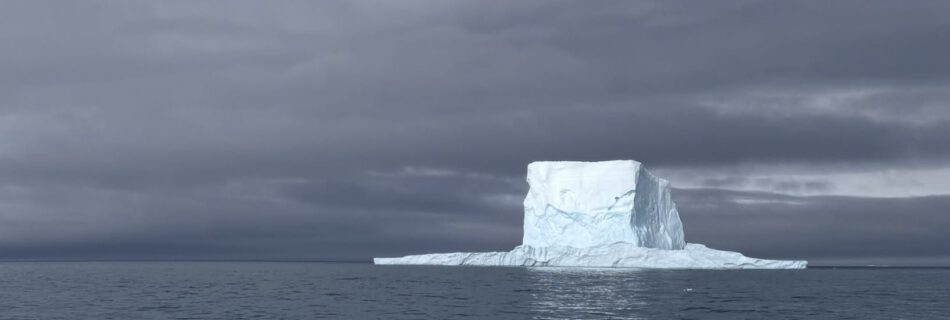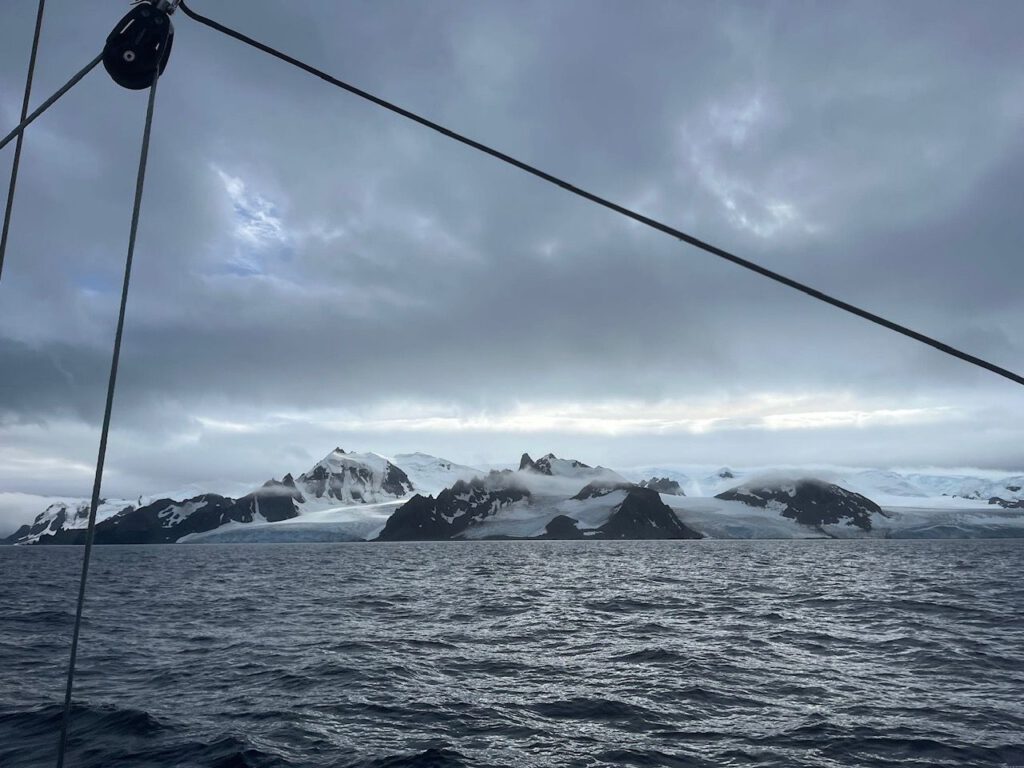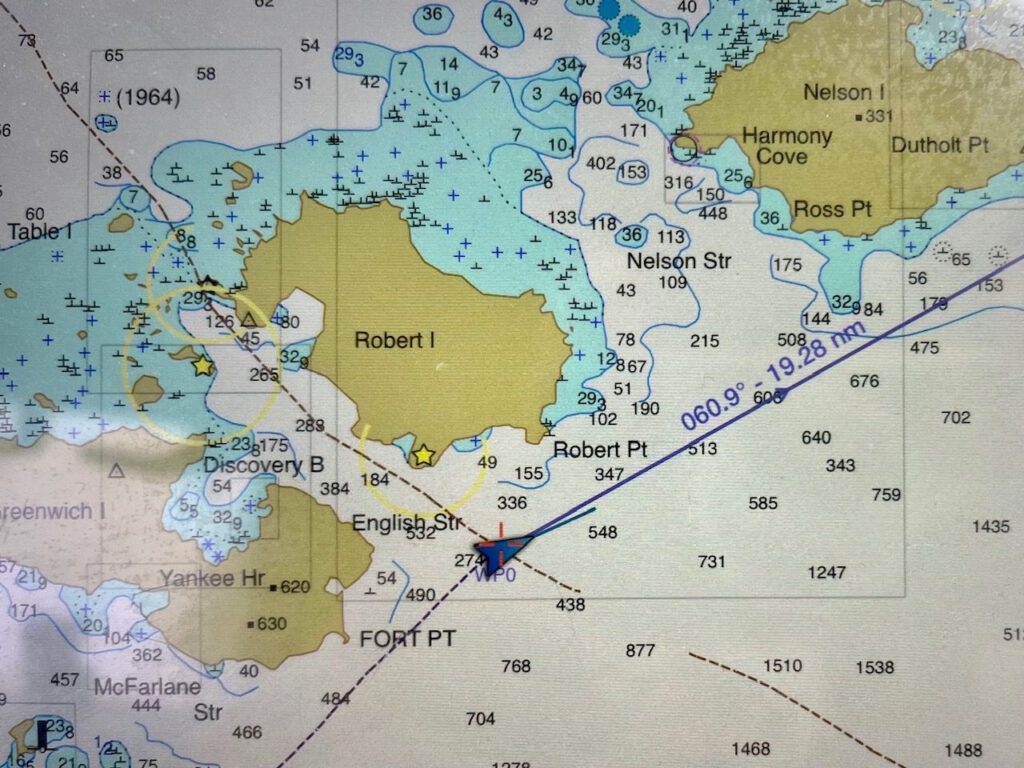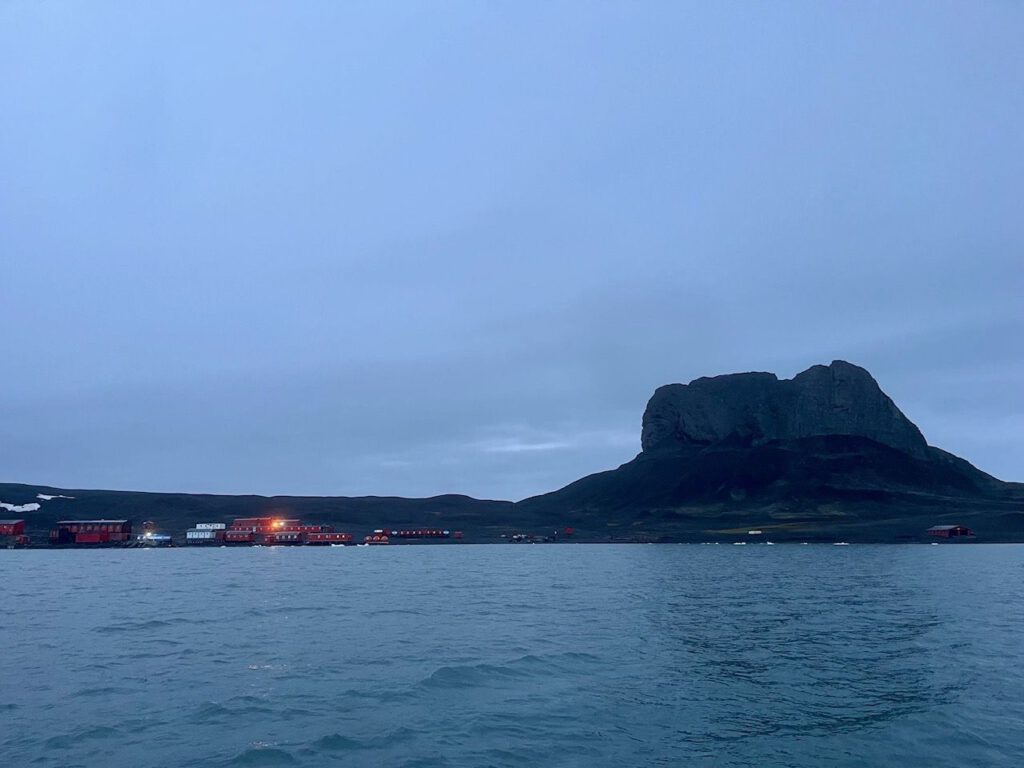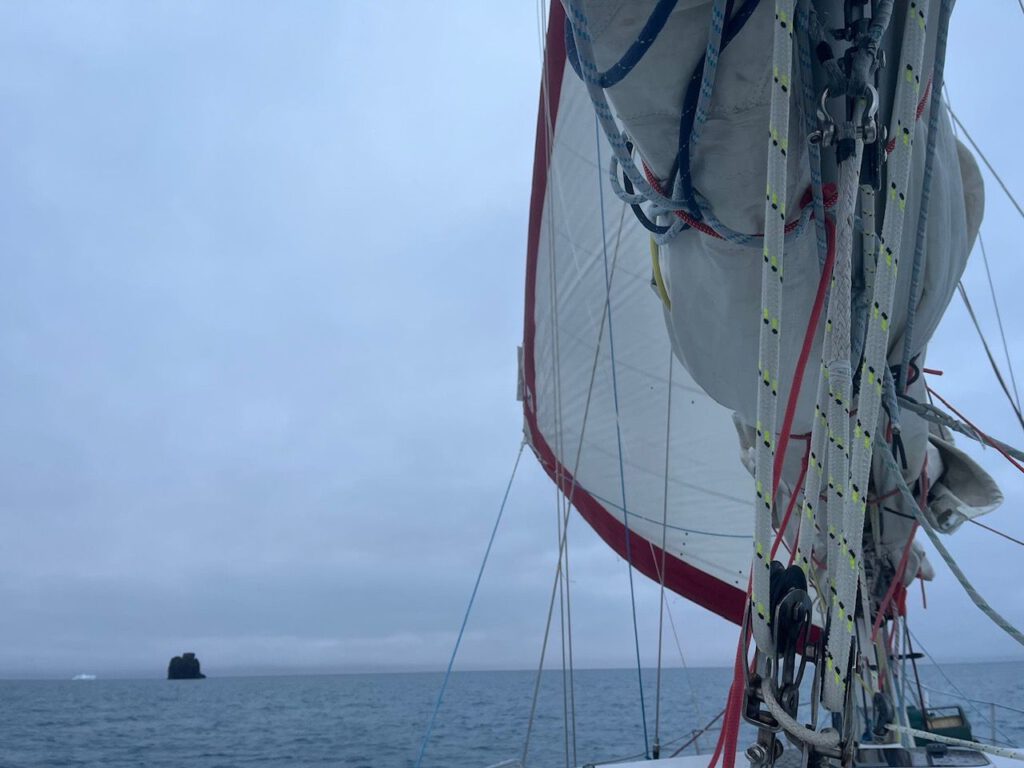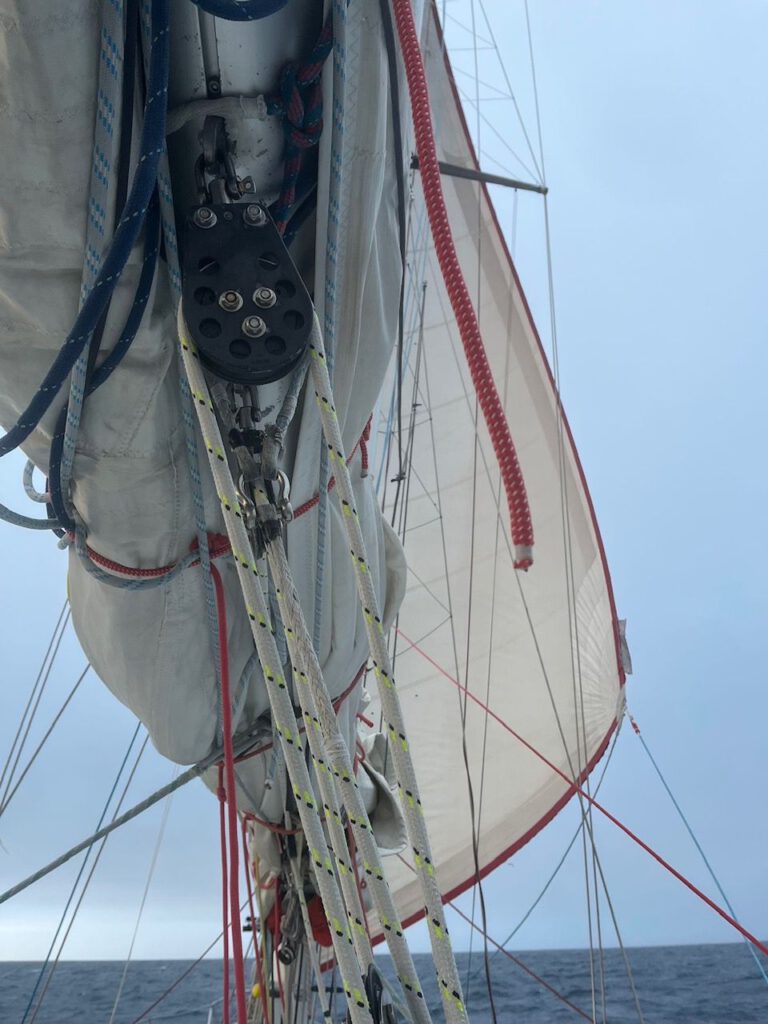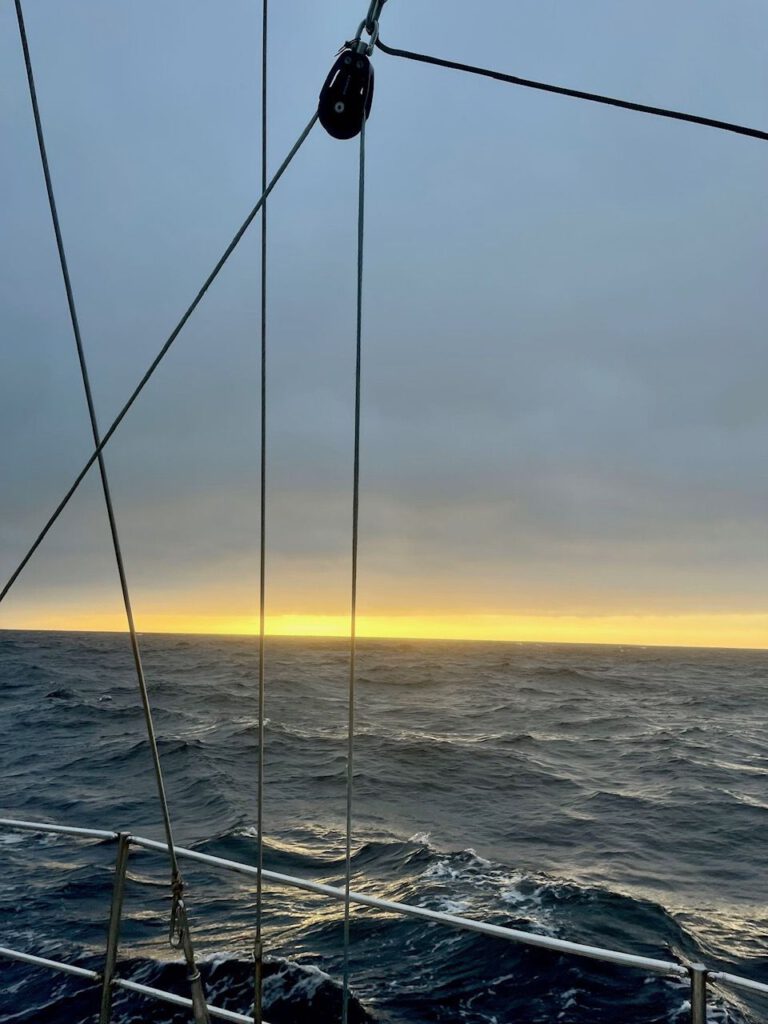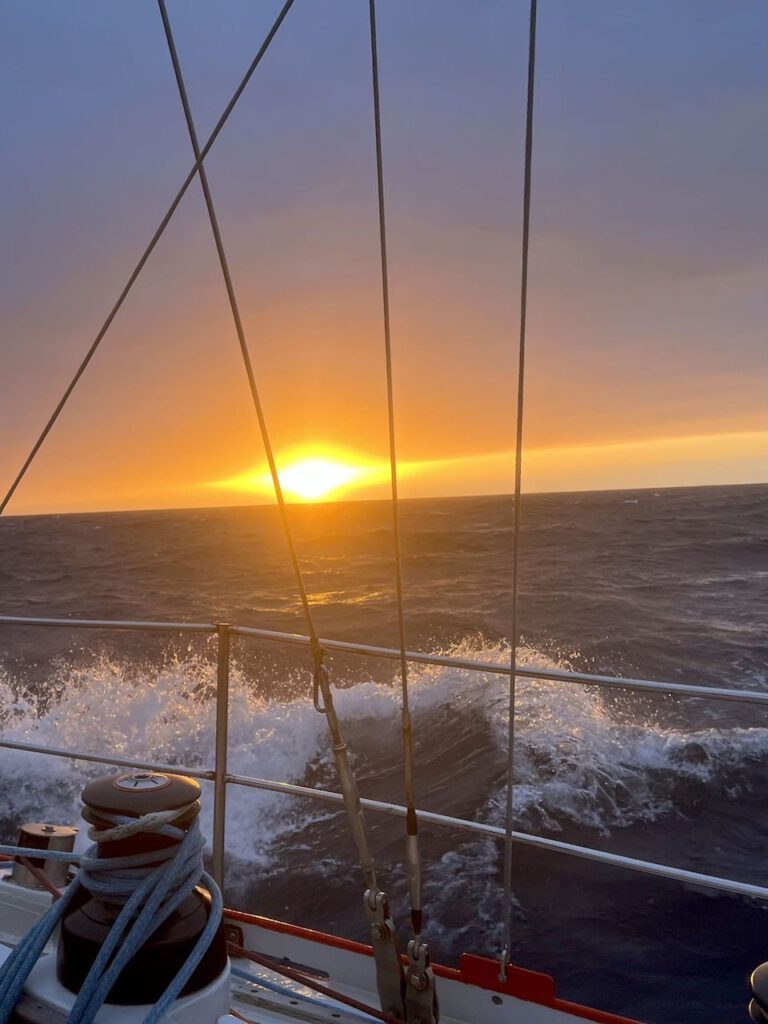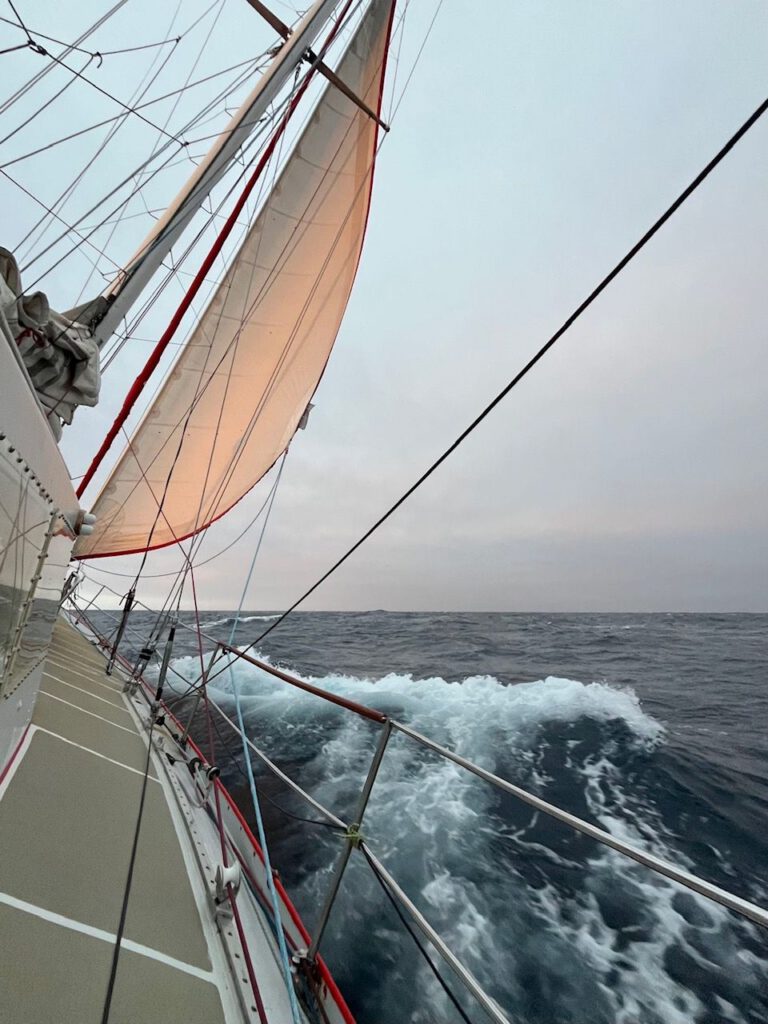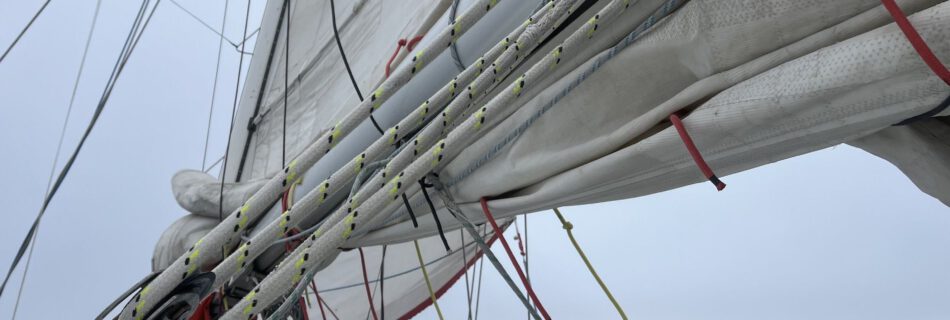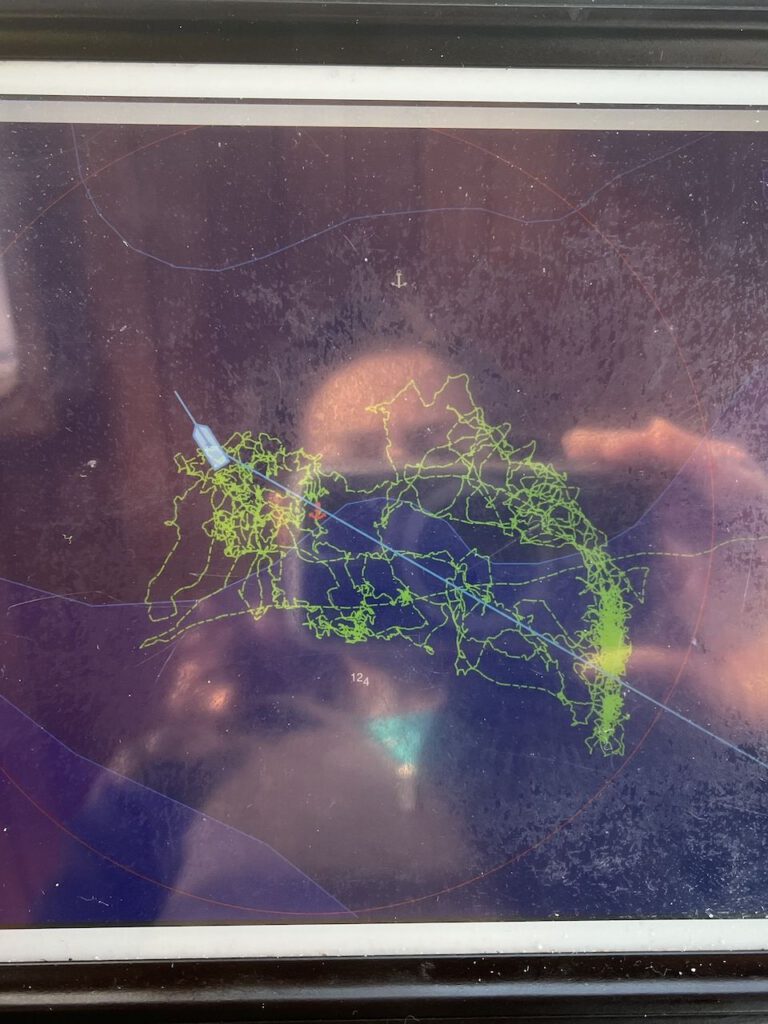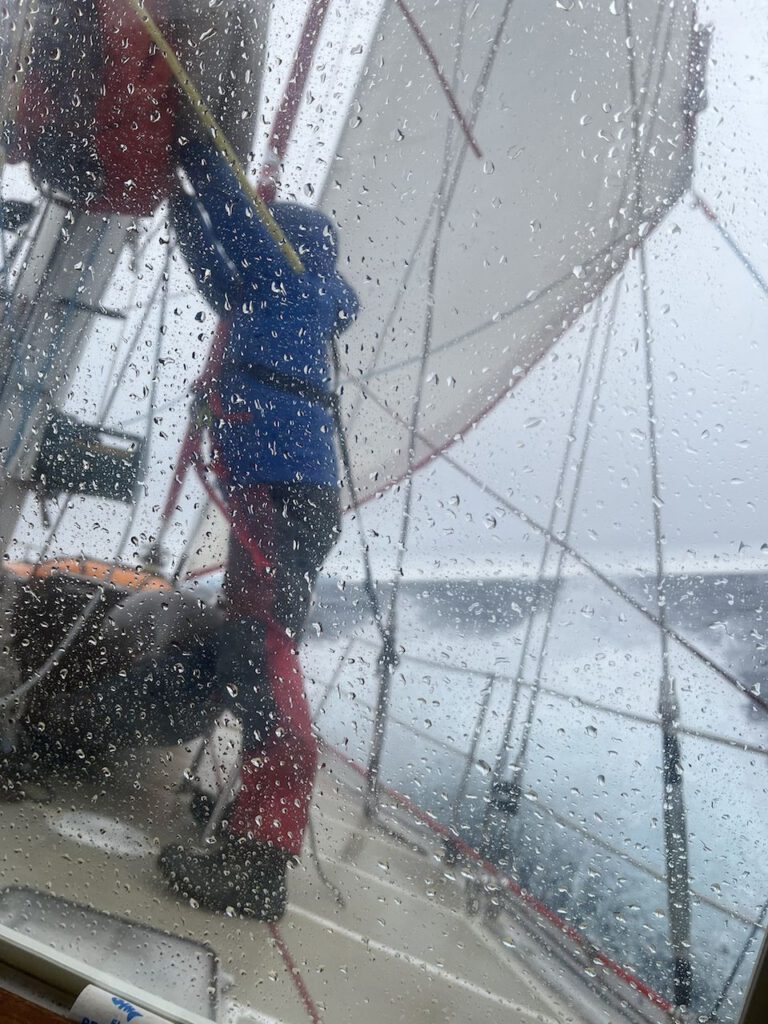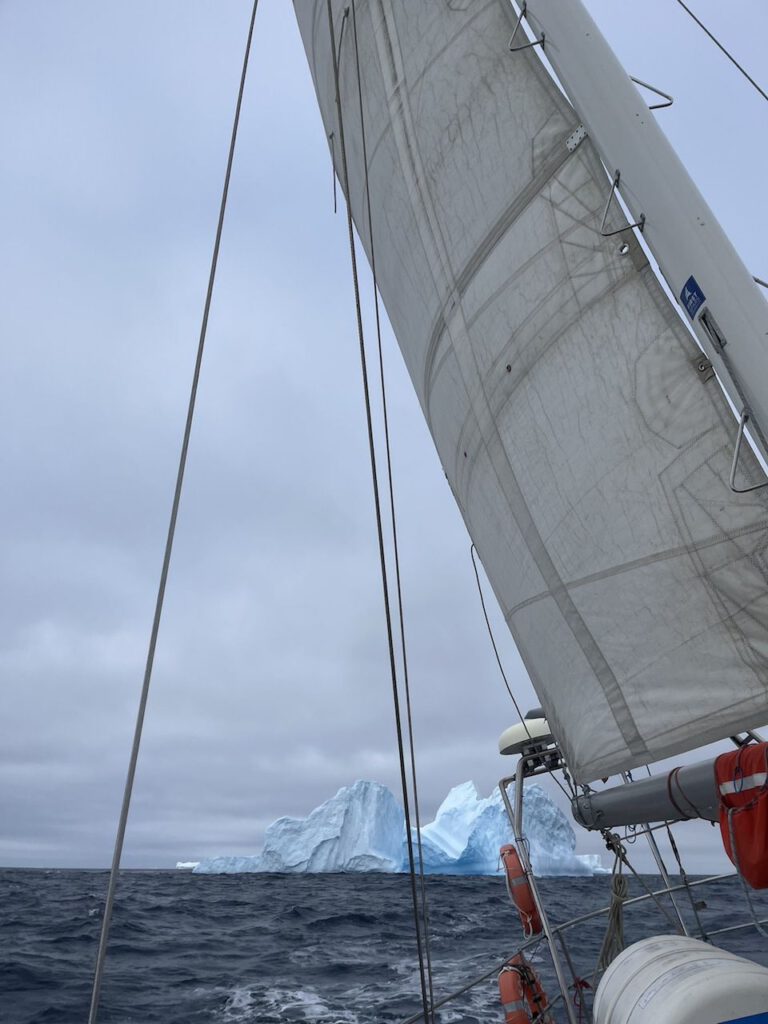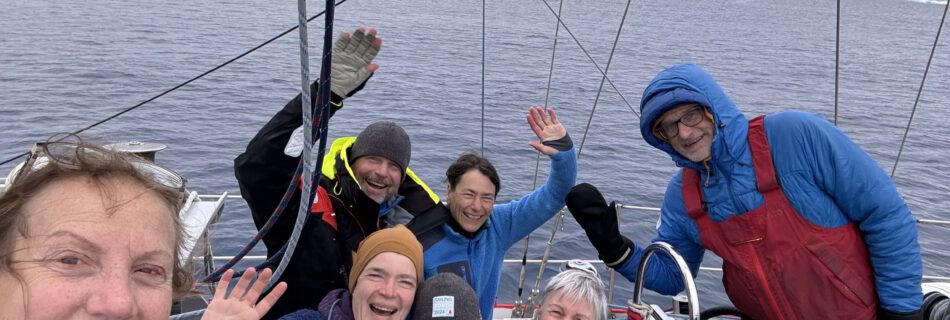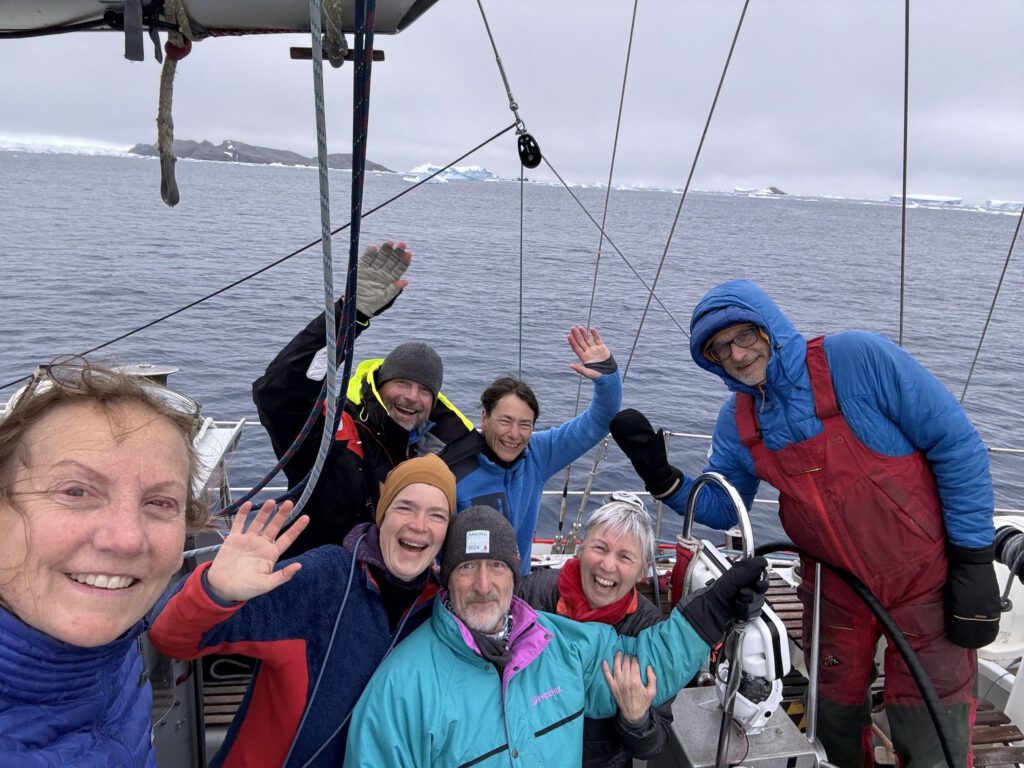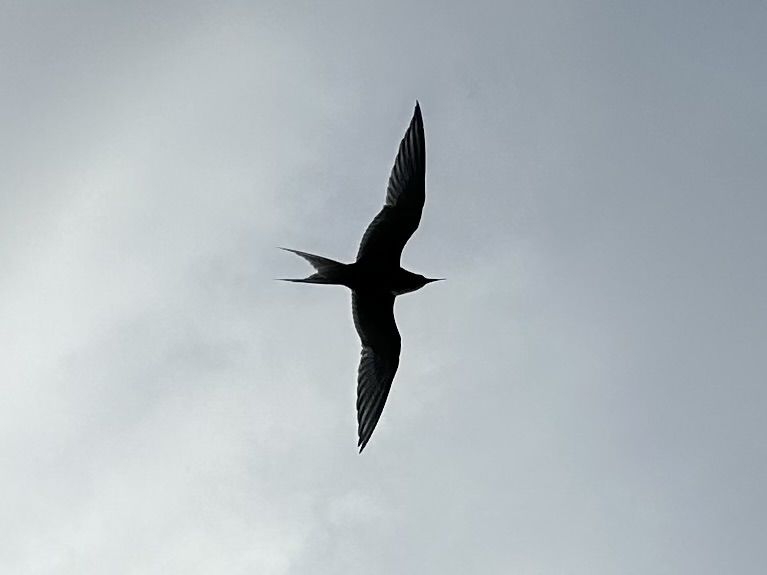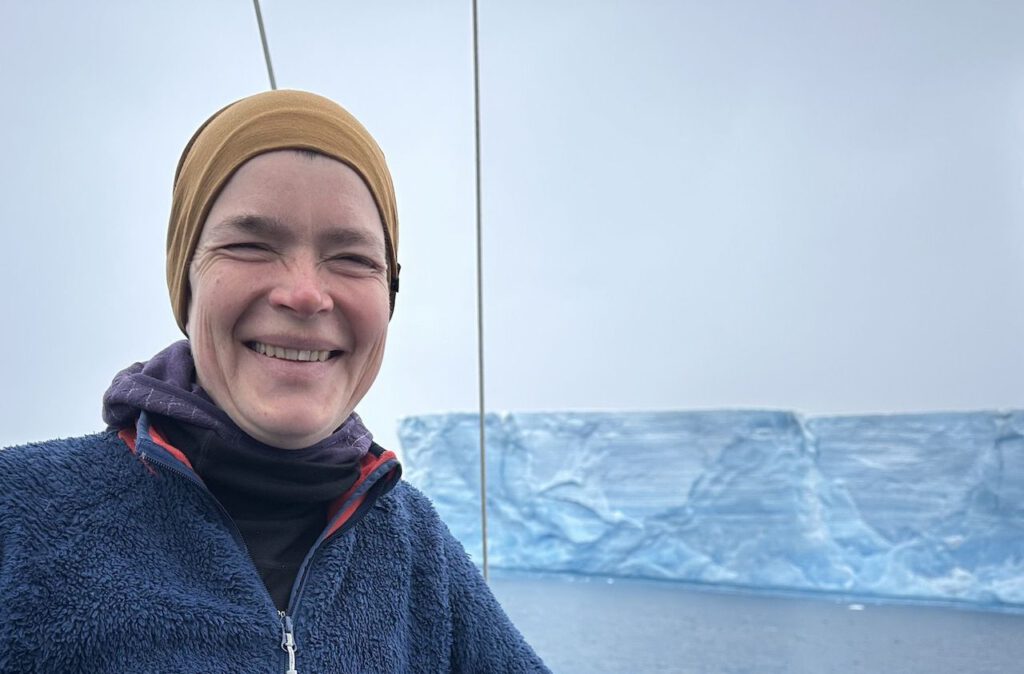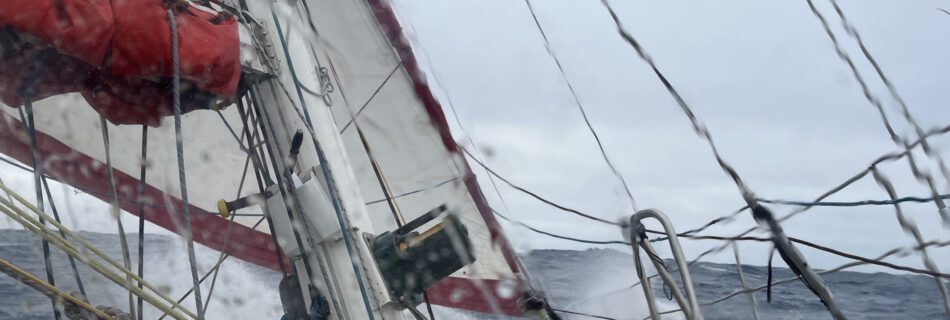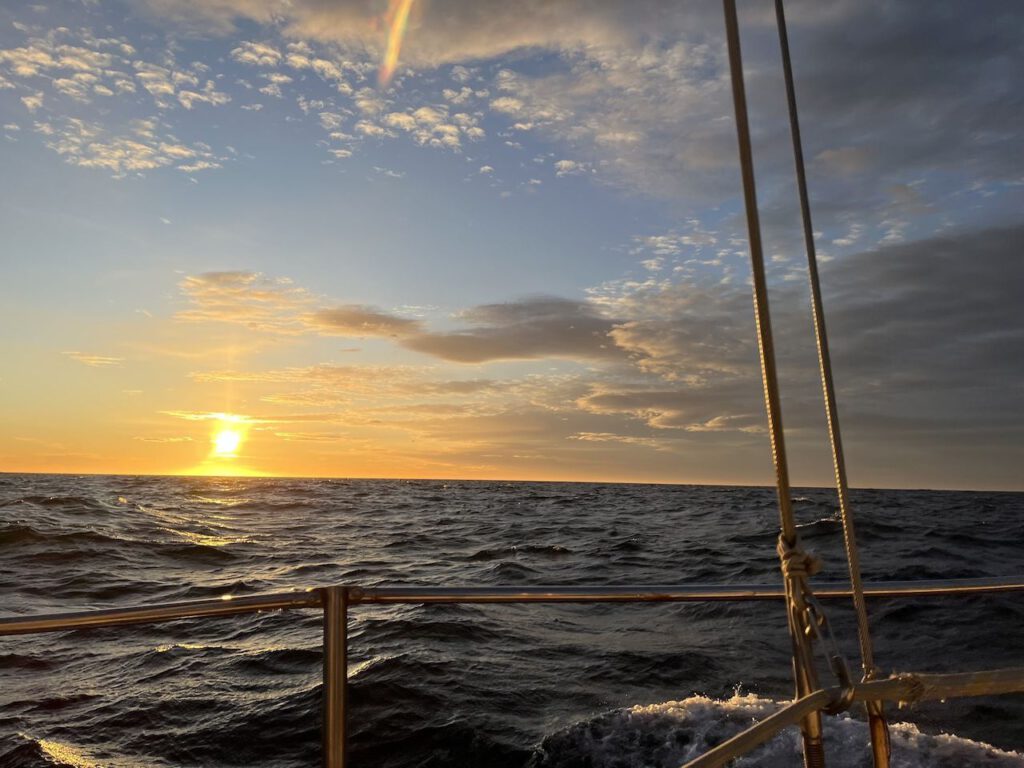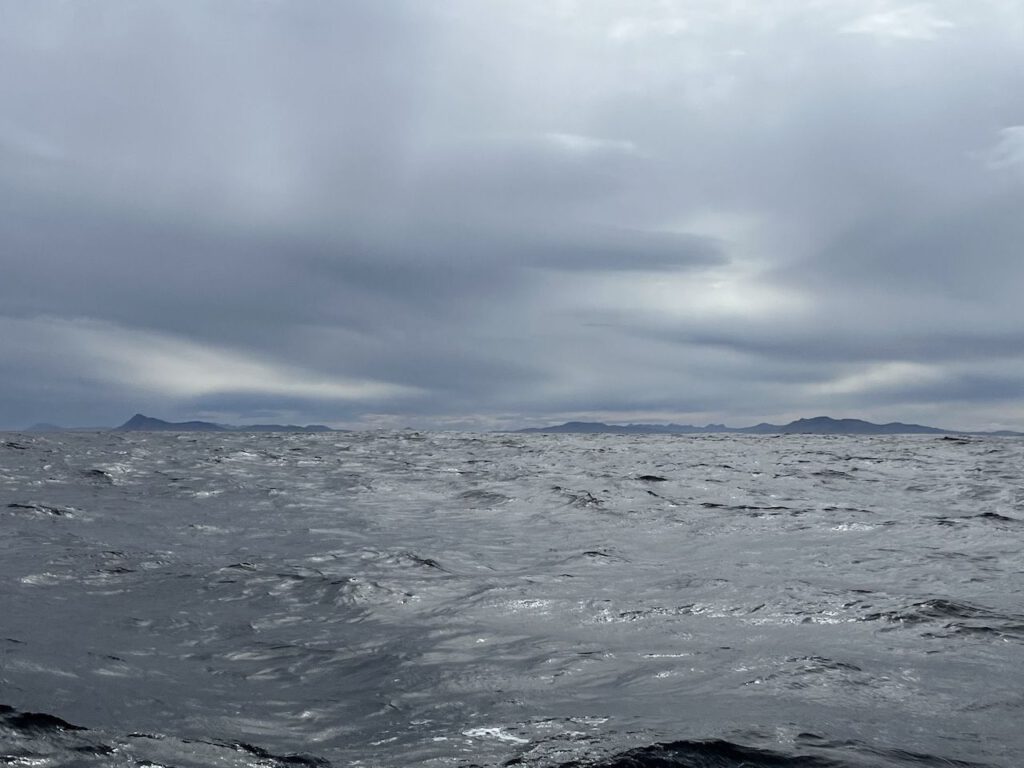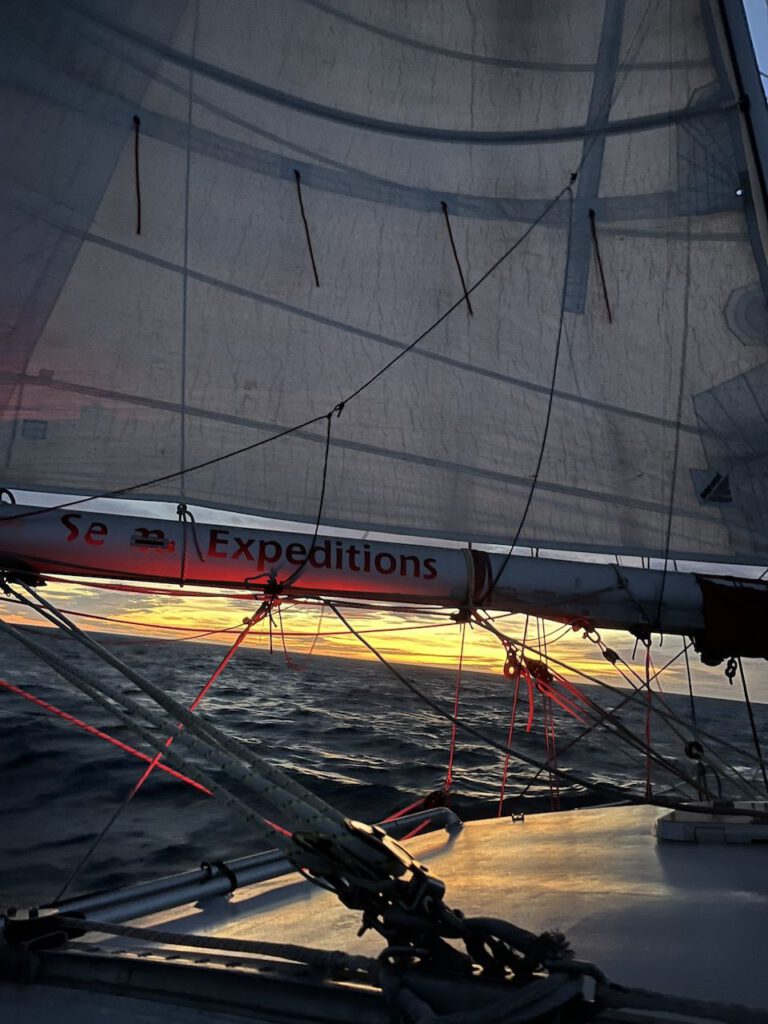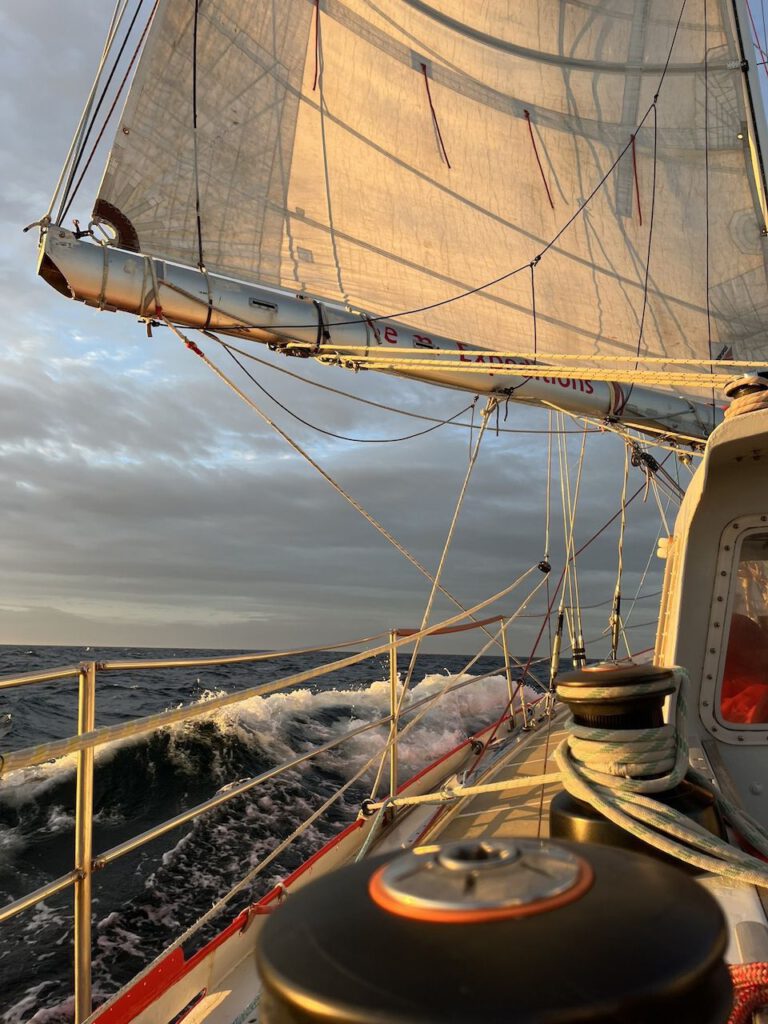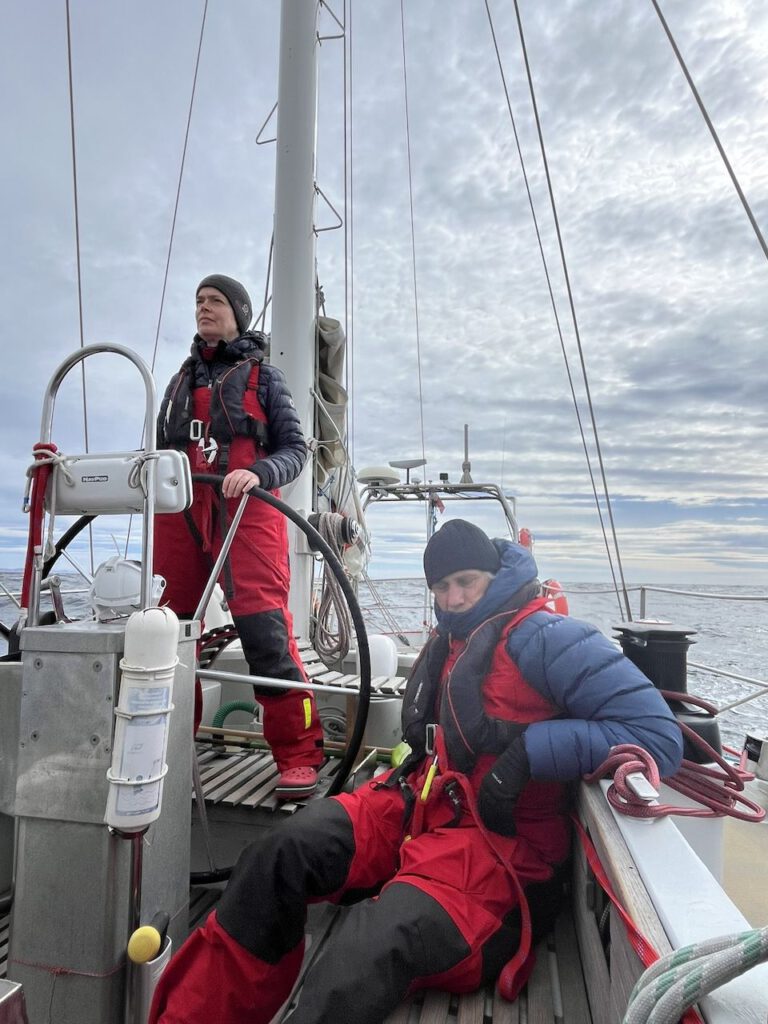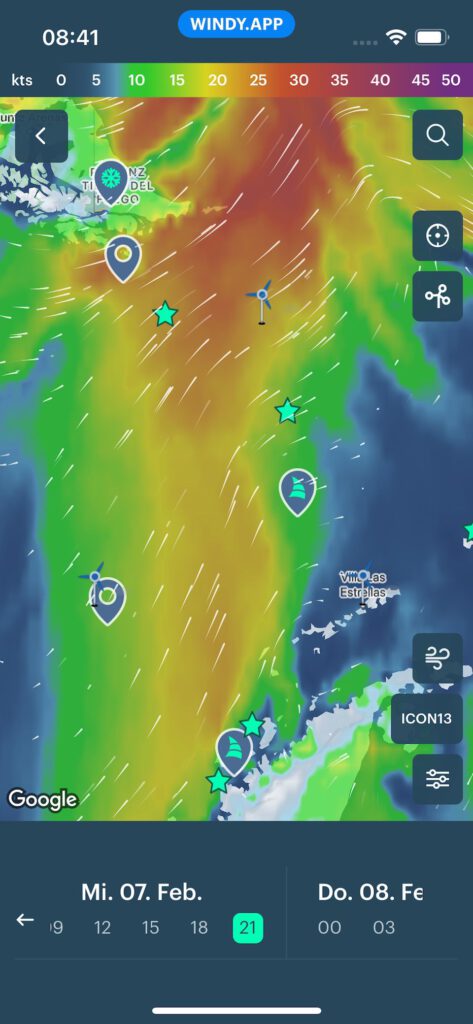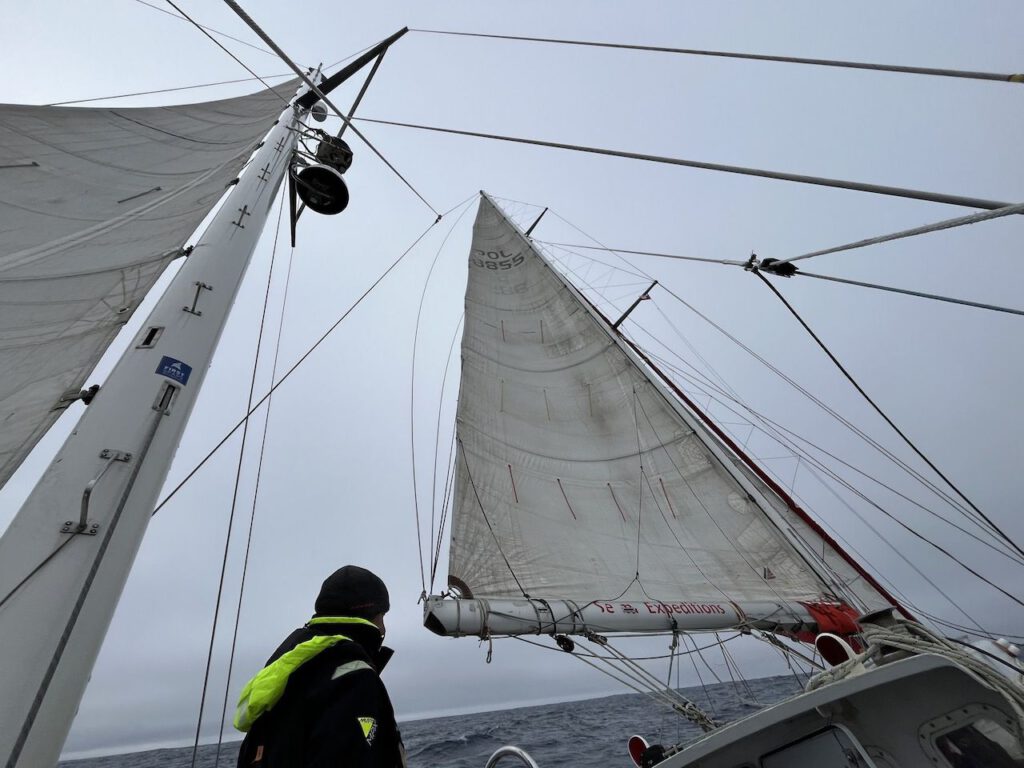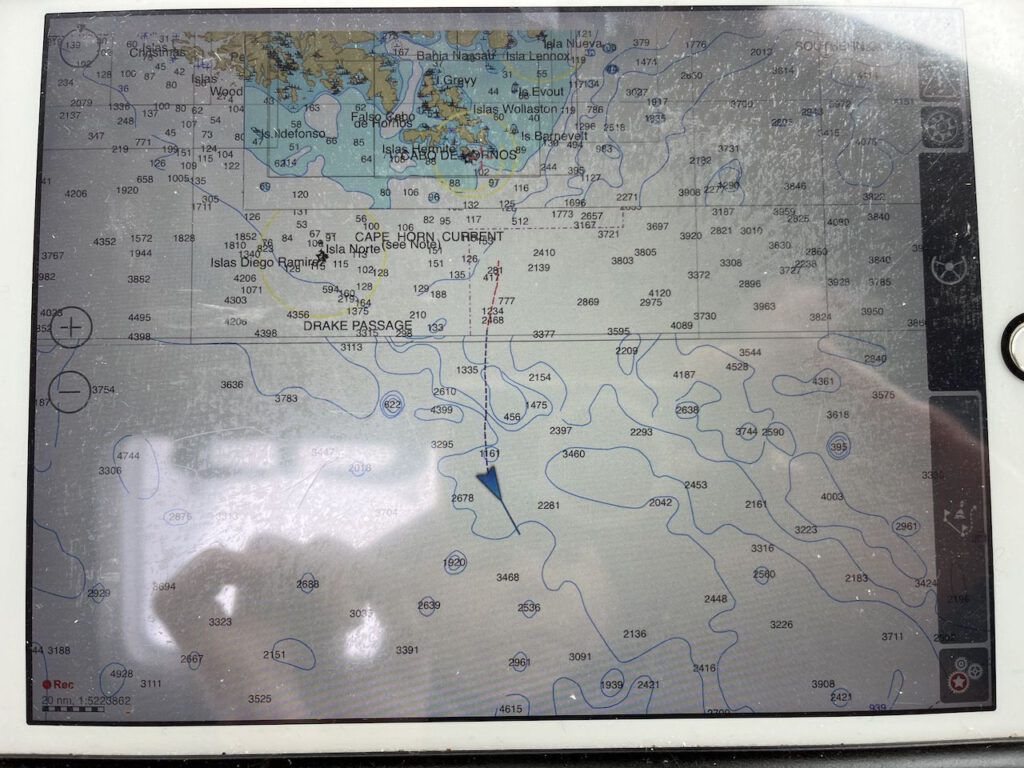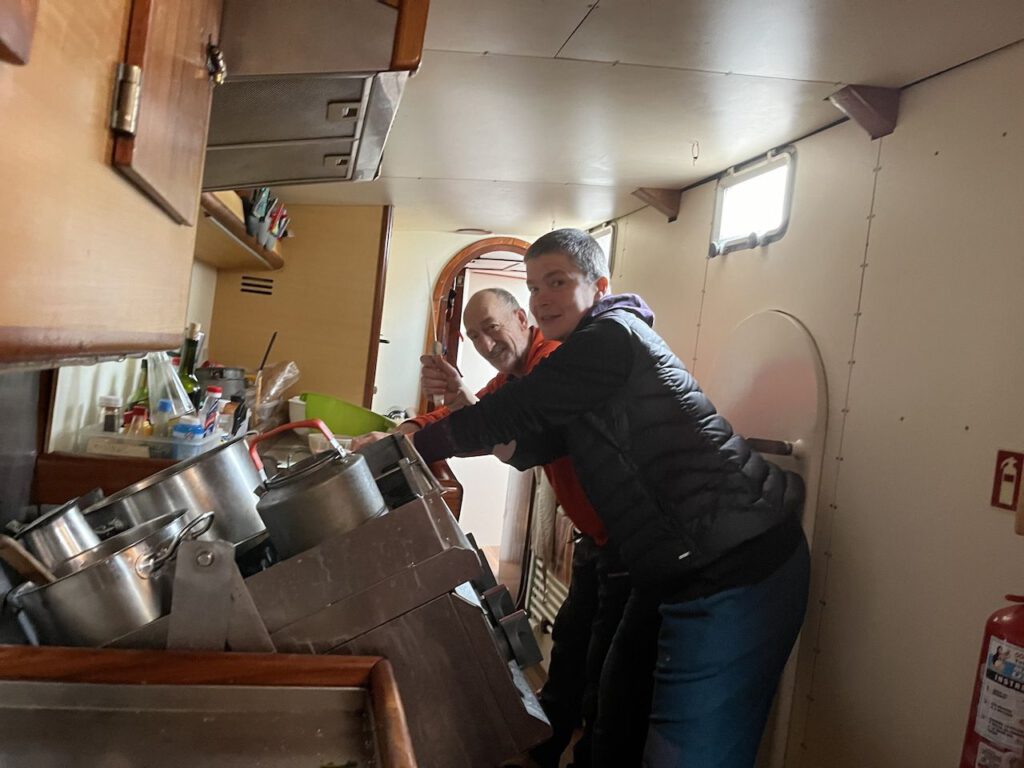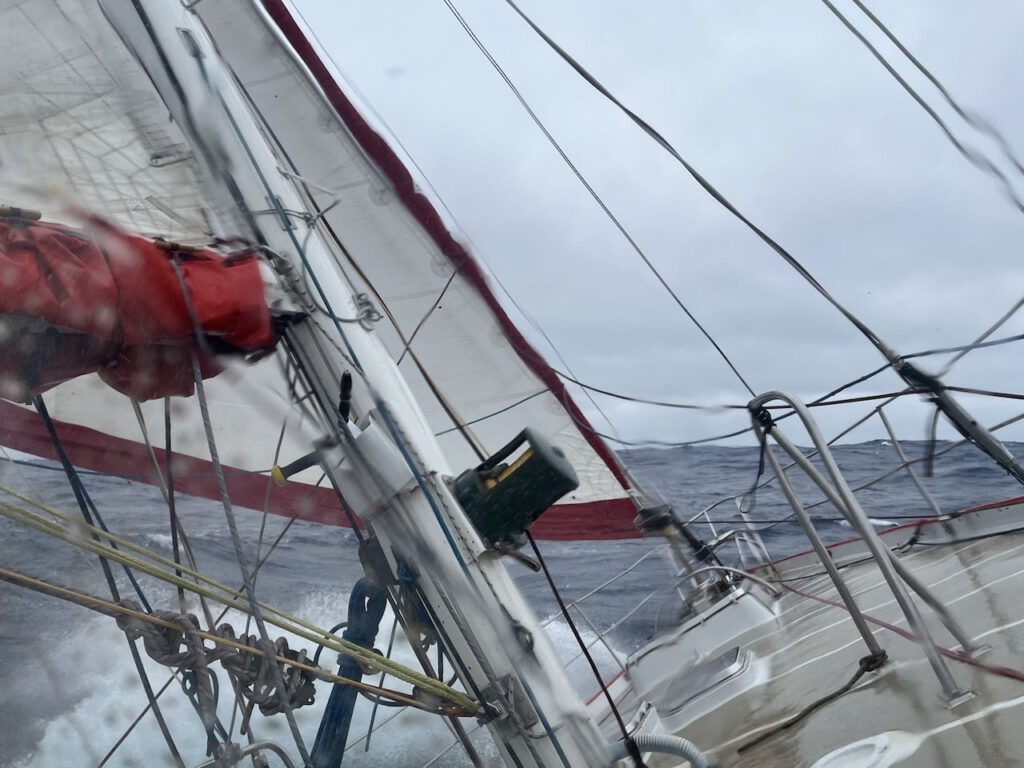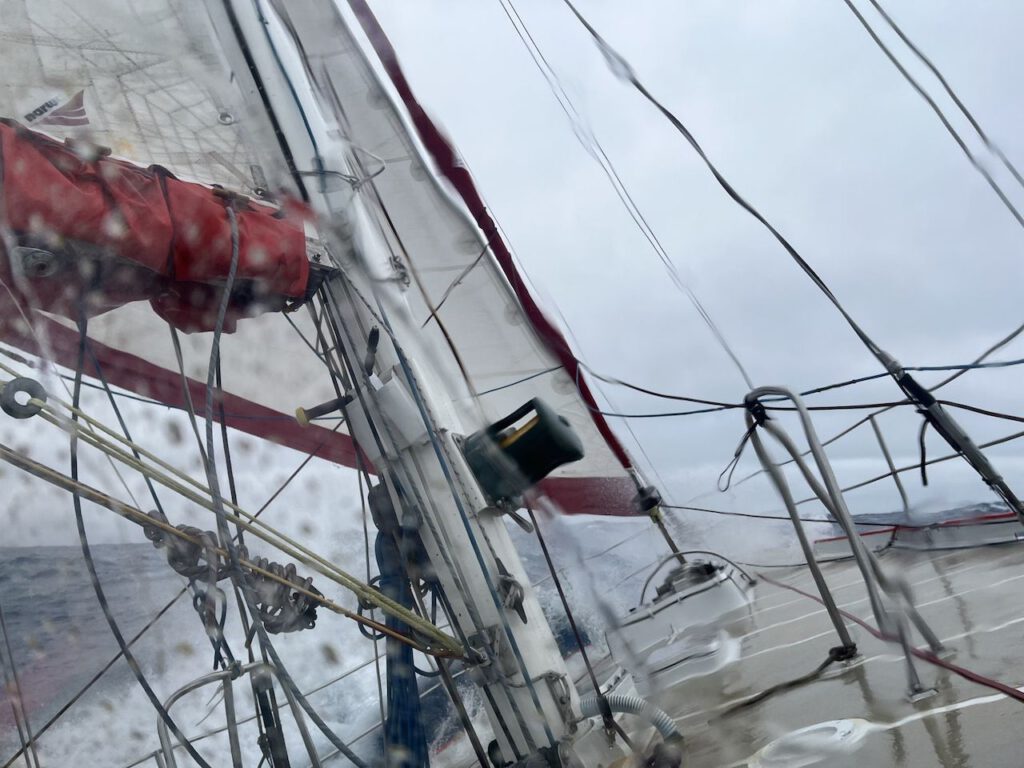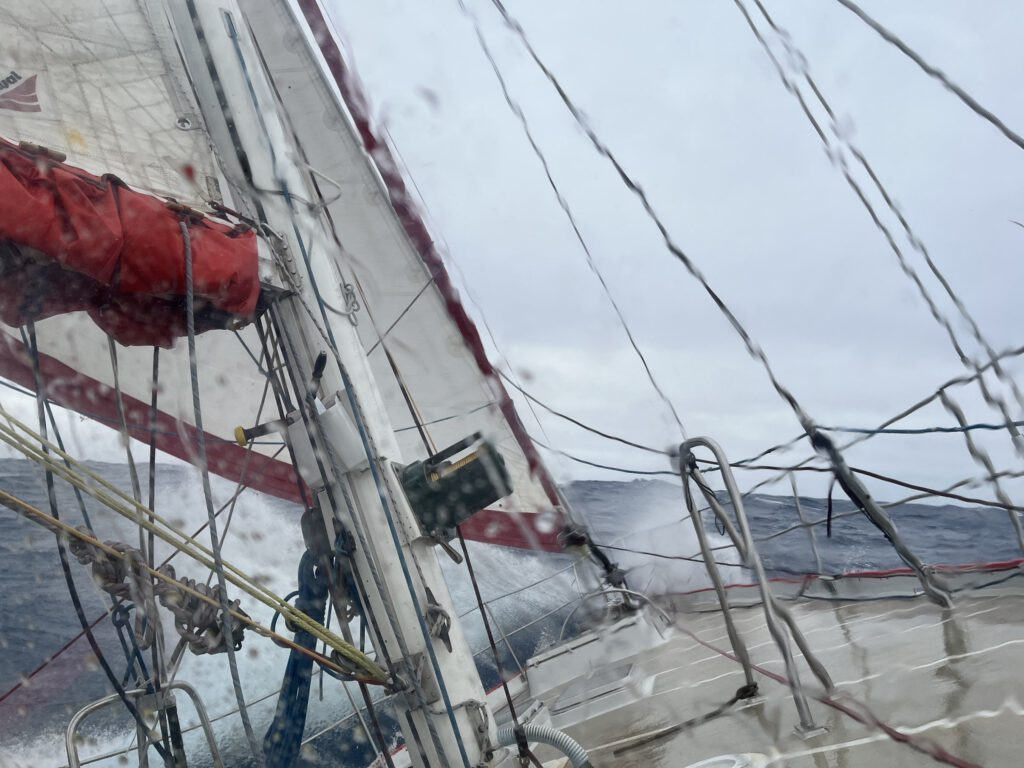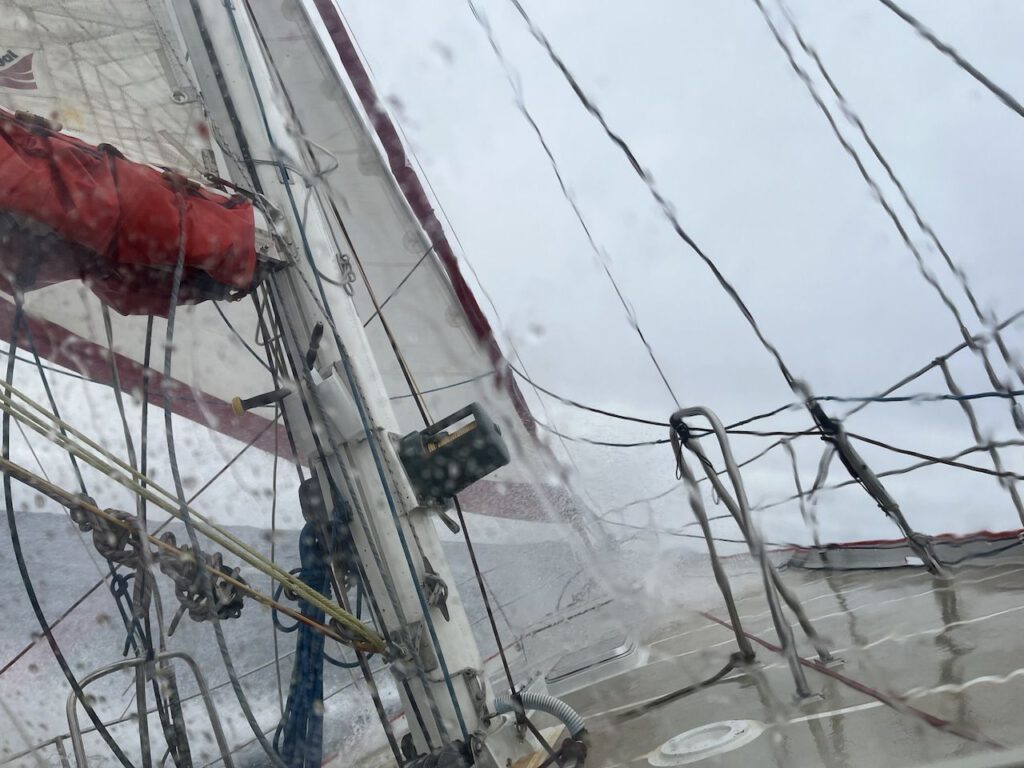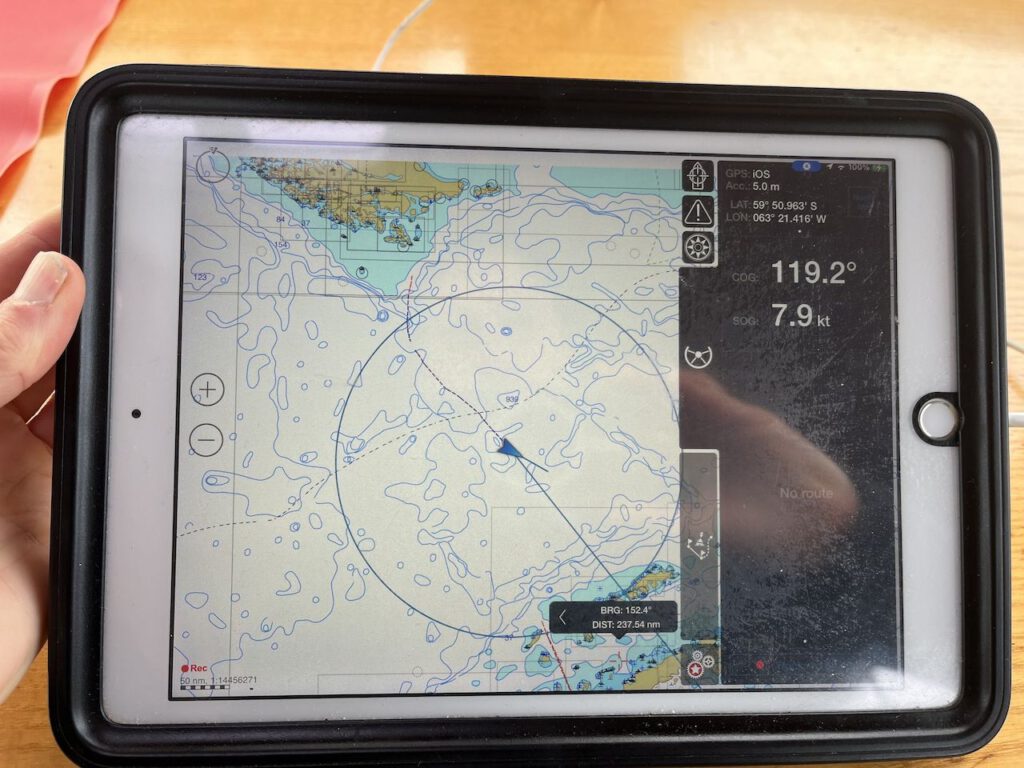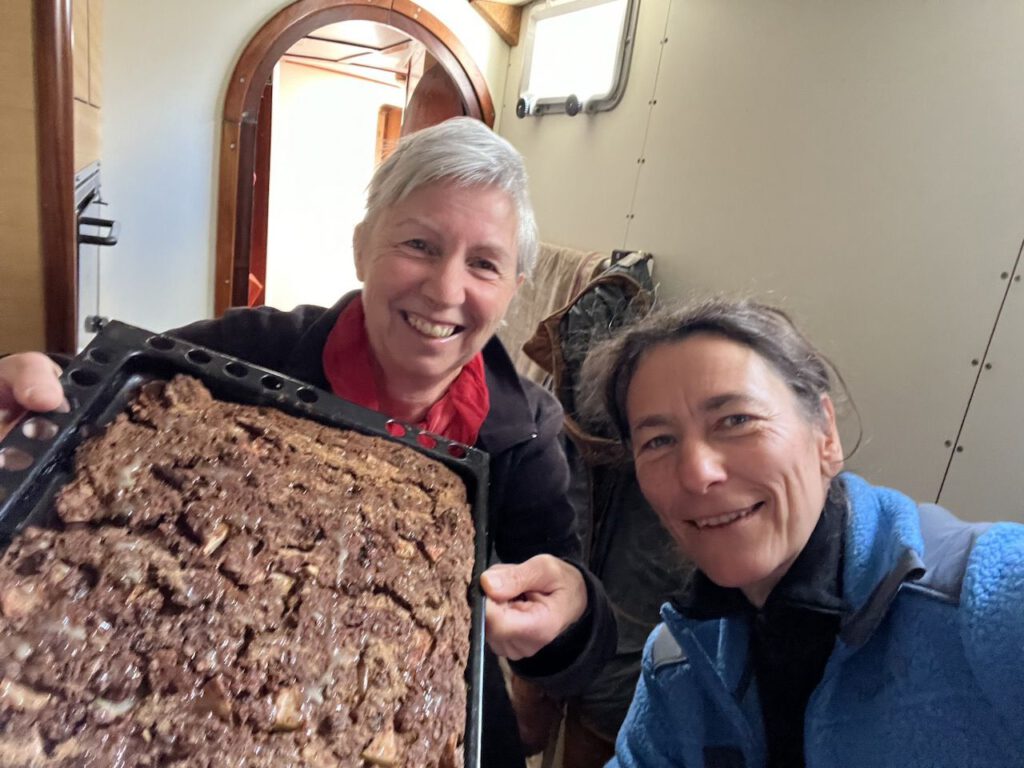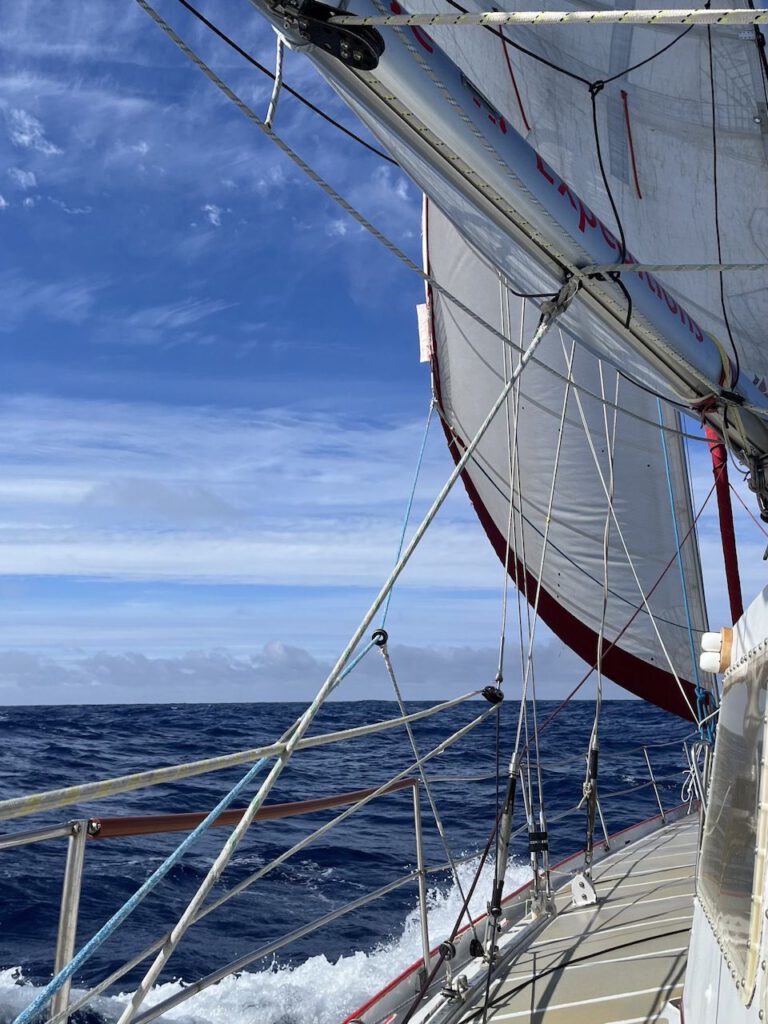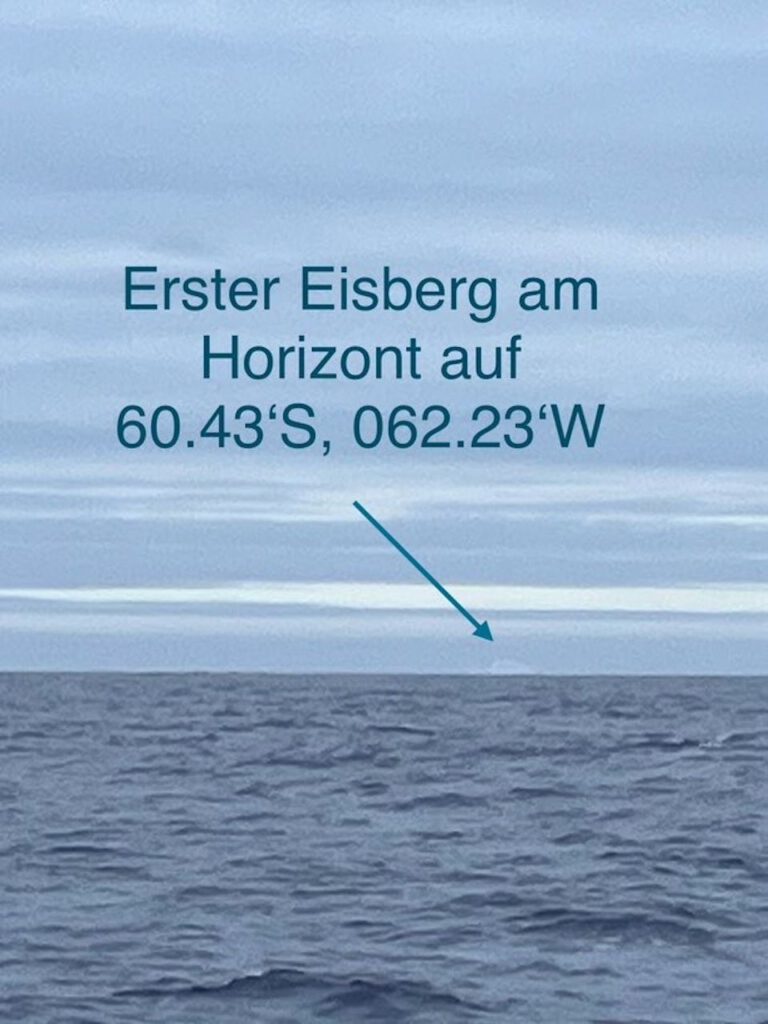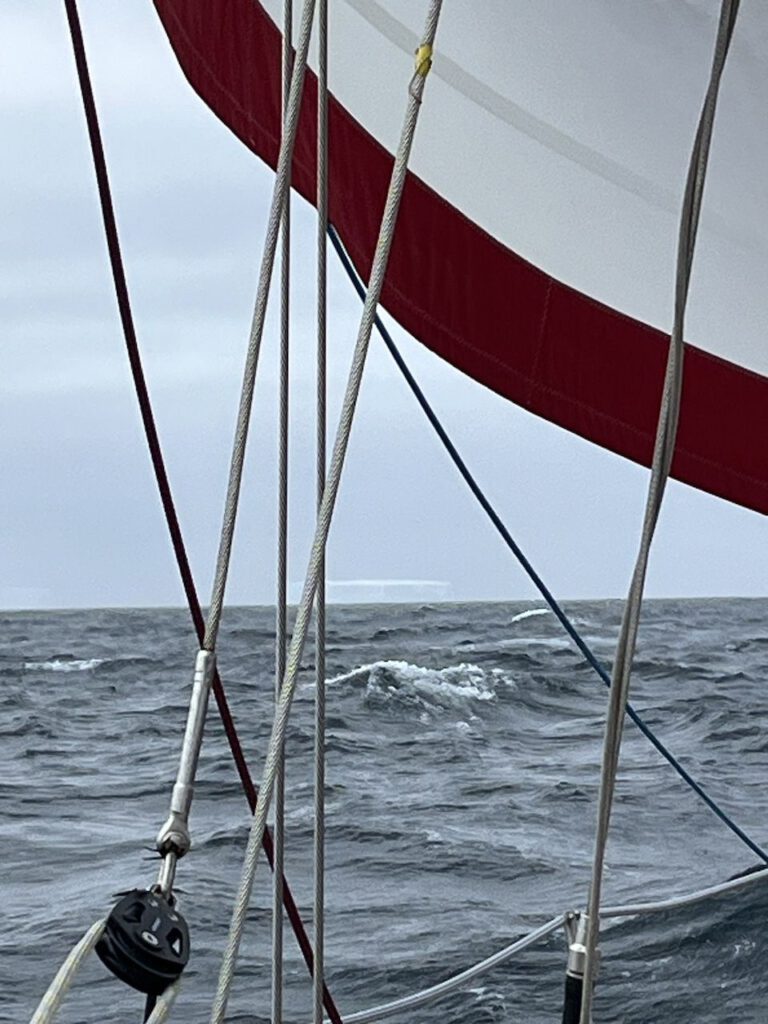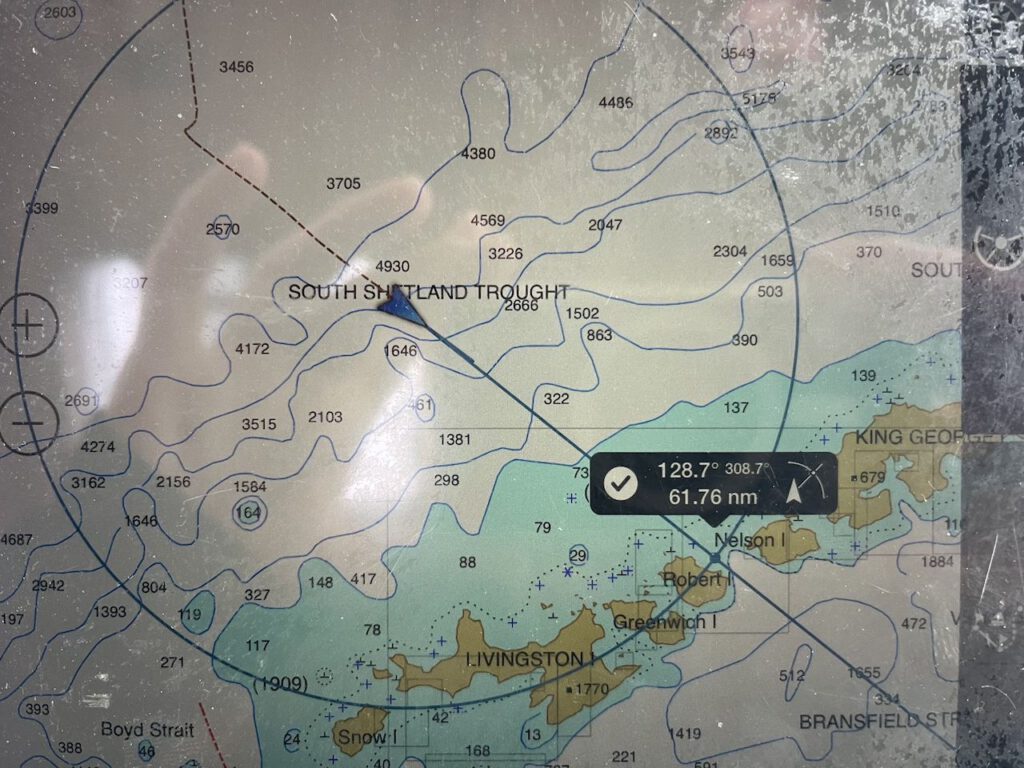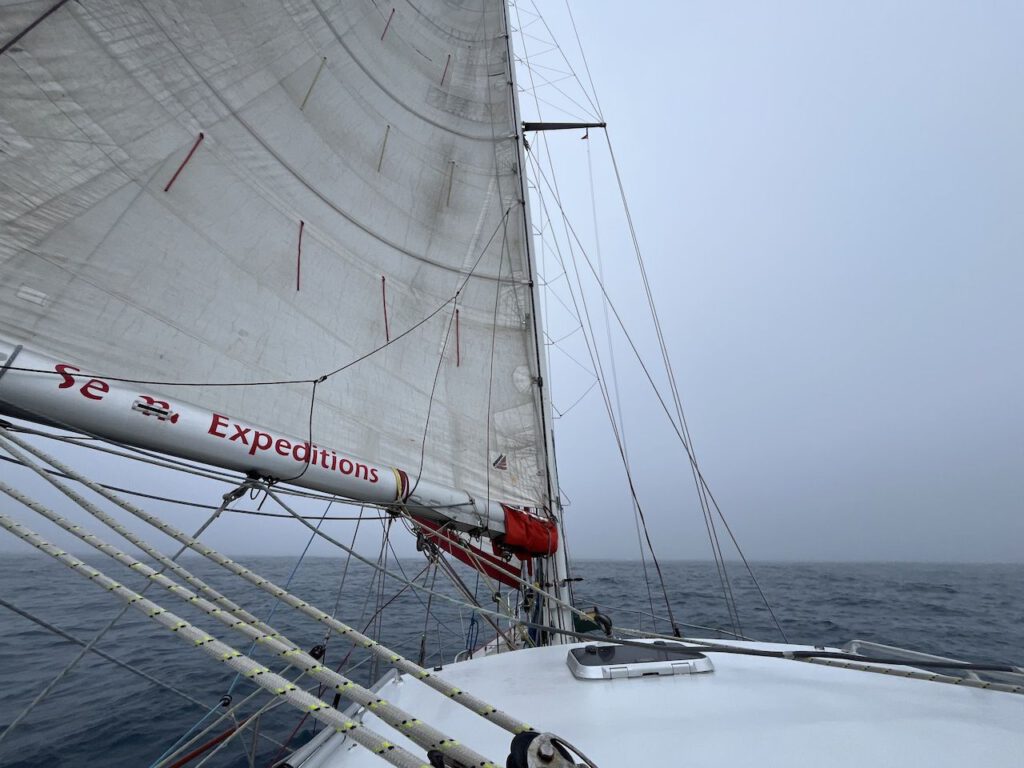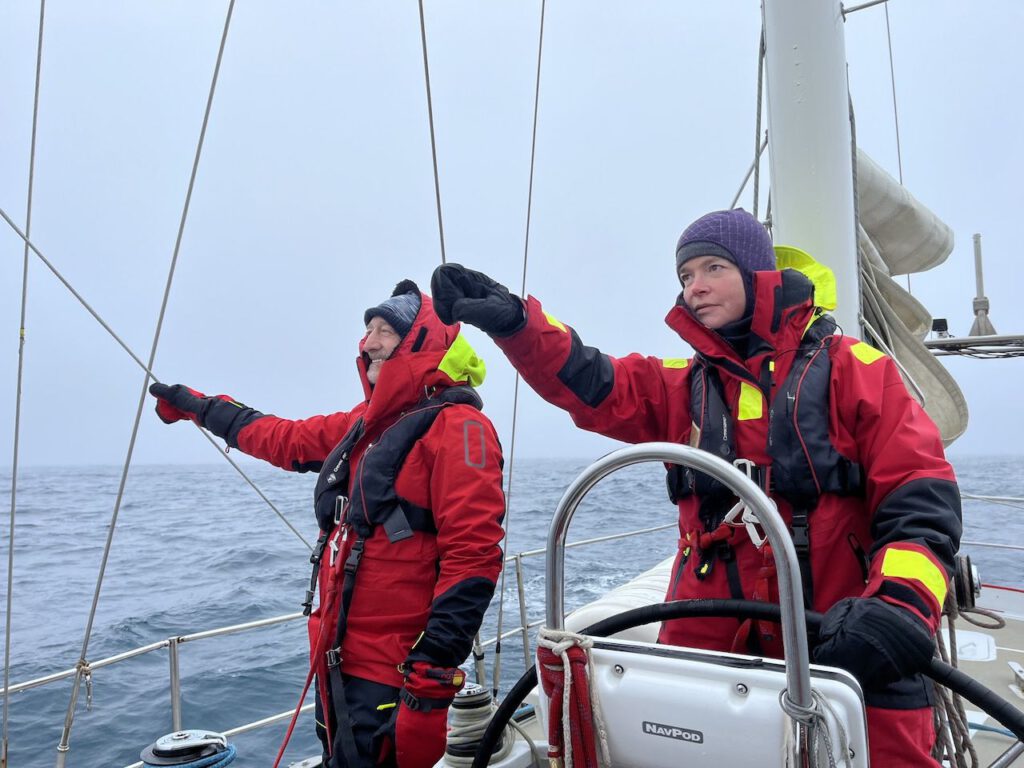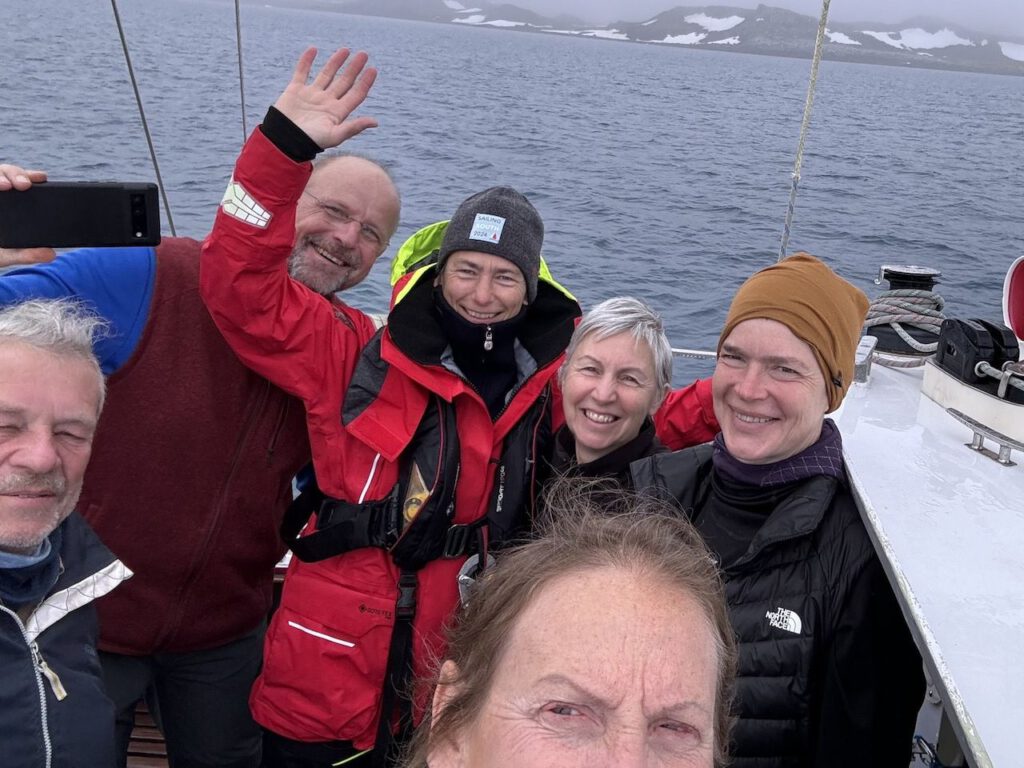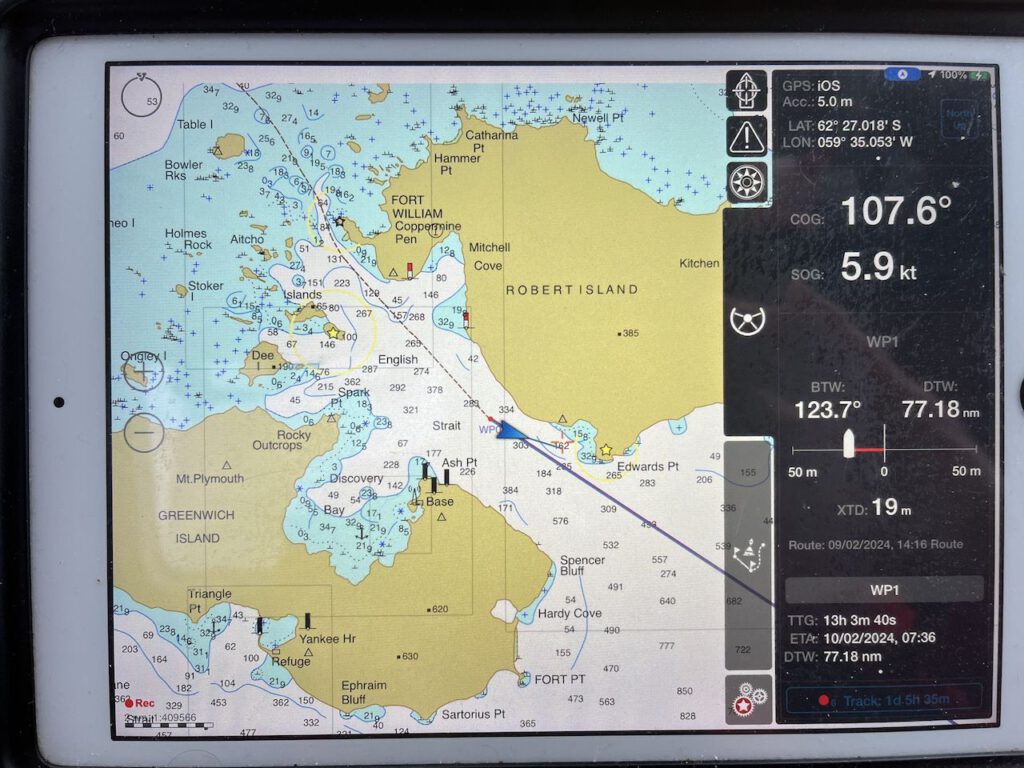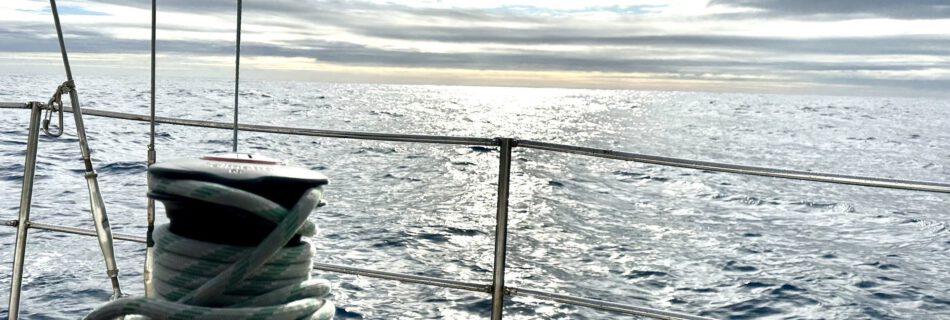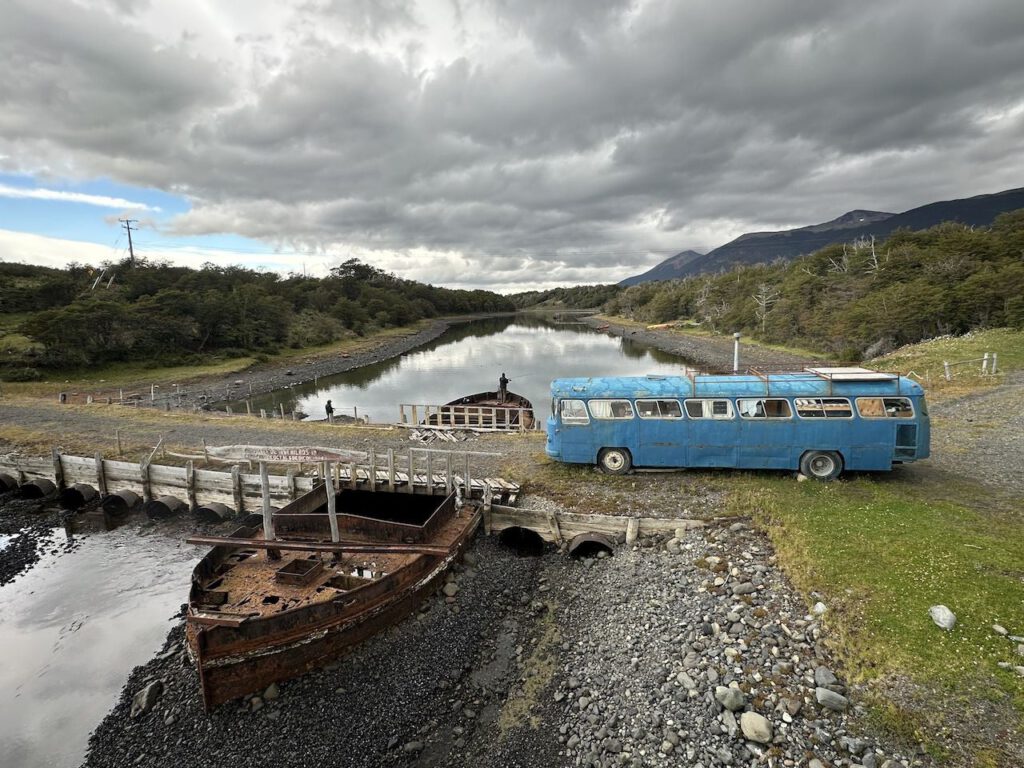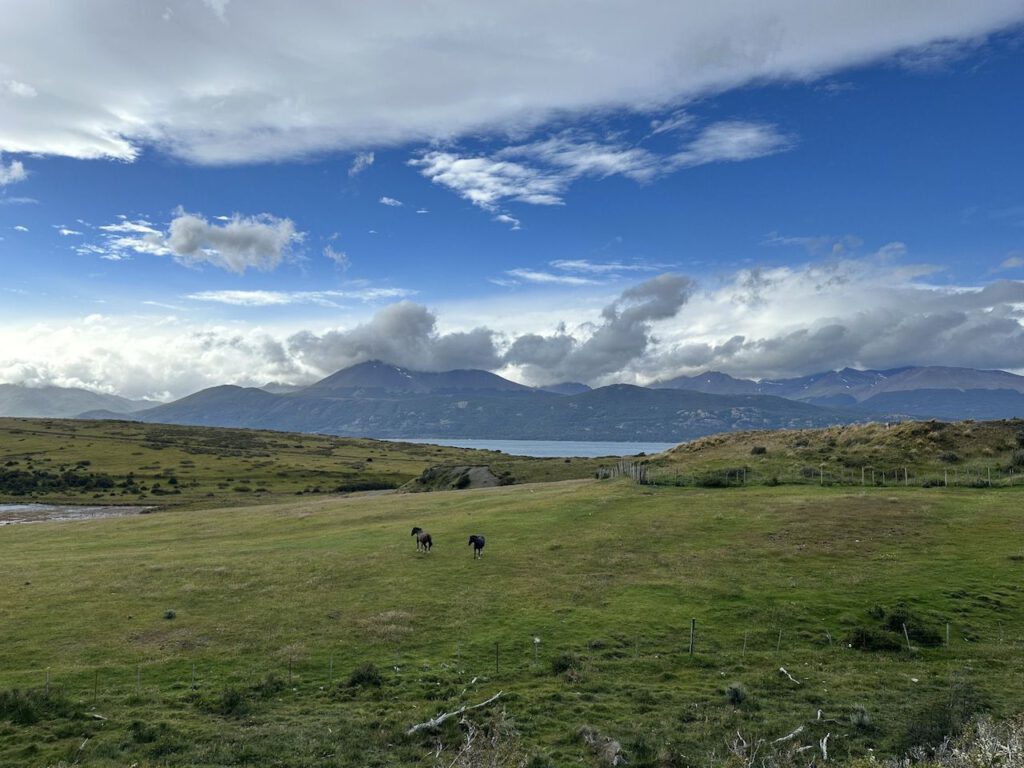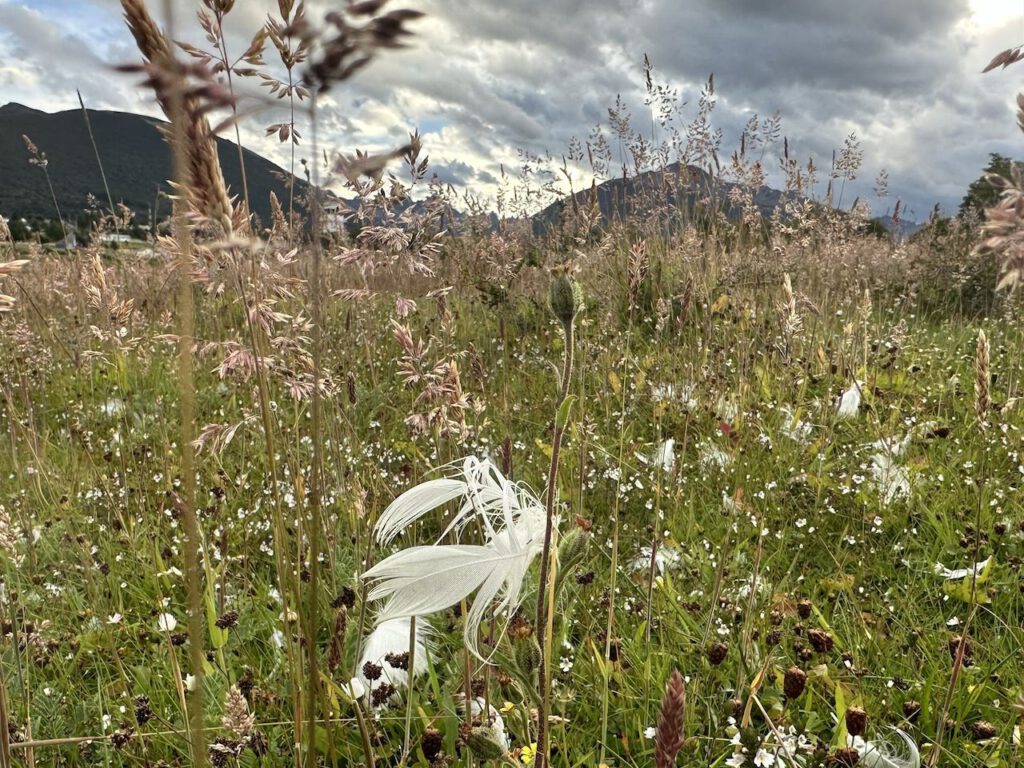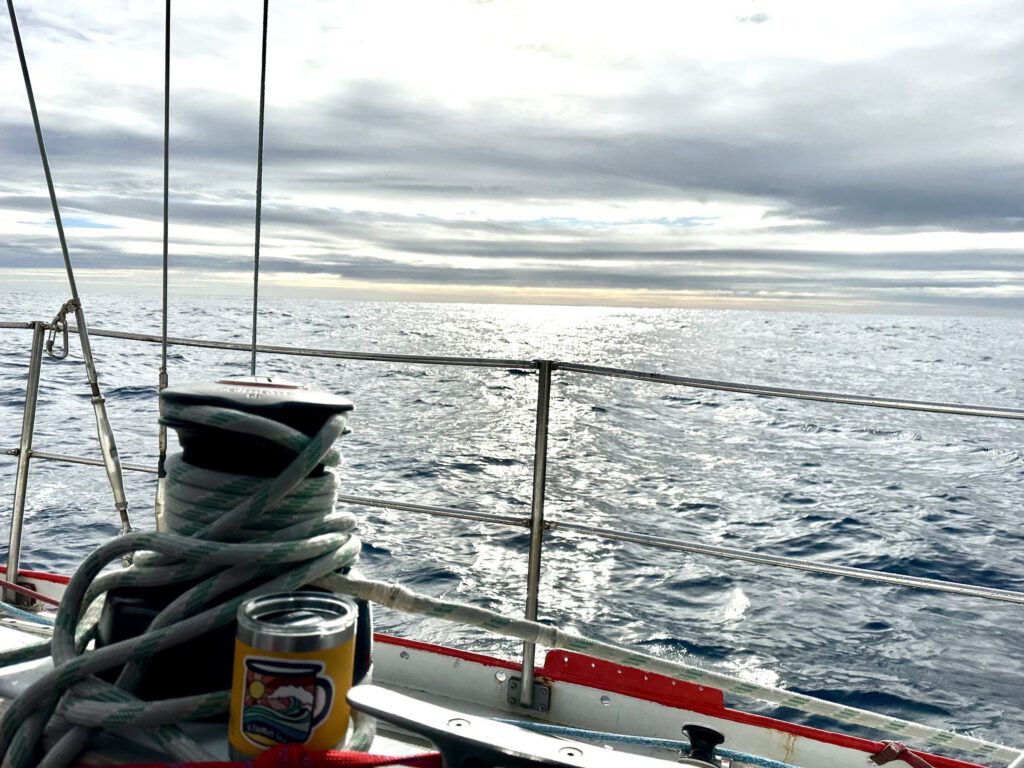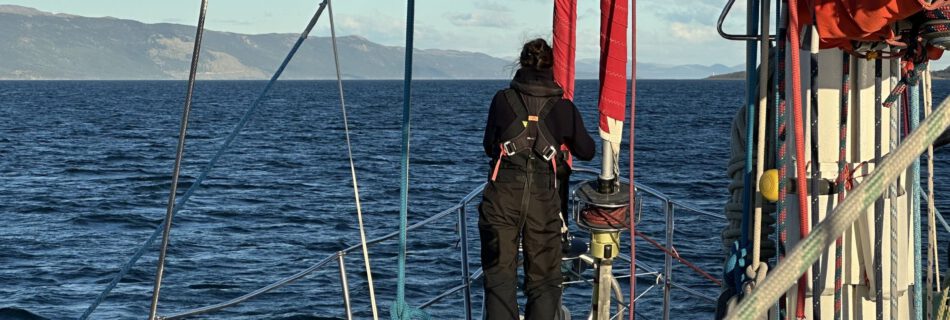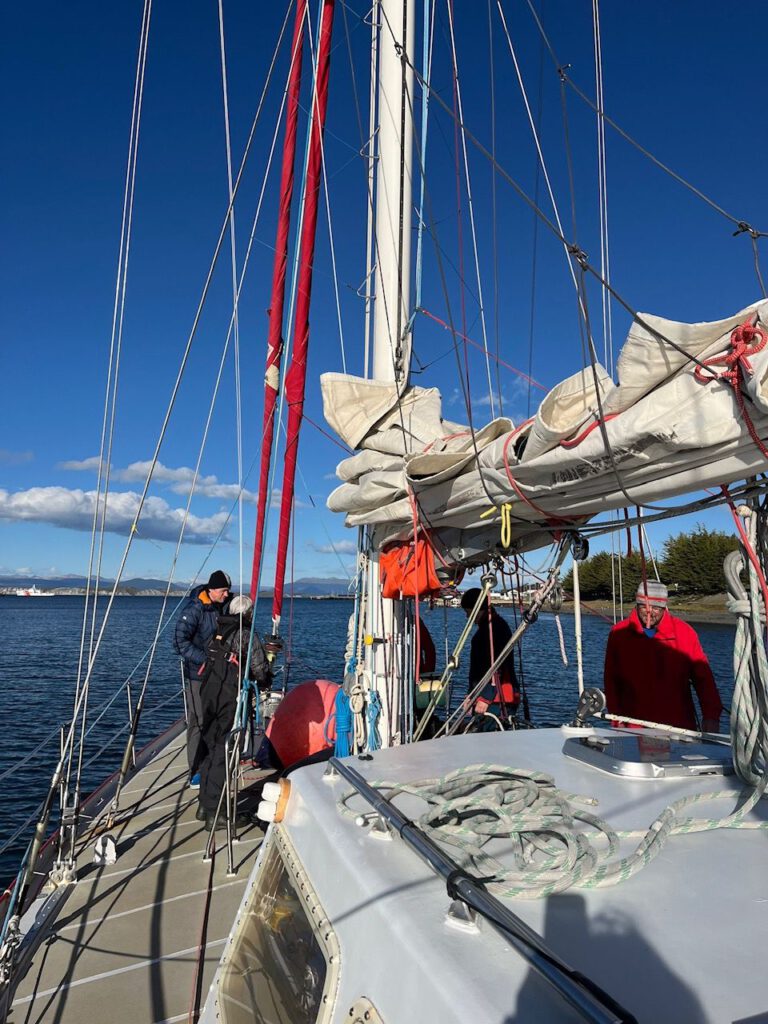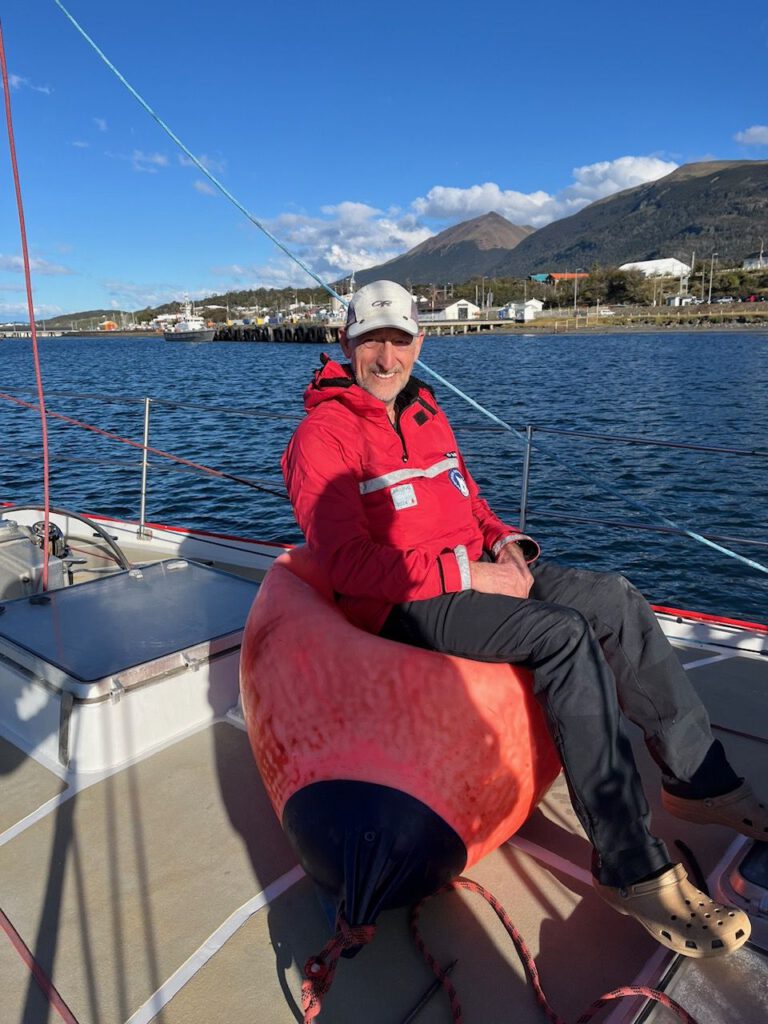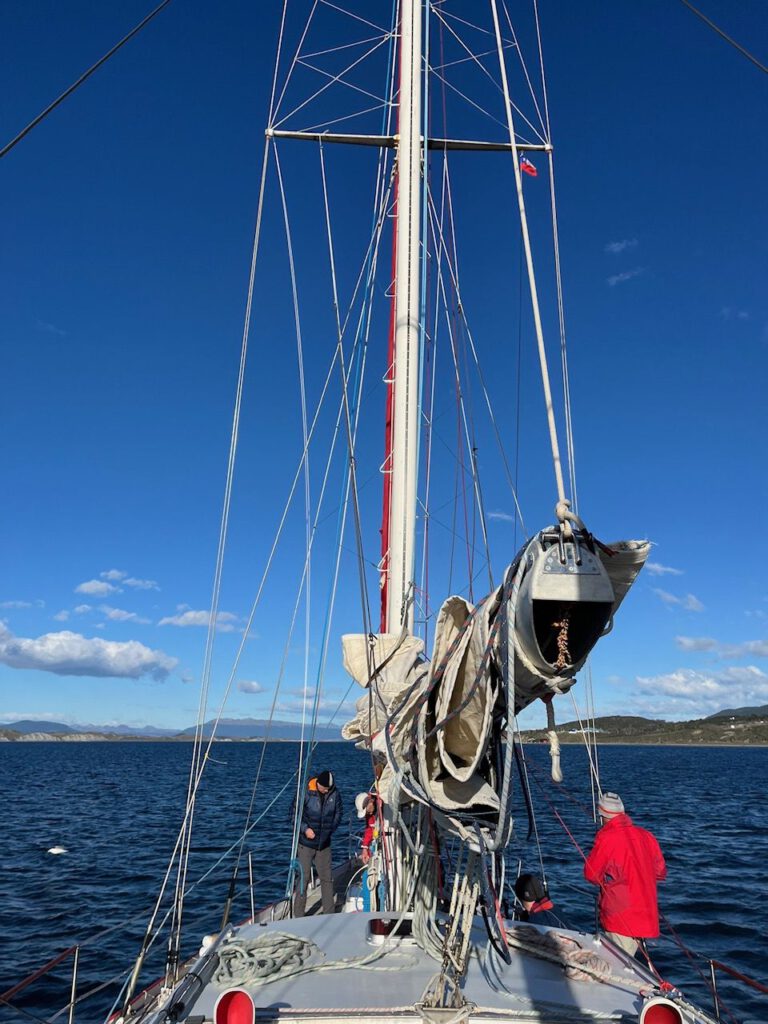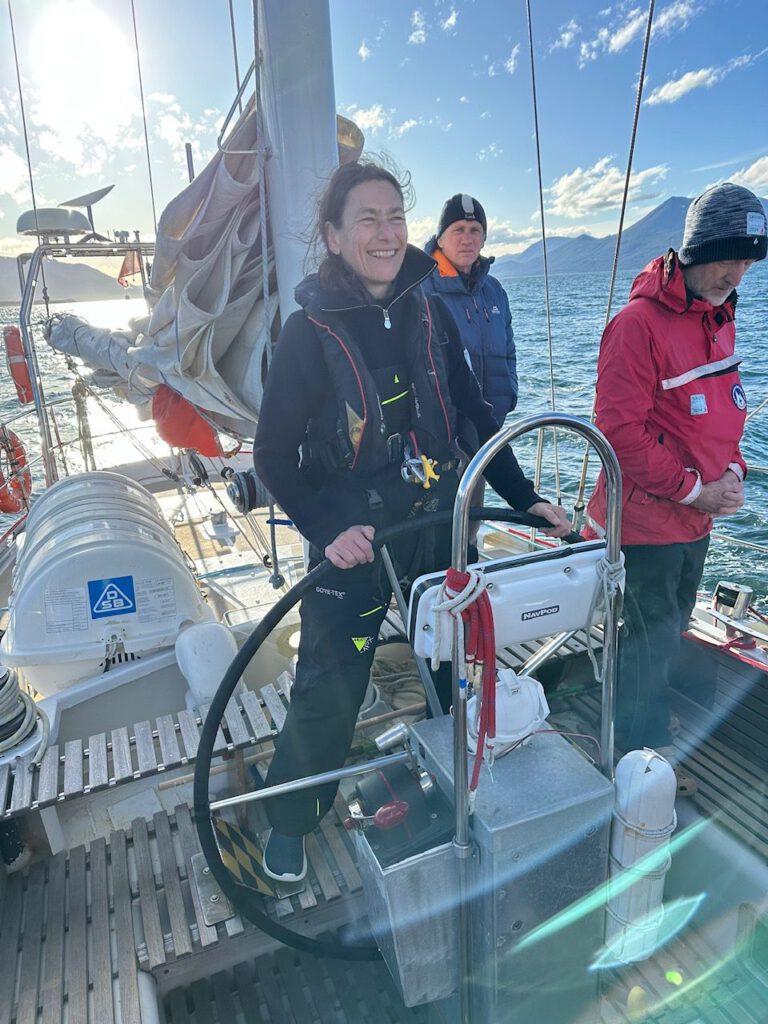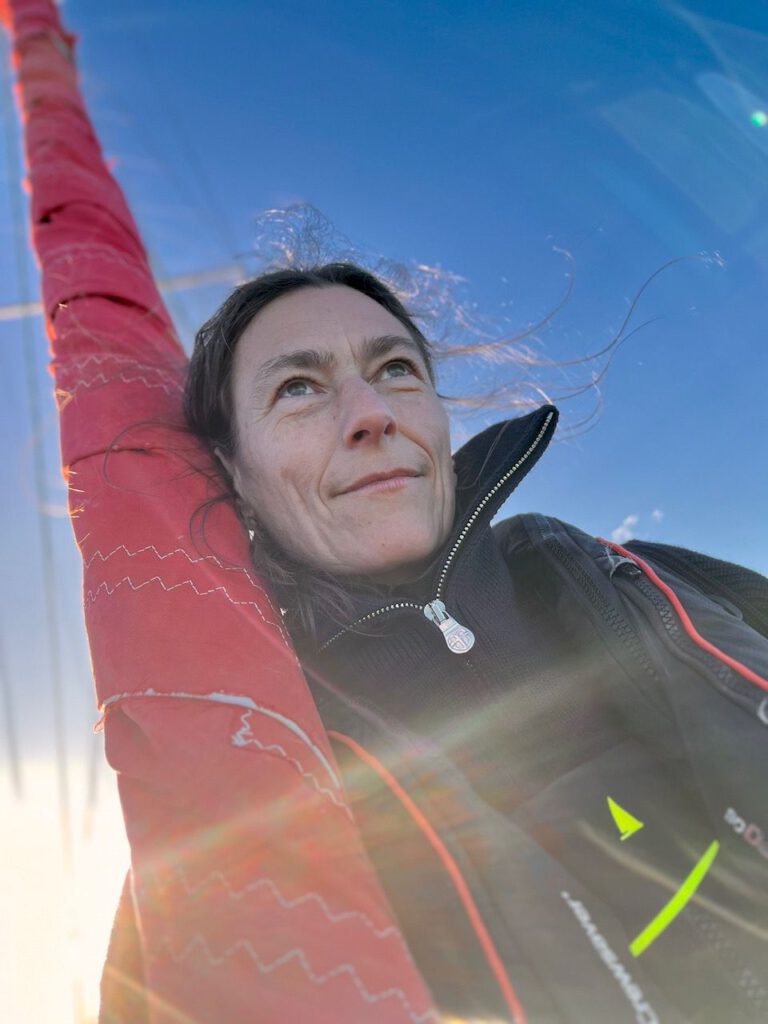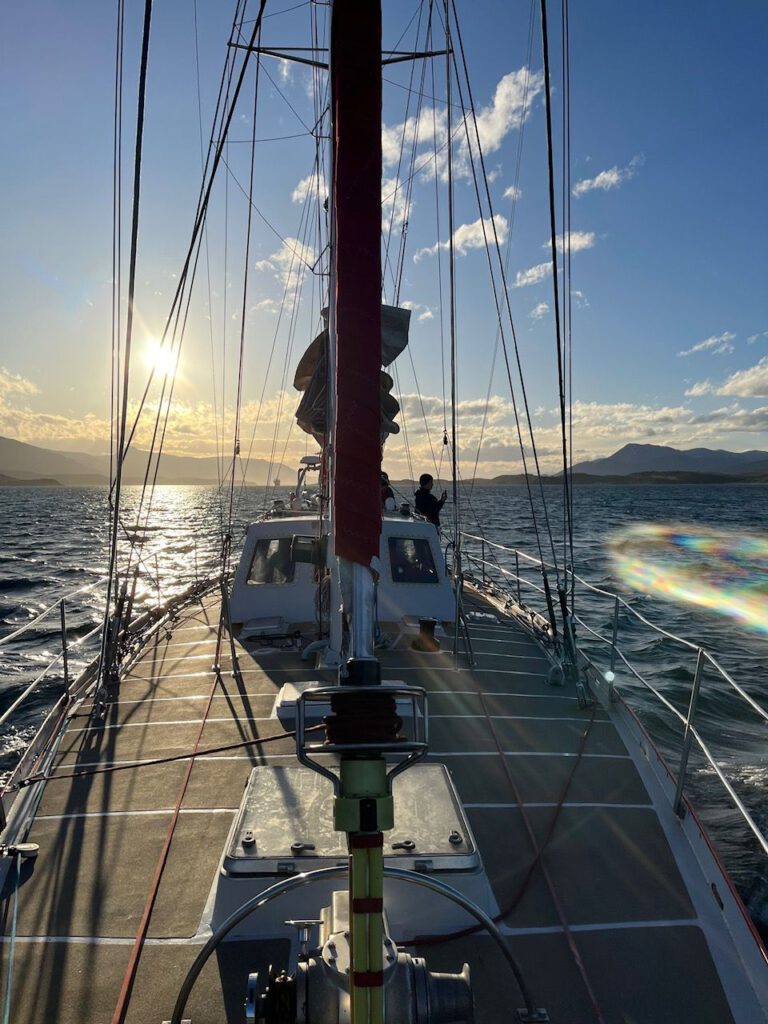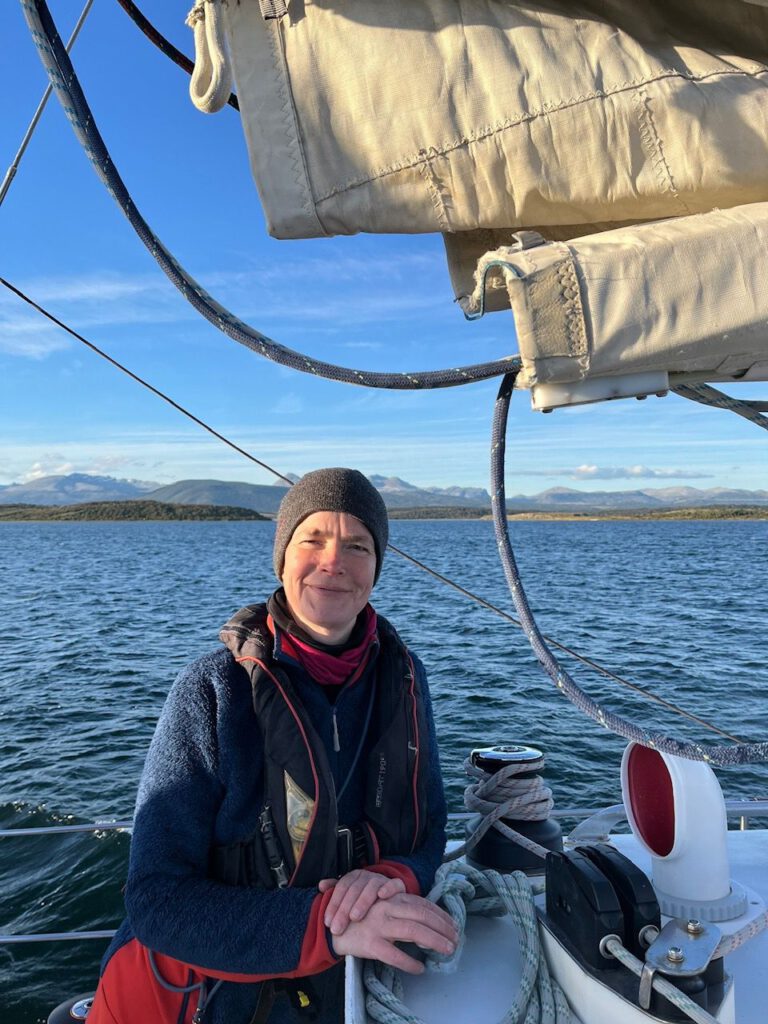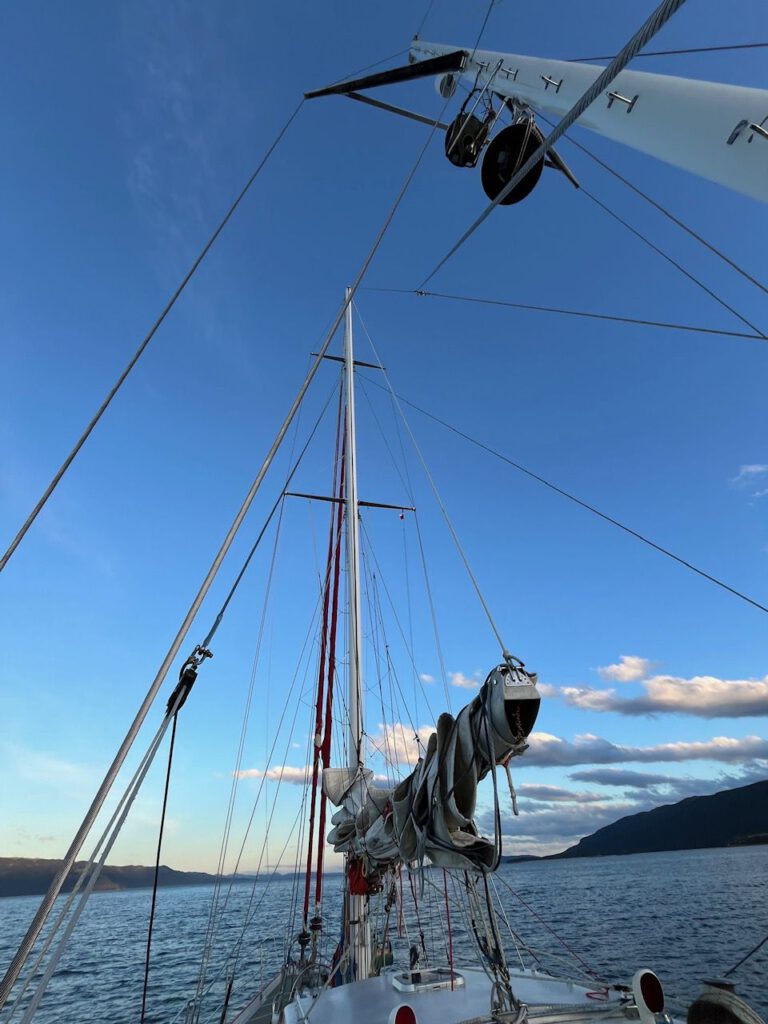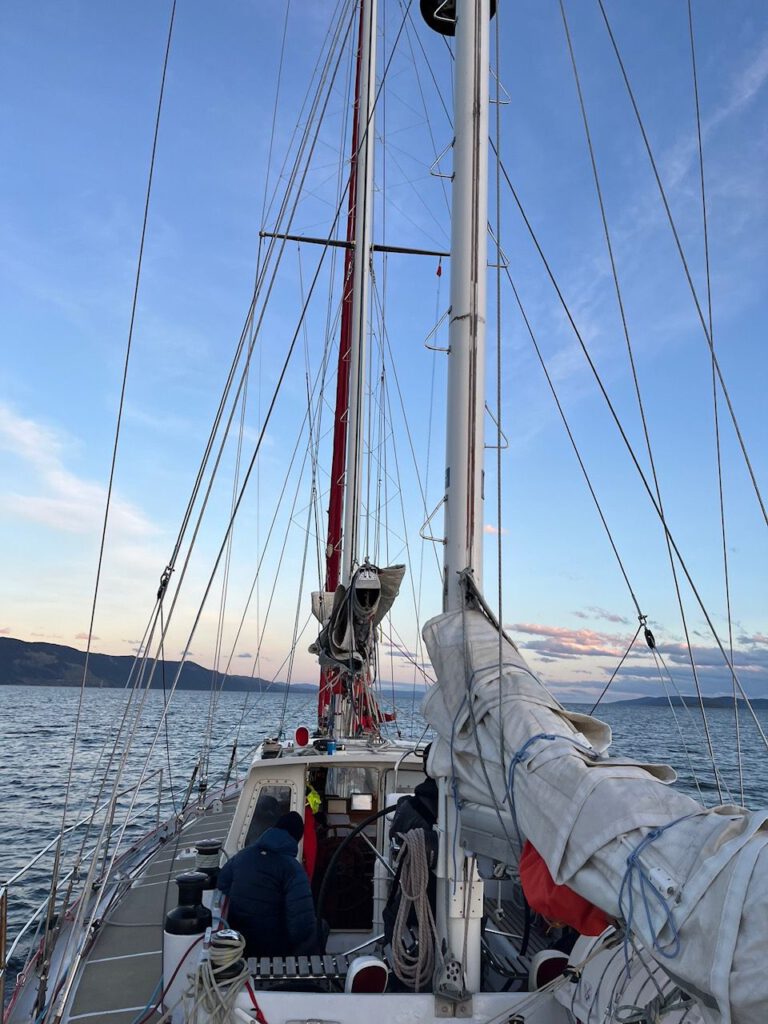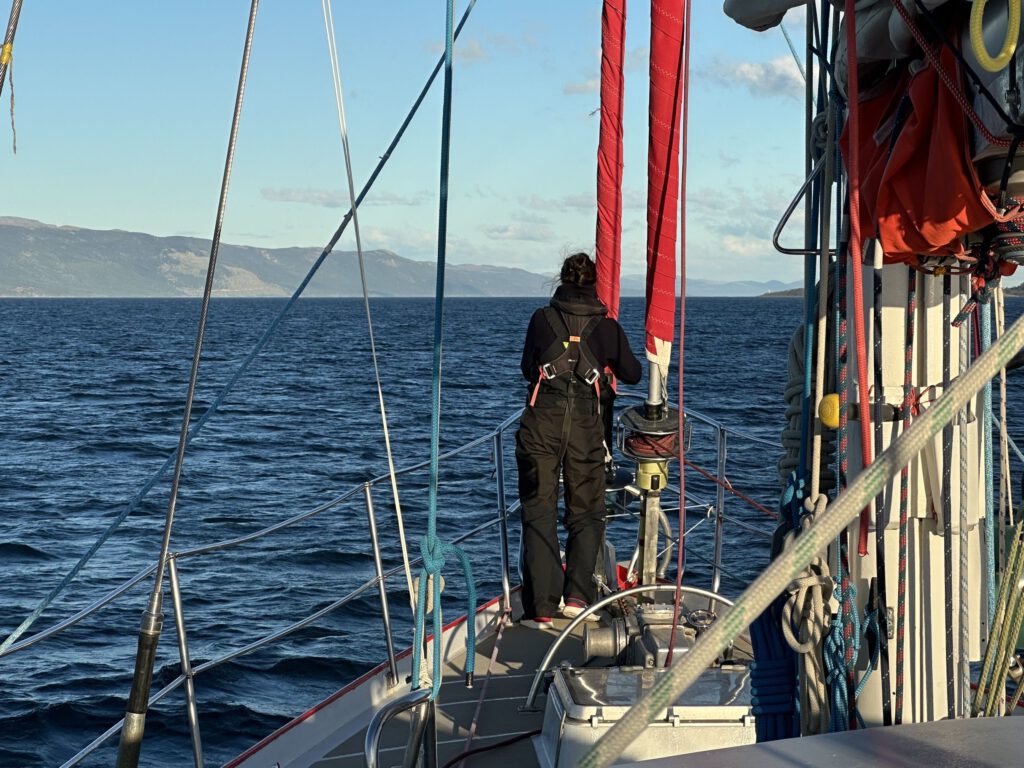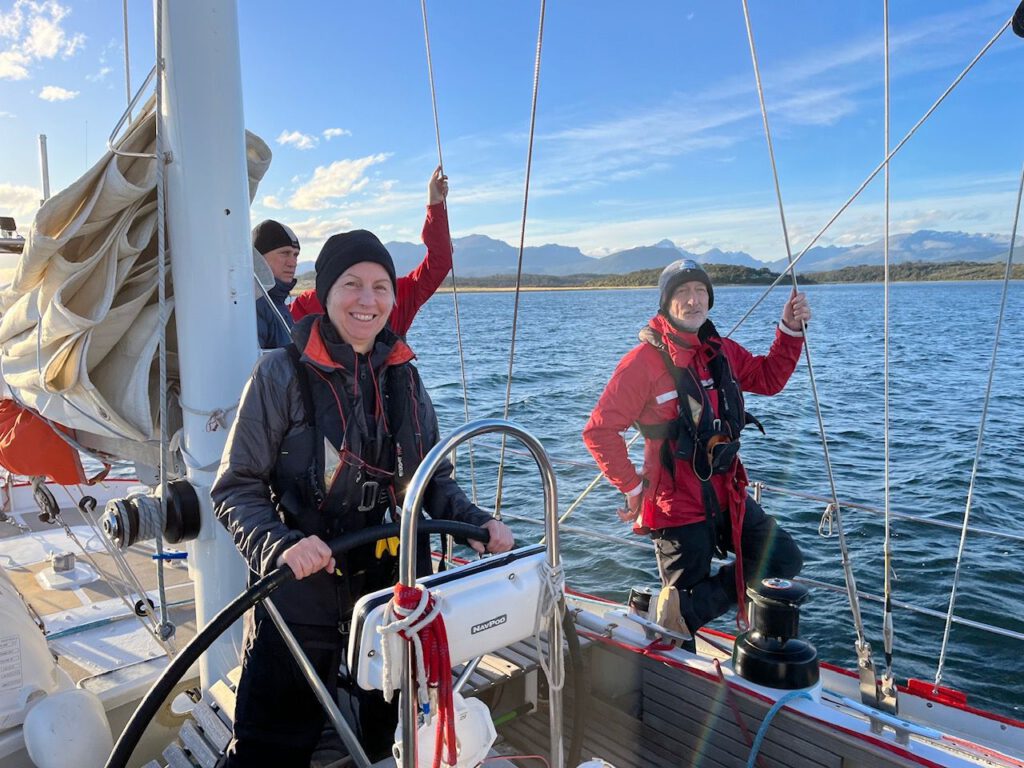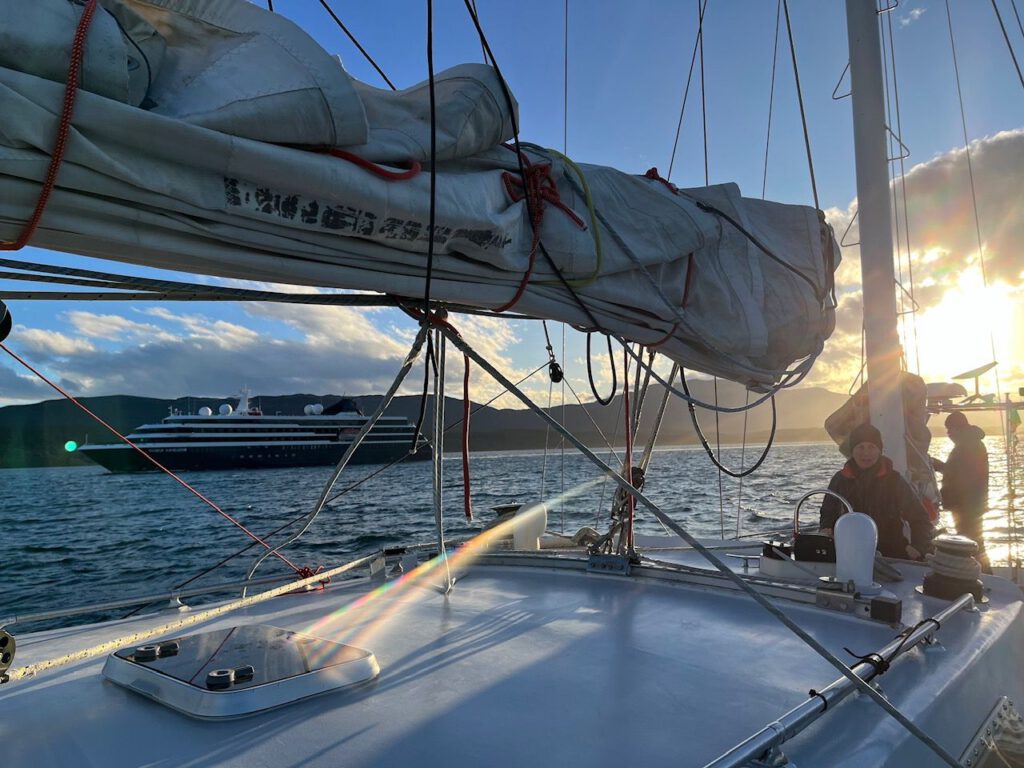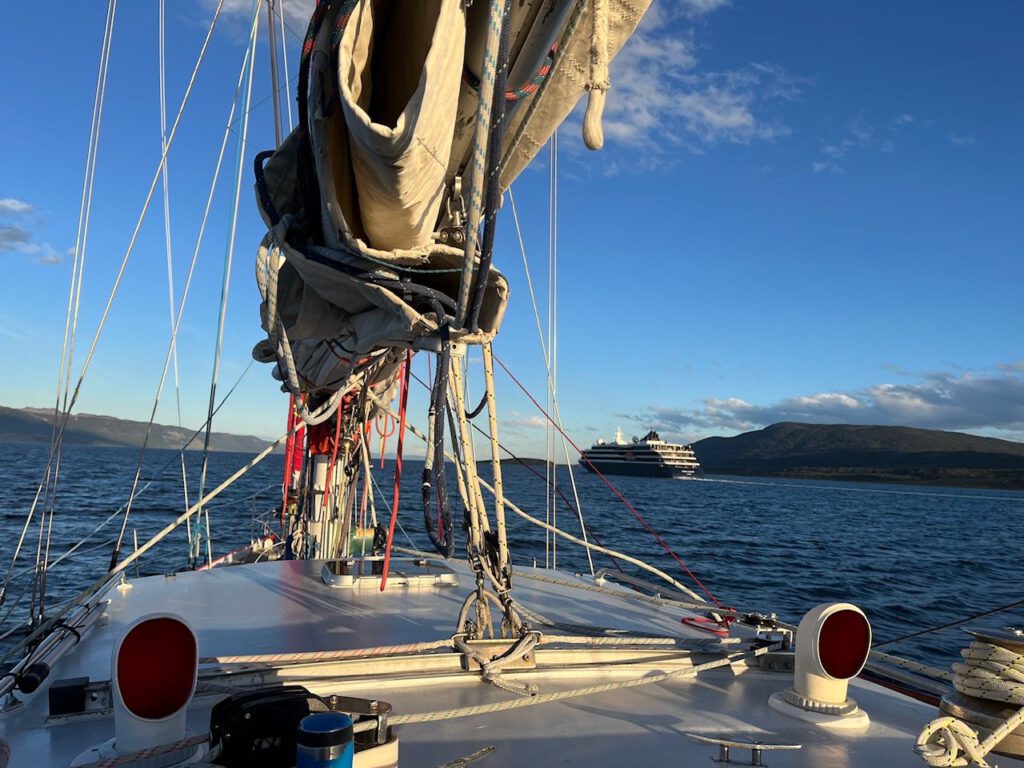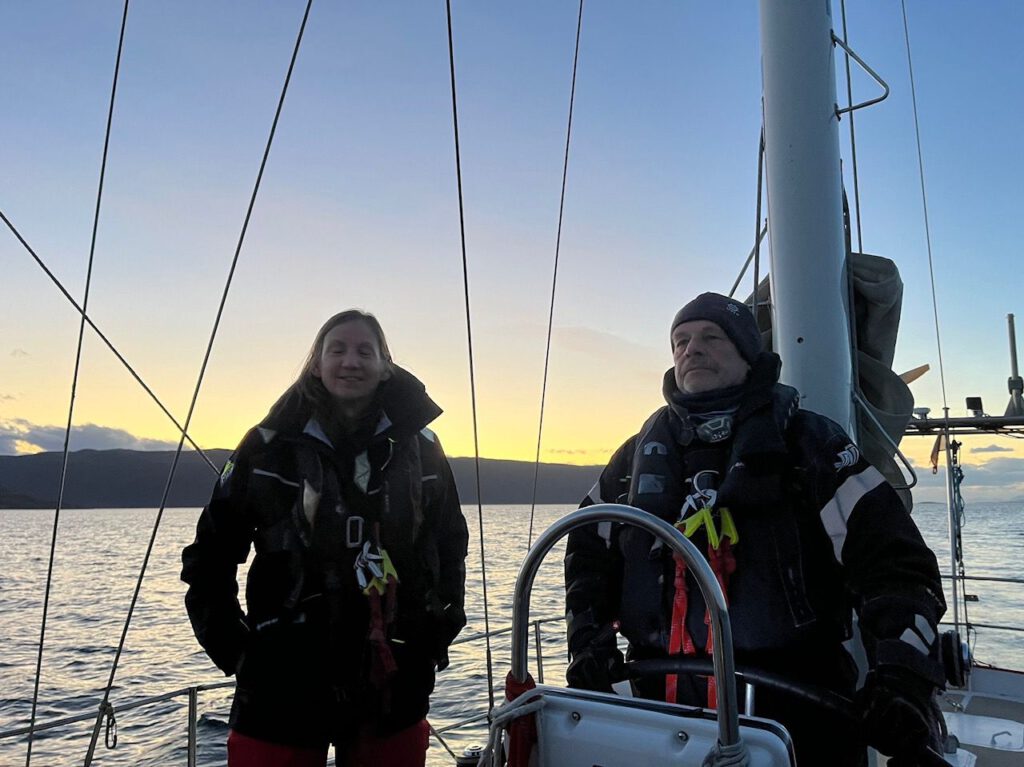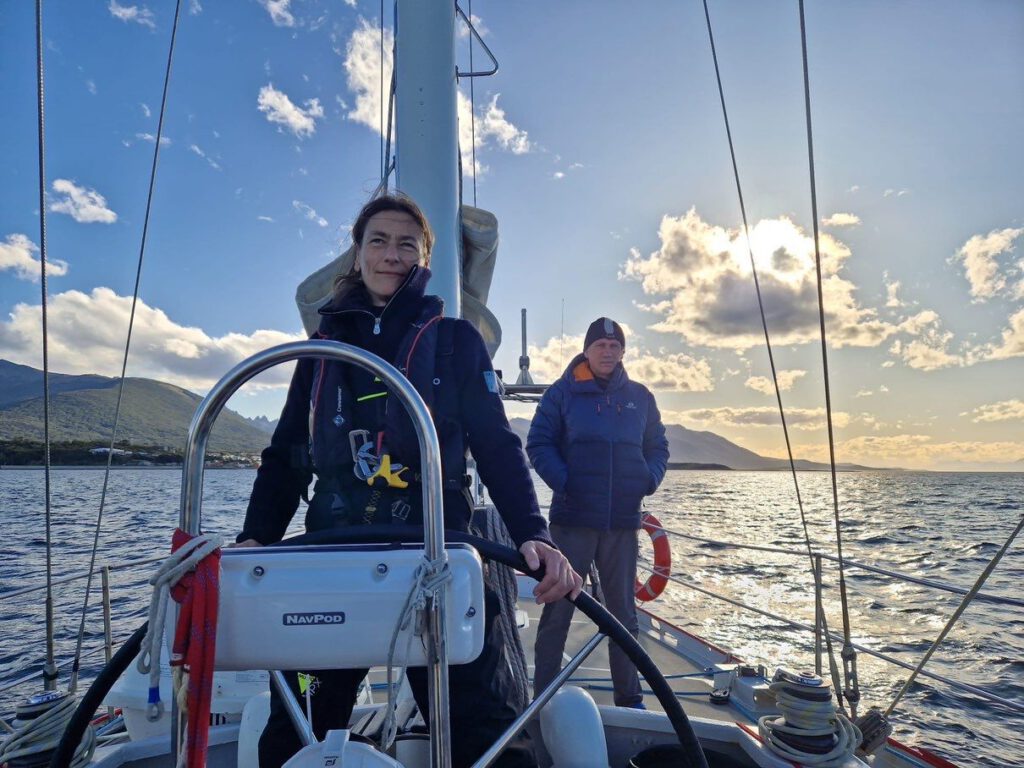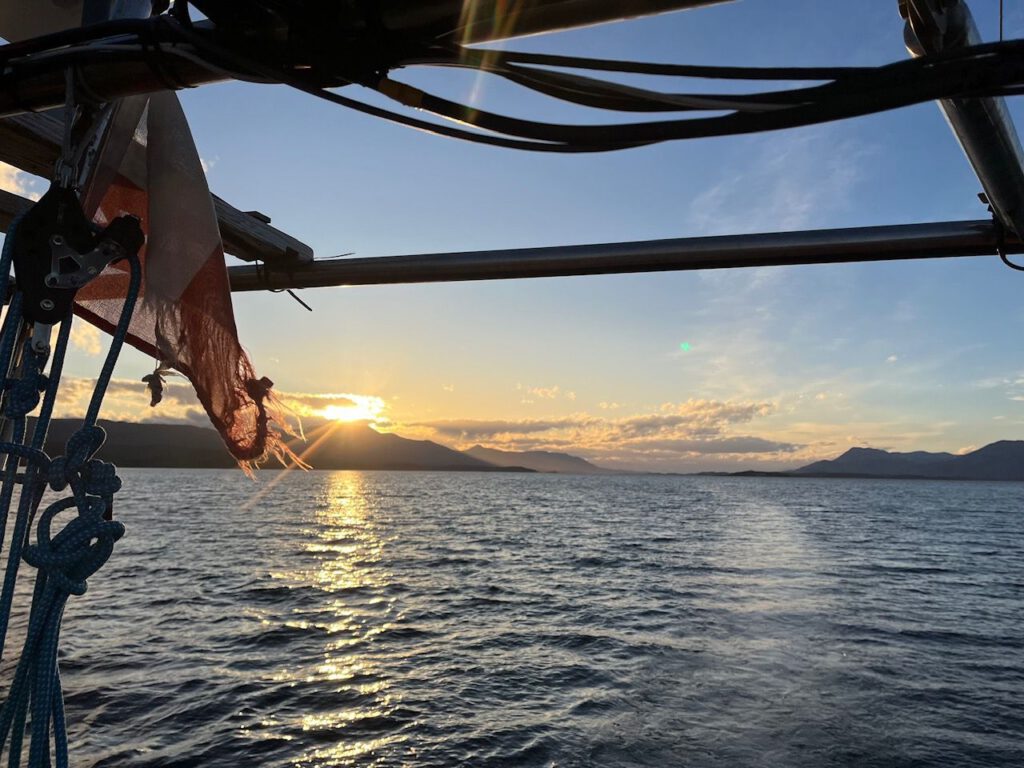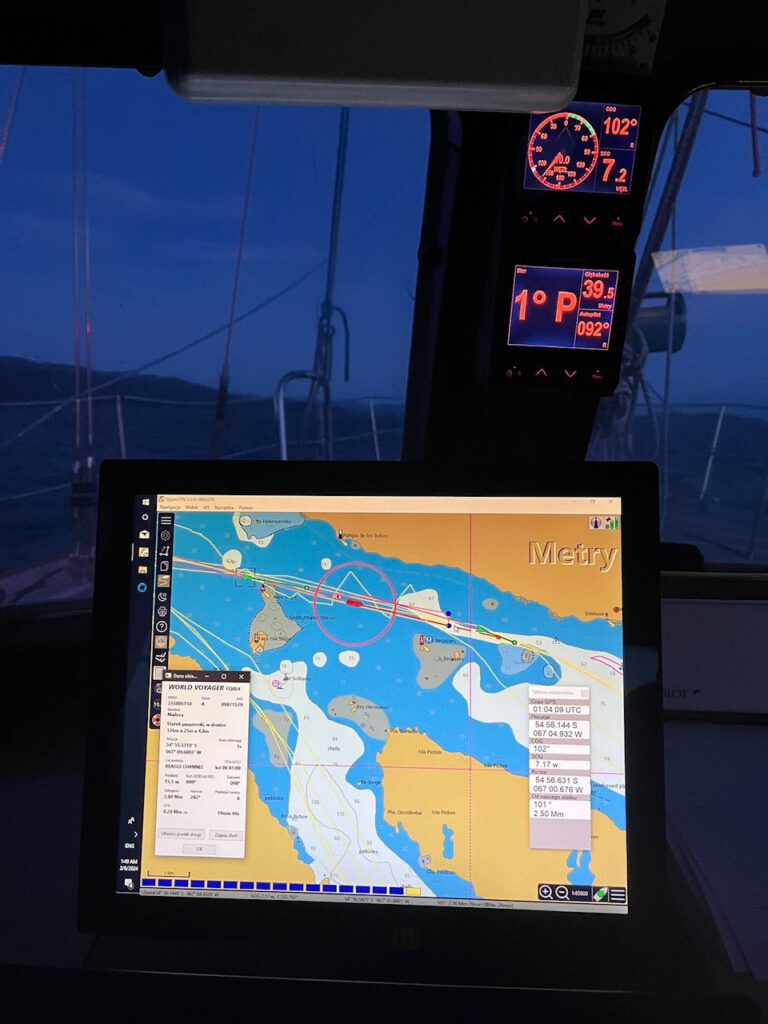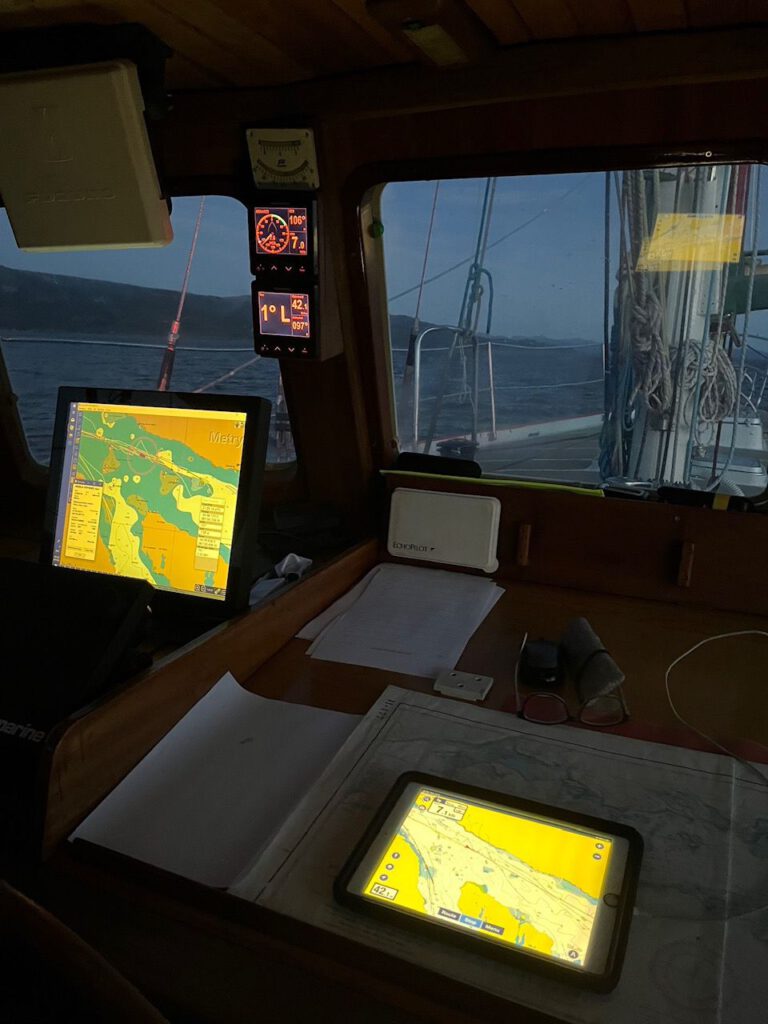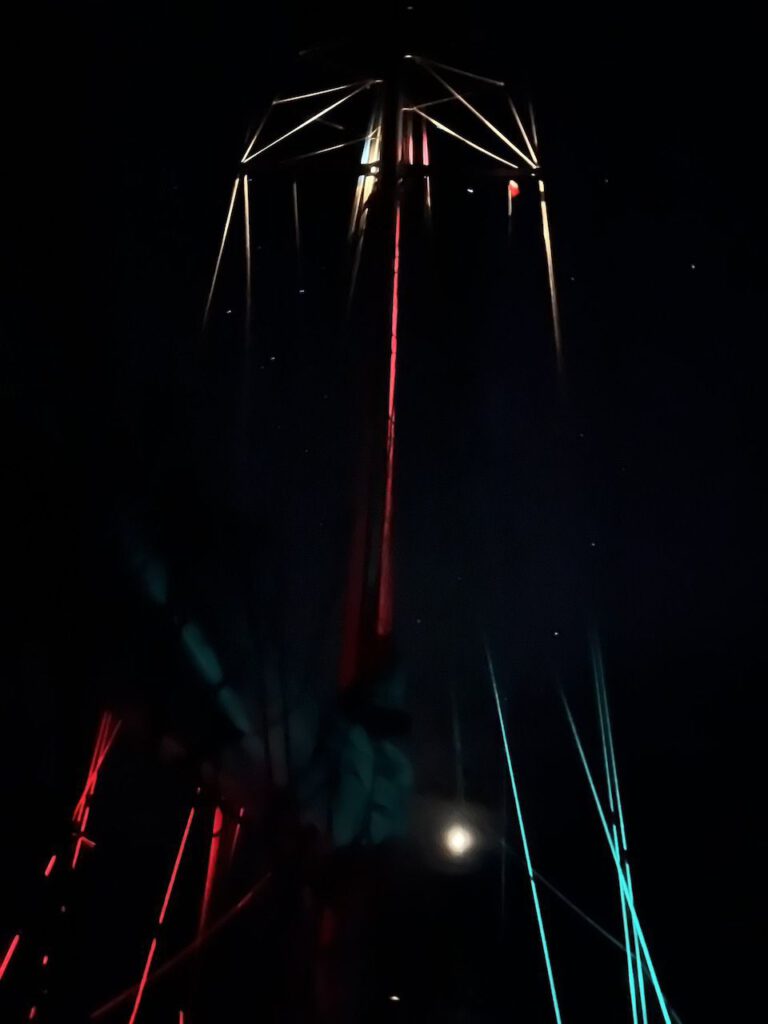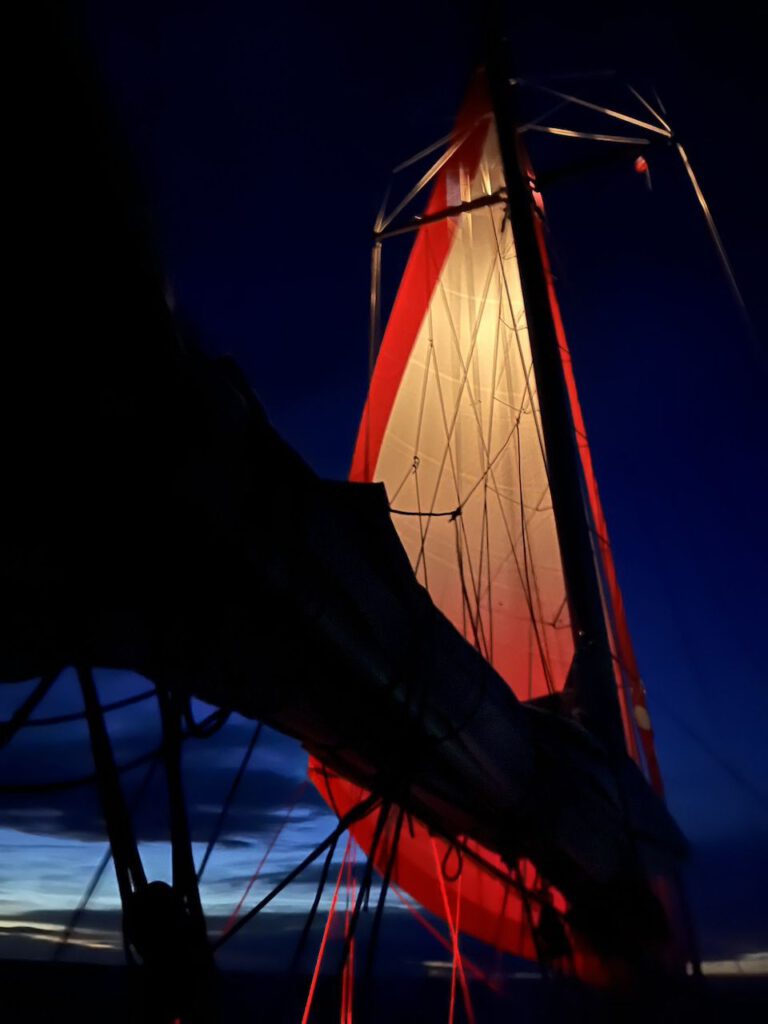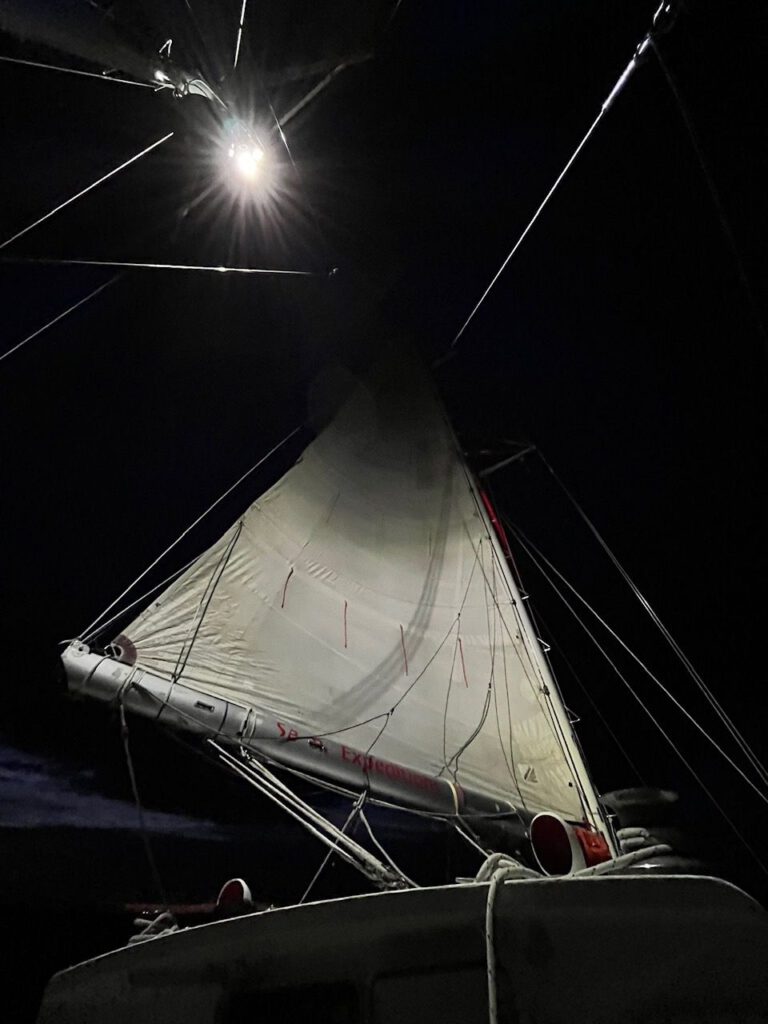Only 100 miles to go
It’s two o’clock in the morning. I’m sitting outside on deck, having just taken over the night watch from Unda for the next four hours. I have the first two hours to myself, then Peter joins me. I enjoy these lonely hours alone with the night and the sea every time.
The clear night has spread over me, the moon has already set again. A sparkling starry sky stretches out above me, the now familiar Southern Cross tickles the top of Selma’s mast as always. Only in the southwest do clouds color the already dark sky a little blacker.
Something is moving in. Whether it’s a full-blown storm or just strong winds will become clear in an hour or two. The weather models were divided on this. The wind is whistling from the south-west at just under 20 knots and is on the increase. The mizzen sail is still set and we’ll wait and see. With the rudder turned 11 degrees to starboard, we drift north towards our destination at a speed of 1 to 1.5 knots.
There are still around one hundred miles to go to the Falklands. Only!
If it’s a rough ride, that’s eleven or twelve hours; if it’s a good one, we’ll be there in twenty hours. This would be my last watch, at night on the deck of the Selma. Not a nice idea, because to be honest, I don’t want to arrive yet. Because Port Stanley means the end of our journey, or at least our sailing adventure.
Sure, we still have a week to explore the Falklands. But we have to say goodbye to the Selma – to Piotr, Voy, Ewa. The thought alone is incredibly difficult for me. I don’t even want to think about leaving this fine boat that has become a home and these dear people. It’s usually hard to say goodbye, and it’s even harder to leave, especially after such a long, intense time. I’ve never liked that. And not only once have I toyed with the idea of simply staying on board, letting the Falklands disappear without me in their wake and sailing the Selma back to Ushuaia. An extension, so to speak…
On the other hand, after such a long time you naturally look forward to coming home again, to family and friends. To some of the comforts, some of the luxuries that have become commonplace and taken for granted that a trip like this doesn’t offer. A warm bath, a fresh bed, something special to eat, the smell of the awakening spring, sprouting greenery… but actually, we haven’t lacked anything during the last seven weeks, I haven’t missed any of these things. On the contrary: I had everything I needed, everything that was important for the moment. More than that. My days and nights were lively and fulfilling and that’s exactly how I felt: alive and fulfilled.
I was able to explore a world that had fascinated me since my childhood, a world that I had never seen before or had only seen in stories, reports, books and films. I discovered breathtaking landscapes and a rich animal world that impressed, thrilled, enchanted, overwhelmed, surprised and delighted me every single day. I was in places that I had dreamed of seeing and sailing to for years – I was fascinated and deeply touched by them.
I shared all these experiences with ten wonderful people who I was able to get to know a little during this time. We enjoyed this adventure and had fun together for all those weeks, were able to rely on each other, looked after each other and still look forward to the next day together every morning, to the next watch together.
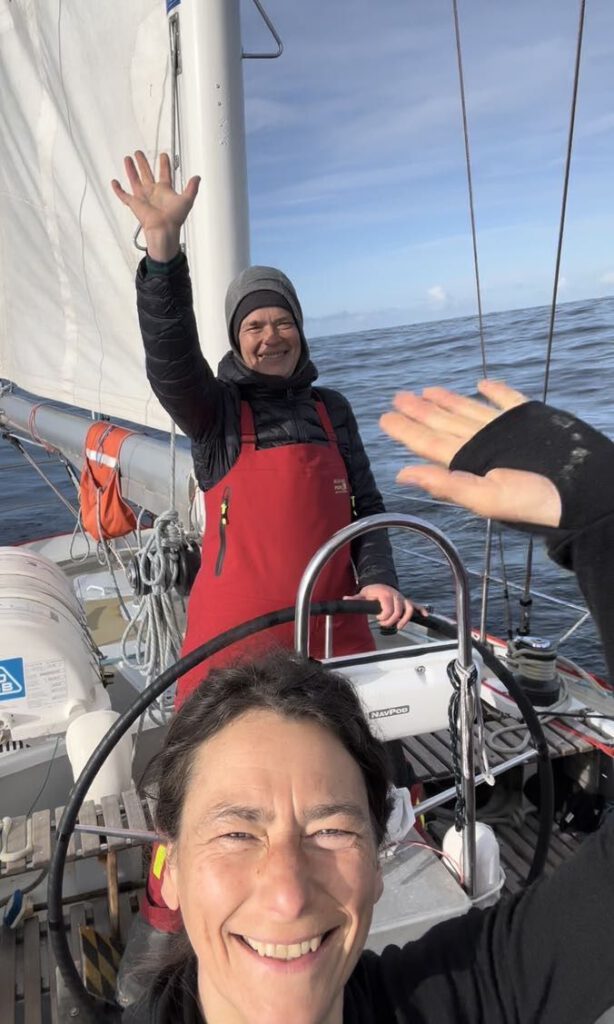


That’s why I would love to turn the rudder around, turn the course back to the south and sail on with the Selma and this very crew. South, east or west. It doesn’t matter. Wherever, the main thing is to keep going. The main thing is the sea.
The Drake has shown itself to be as ambivalent and torn as I feel at the moment over the last few days. This actually wild ocean passage in the Southern Ocean, notorious for the violent storm lows that blow through at short intervals, especially now in the fall, has surprised us. And also a little disappointed.
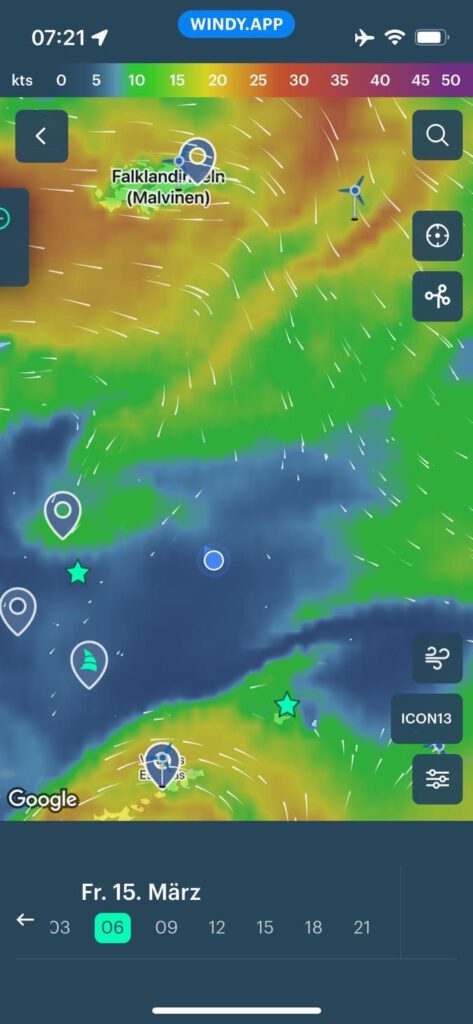
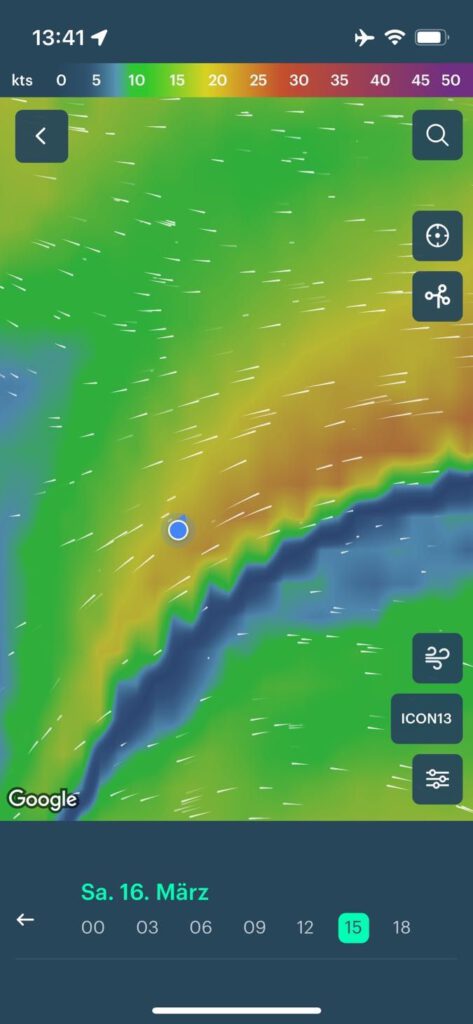
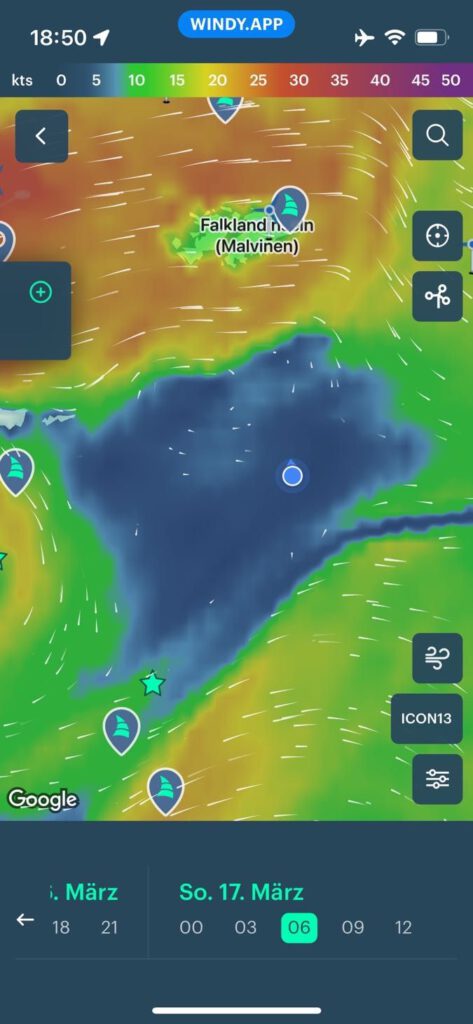
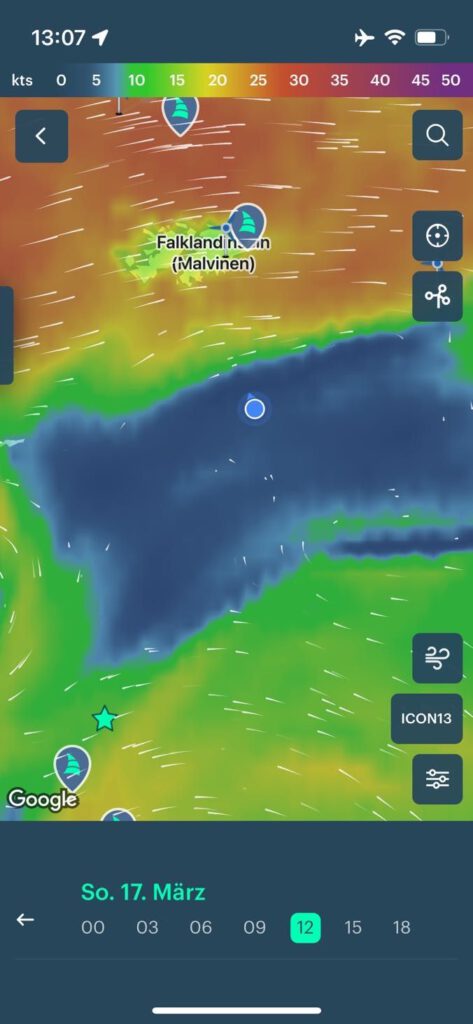
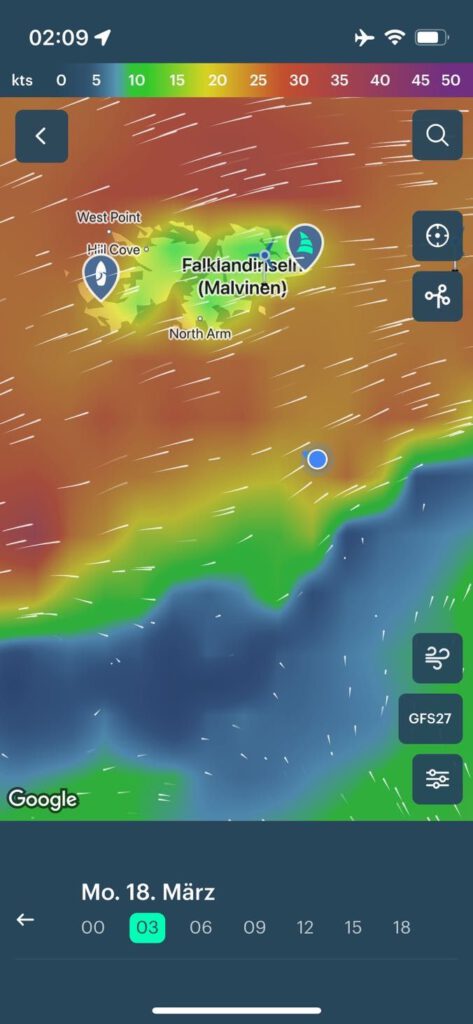
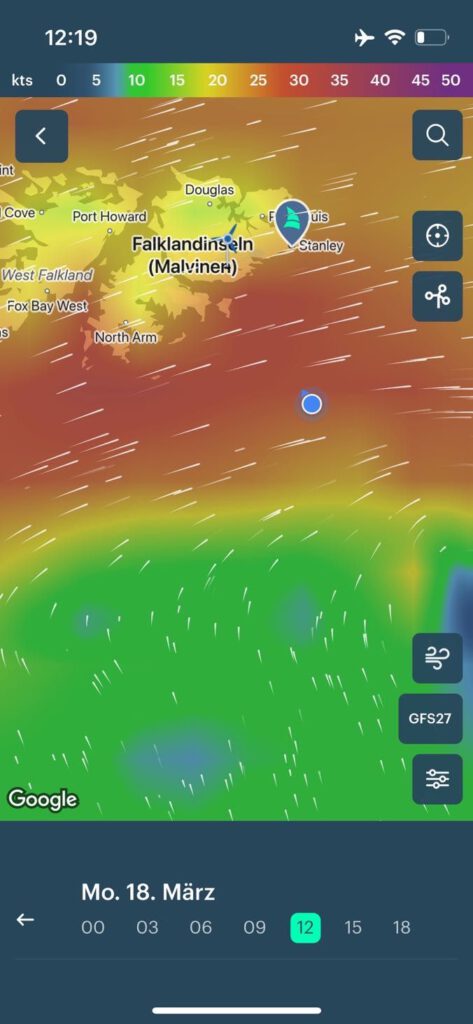
As was the case during our first crossing on the way from Ushuaia to Antarctica, it lacked precisely the wildness attributed to it. It denied us huge wave crests covered in white spray and a full-blown storm – or spared us, whichever way you look at it.
Why is that? We don’t know. Everything changes, especially here. El Niño could be one of the reasons, because overall it was warmer, more changeable and wetter here in the far south. There were fewer and less pronounced low-pressure areas moving from west to east, so there was also much less strong wind, or wind at all, which we noticed throughout the trip. Unfortunately, we had far fewer sailing days than usual.
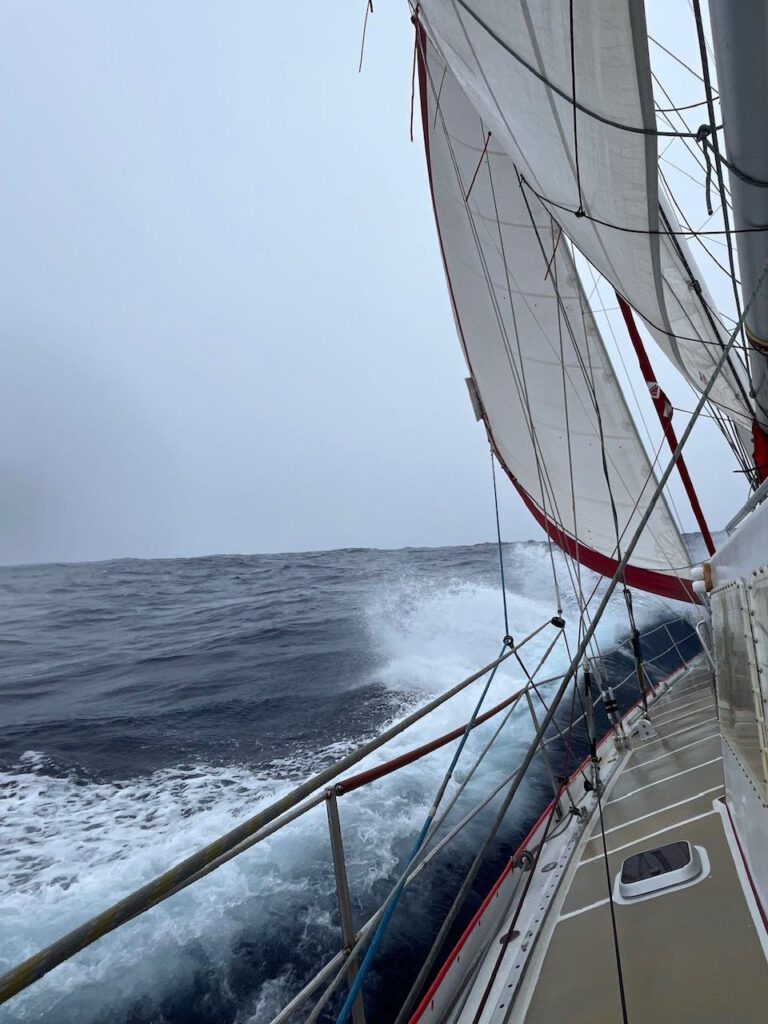
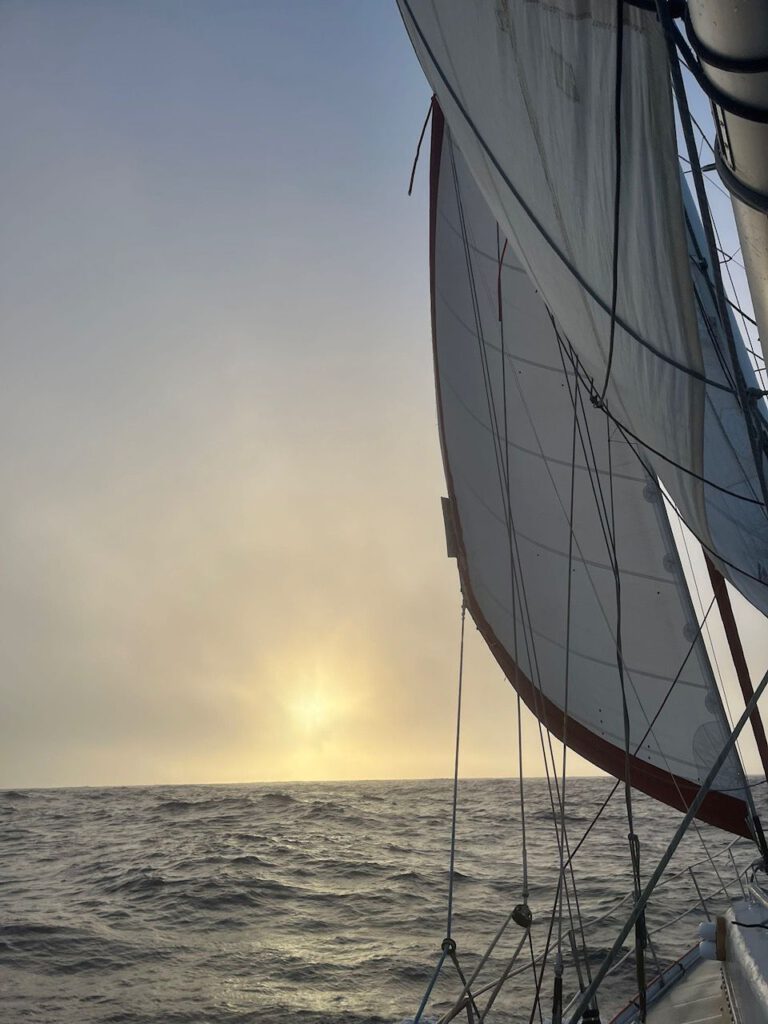
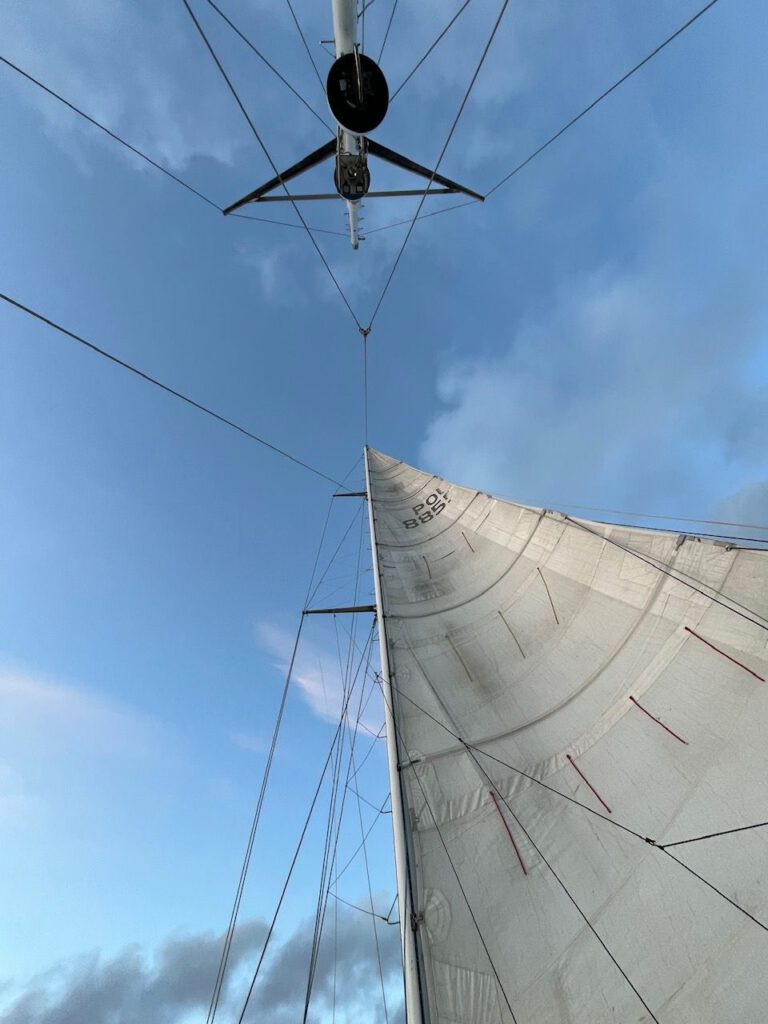

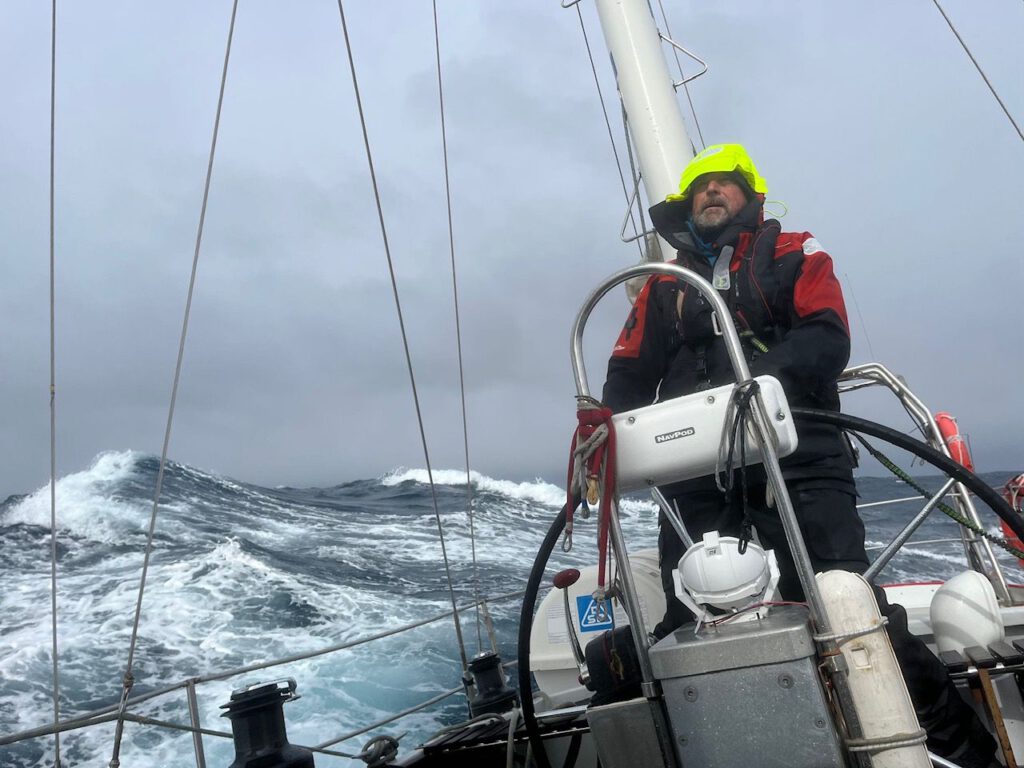
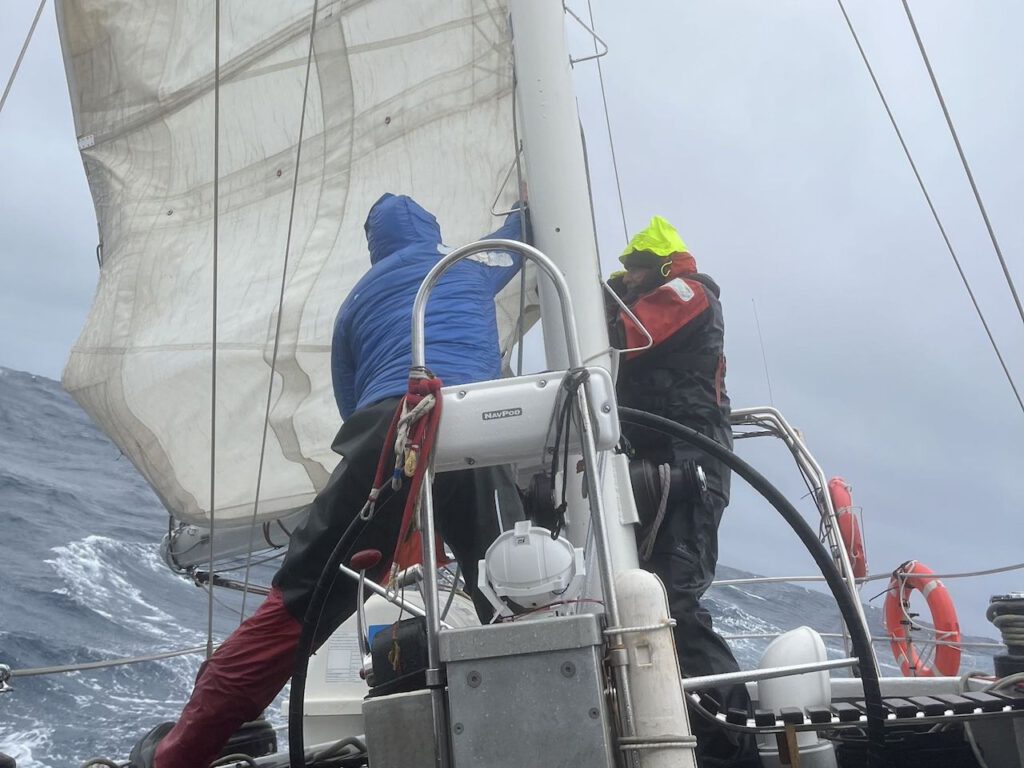
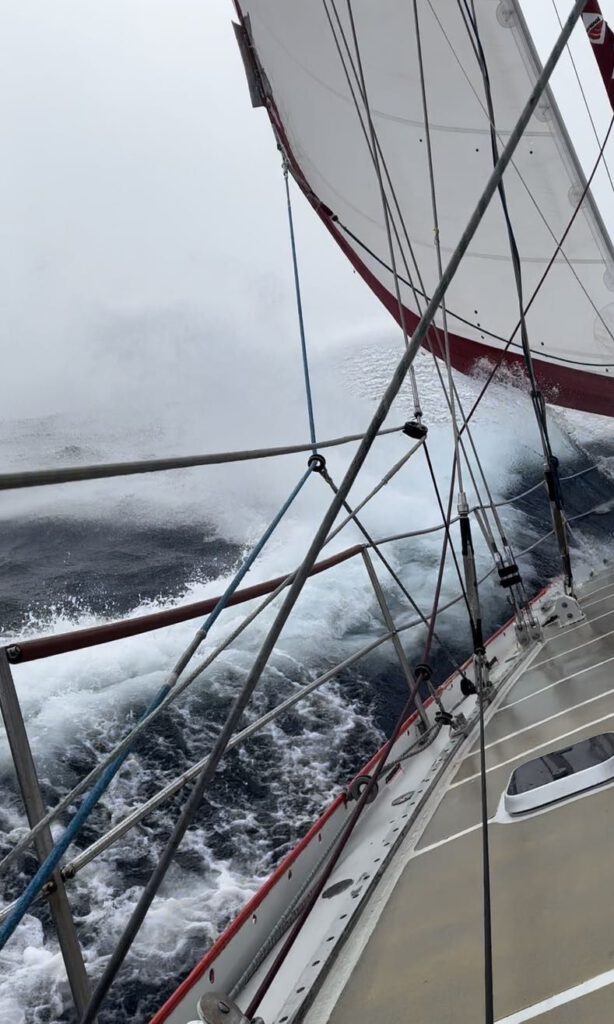
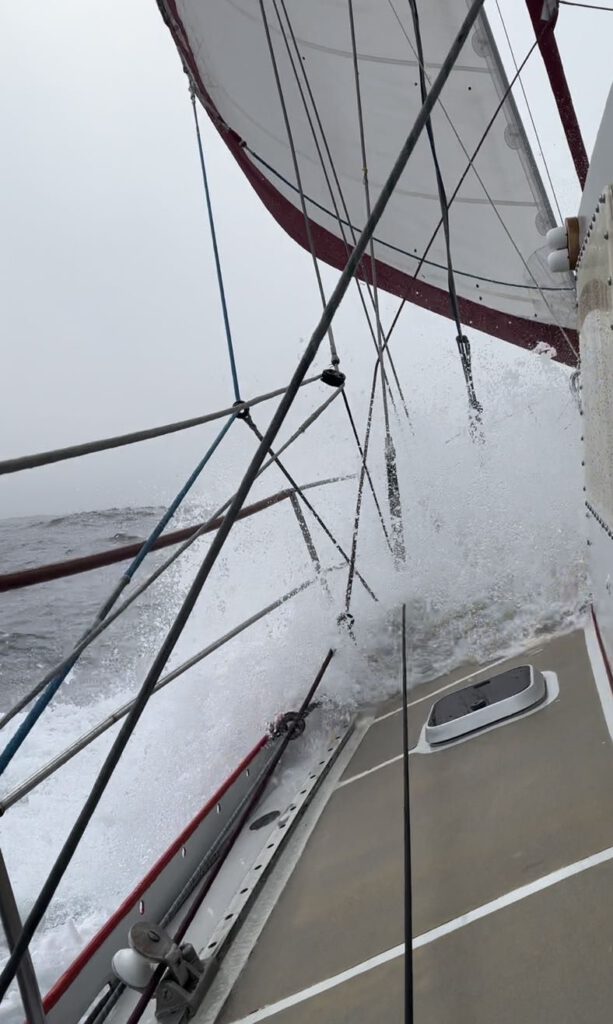
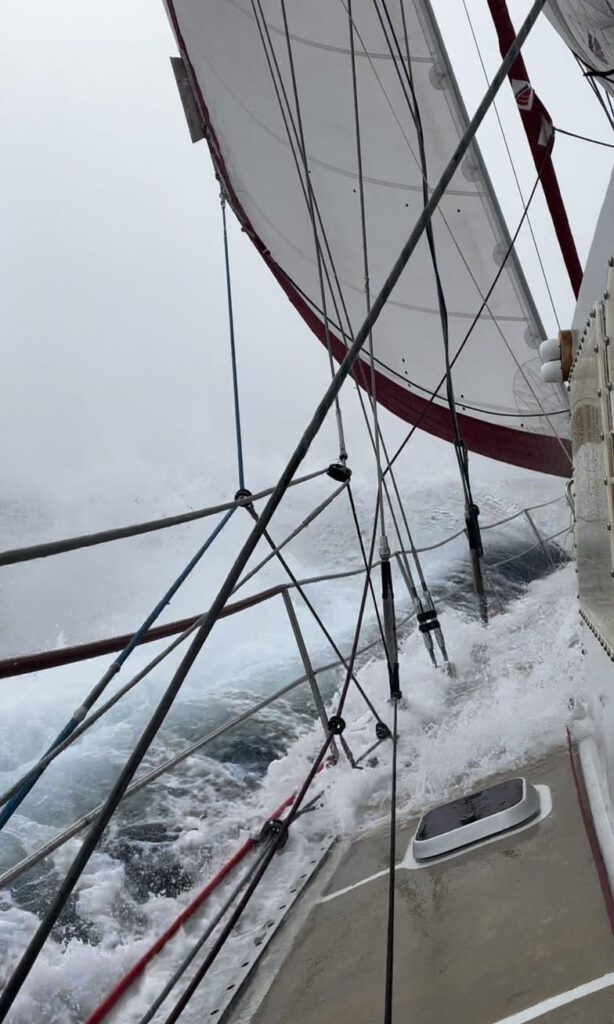
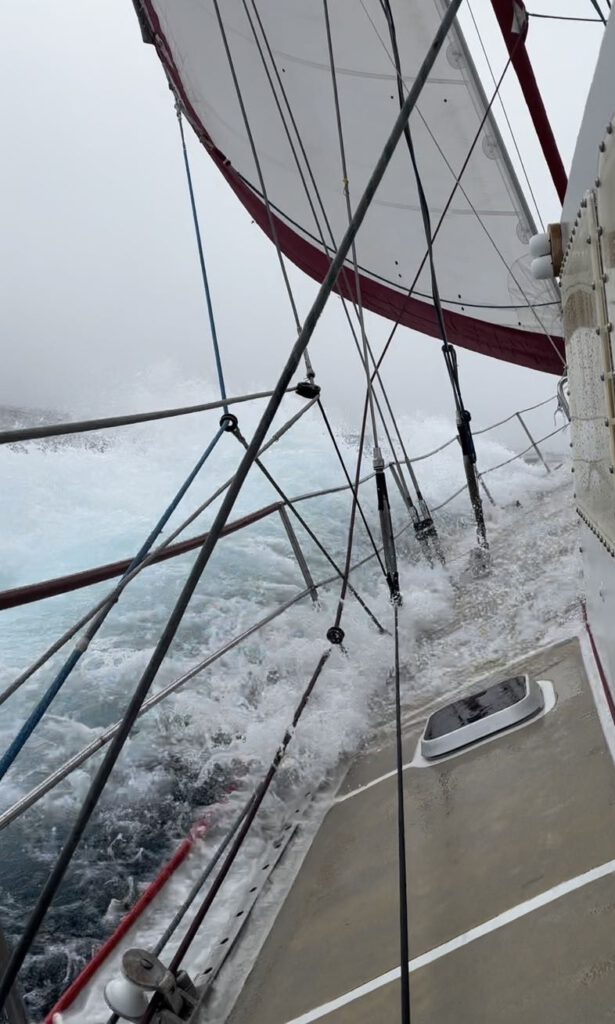
The past six days at sea
Six days ago we set off from Elephant Island. These six days were an unsteady mix of either strong winds or calm. Alternately, we could sail really well for a few hours, a day, a night in 20-25, sometimes 30 knots of wind, only to wake up the next morning to oily, sluggish, glassy seas and glide into an almost windless day, bobbing around in 4-6 knots of wind and hardly any speed.
Sometimes the Selma was rushing through the choppy sea under full sail at 11 knots and you really had to work at the helm, sometimes the sails flapped when the wind suddenly died again. And instead of us, Mr. Perkins had to take over.
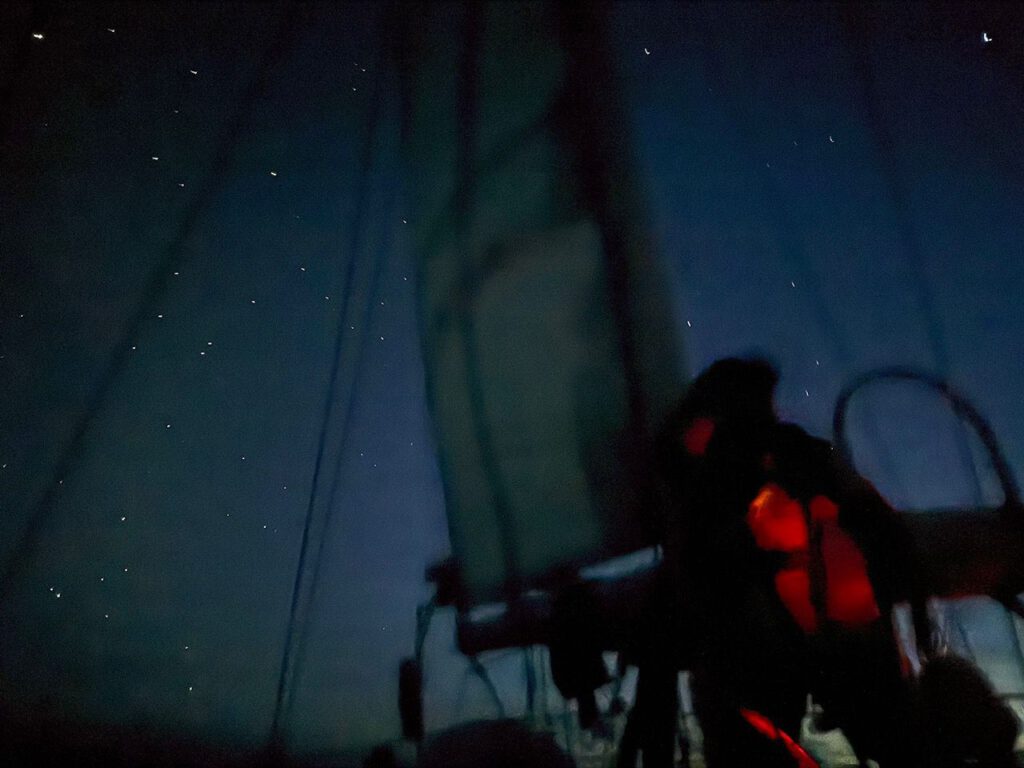
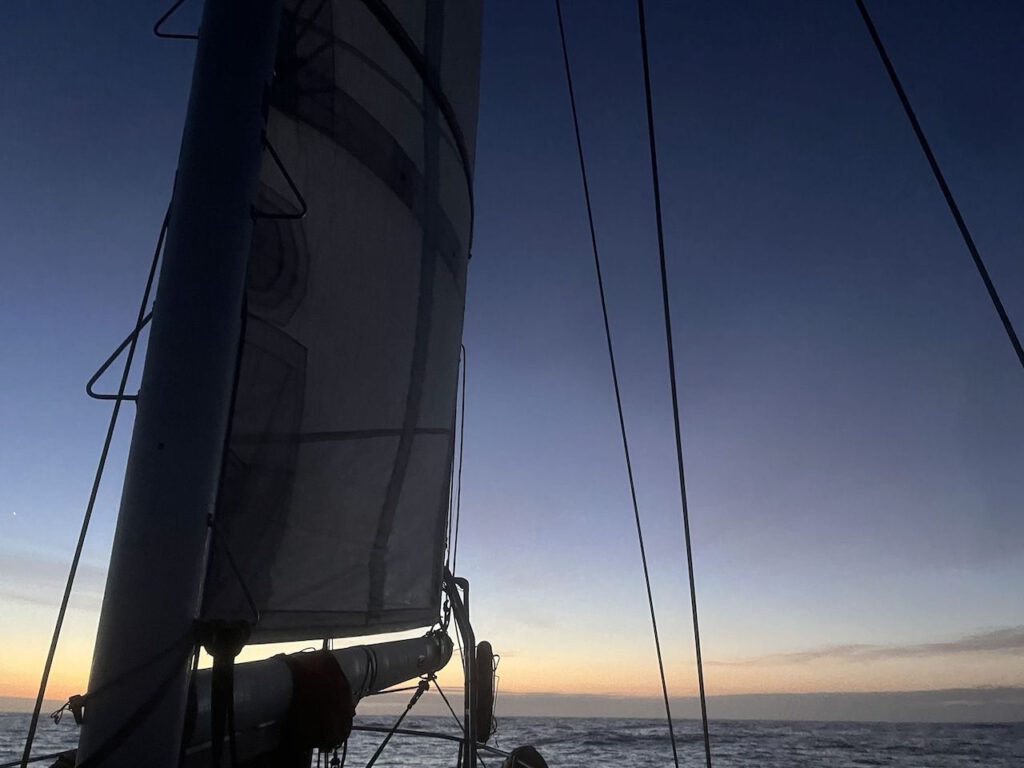
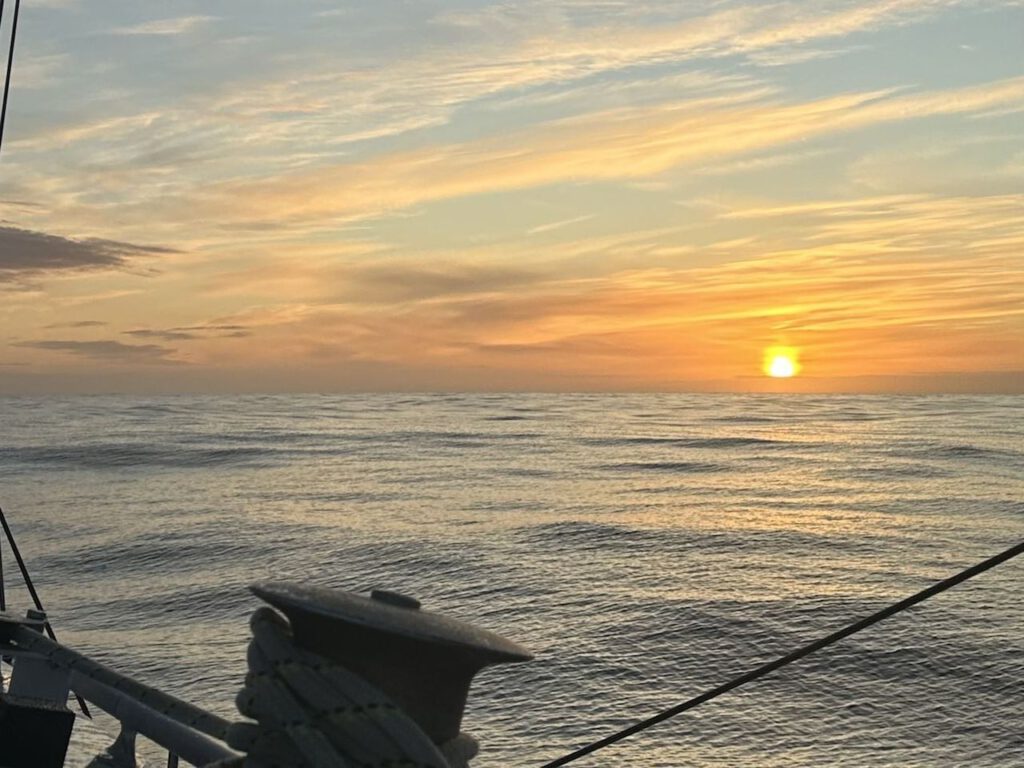
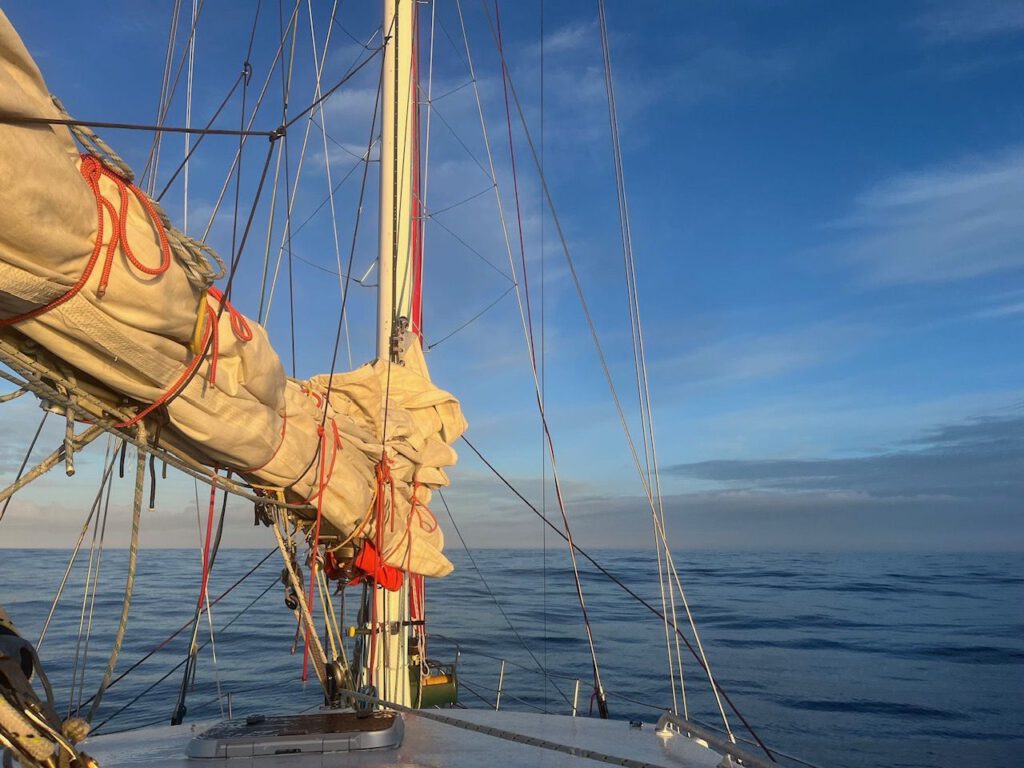
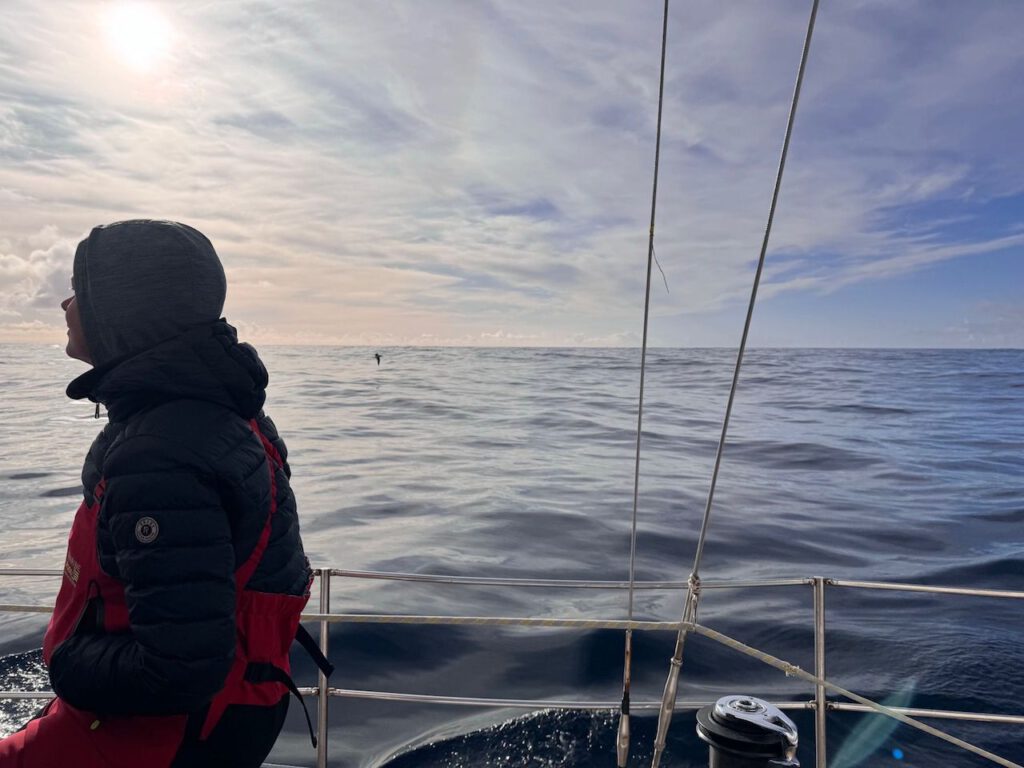
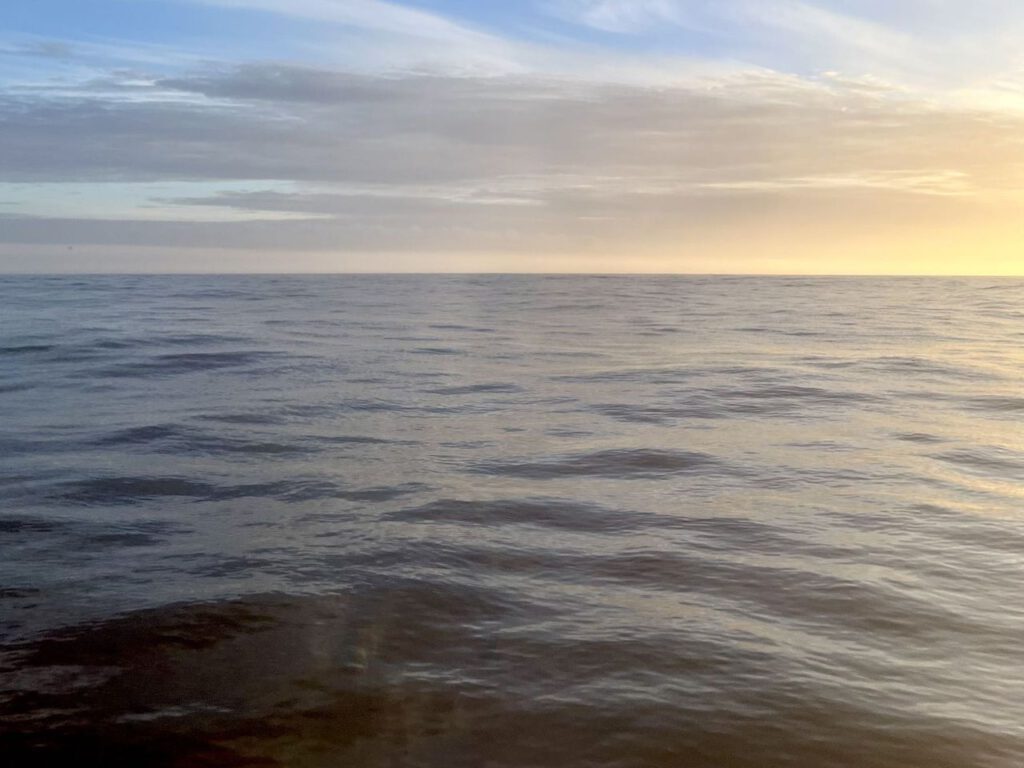
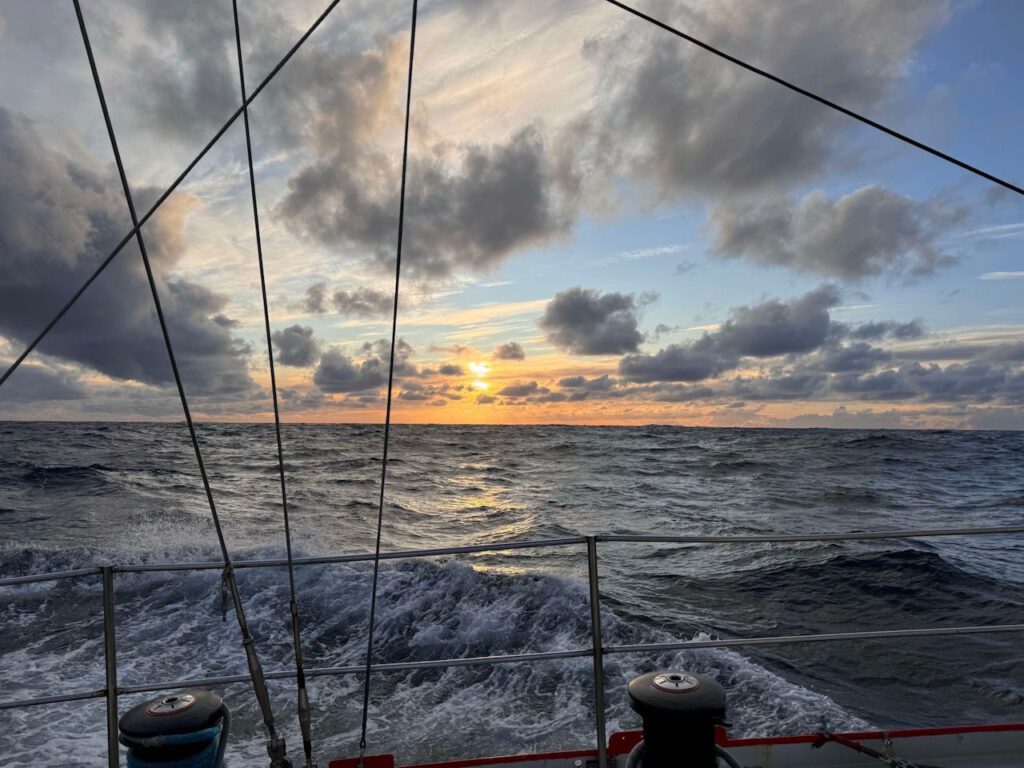
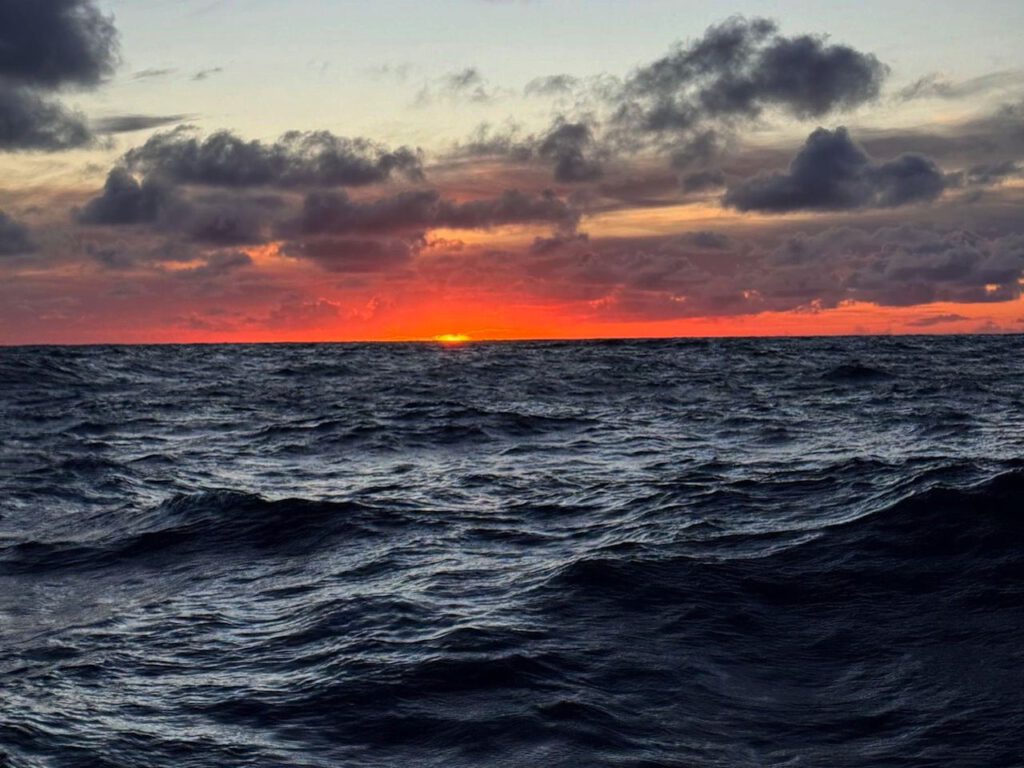
The ocean around us was anything but rough and wild. It was more like a large, calm lake, sometimes blue, sometimes gray, depending on the sun. Only the constantly high and powerful swells, their crests and troughs, which caused Selma to rock and roll wildly, or the albatrosses that accompanied us from time to time, reminded us that we were at sea.
The albatrosses, which sail so incredibly elegantly and with such ease, are able to gain a little lift for their weightless flight from every wave crest and trough, even when there is virtually no wind. Watching them is wonderful.



But that’s also being on the move and sailing. We couldn’t do more than take it as it comes anyway, so we were happy about every knot of wind, every hour of sailing, every wild ride over the impressively high waves. And we also embraced the calm: we enjoyed the peace and quiet, the sun, the warmth, the idleness. We sat or danced on deck in the sun, aired our clothes, celebrated Karen’s birthday, cleared the ship… one morning we even dared to jump into the 4.5 degree cold Southern Ocean. A refreshing pleasure – long-lasting tingling and a big grin included. 3,500 meters of ocean beneath us. And who can claim to have bathed in the wild Drake Passage?
Now it’s four o’clock, the sky is completely overcast, the dark clouds and the weather have reached us. The wind – which had picked up to almost 30 knots in the meantime – has turned to the south and dropped back to 15 knots.
Time to make a coffee and wake Piotr. To look, to decide. Maybe set more sails, maybe just drift on for a while … We’ll see.
For my part, I have time and am in no hurry to arrive. On the contrary.
